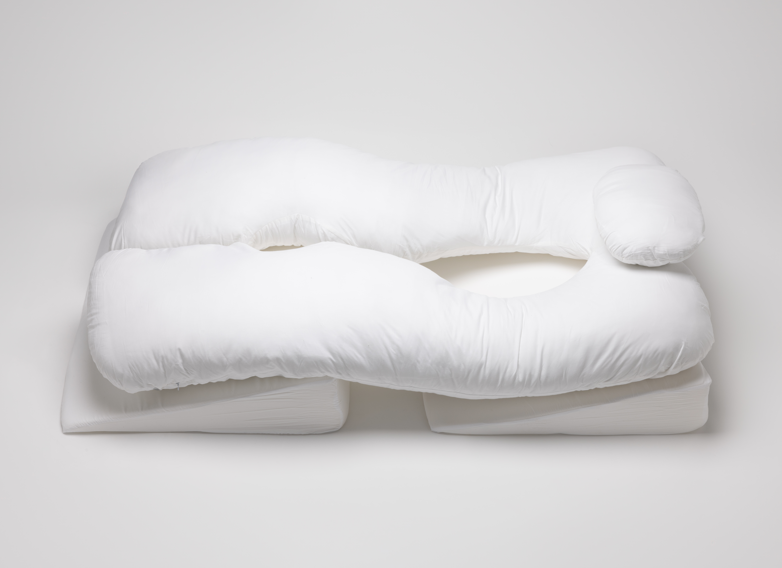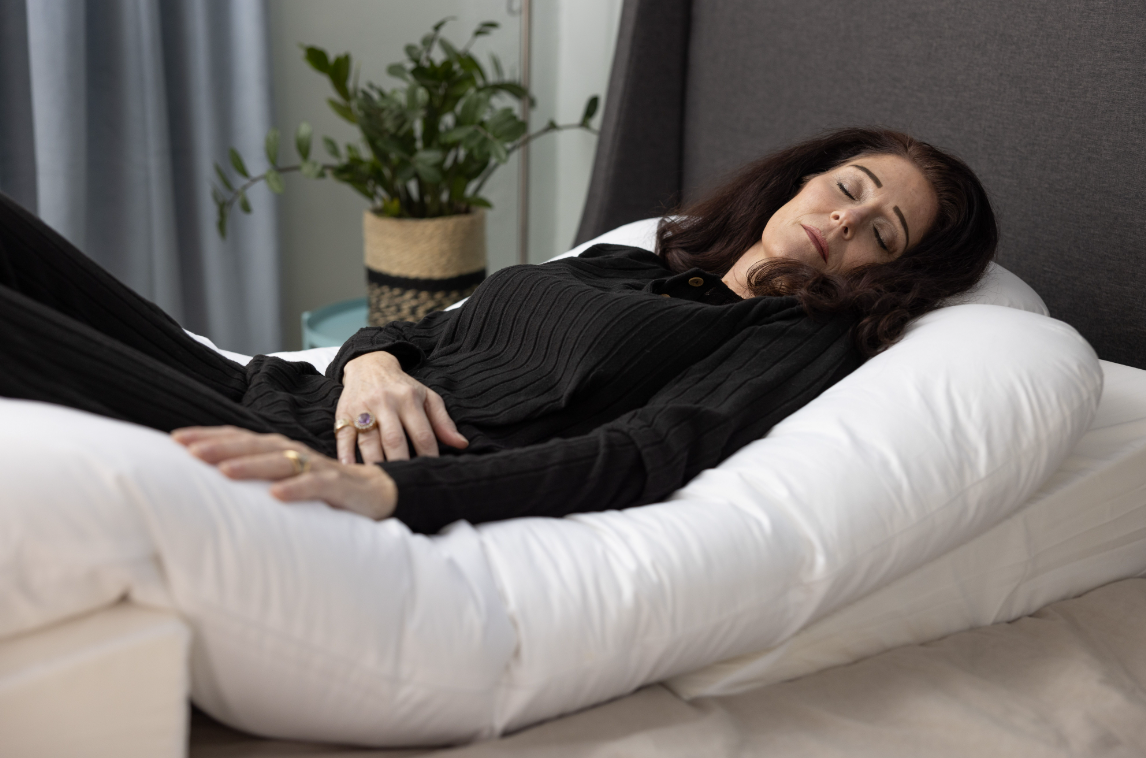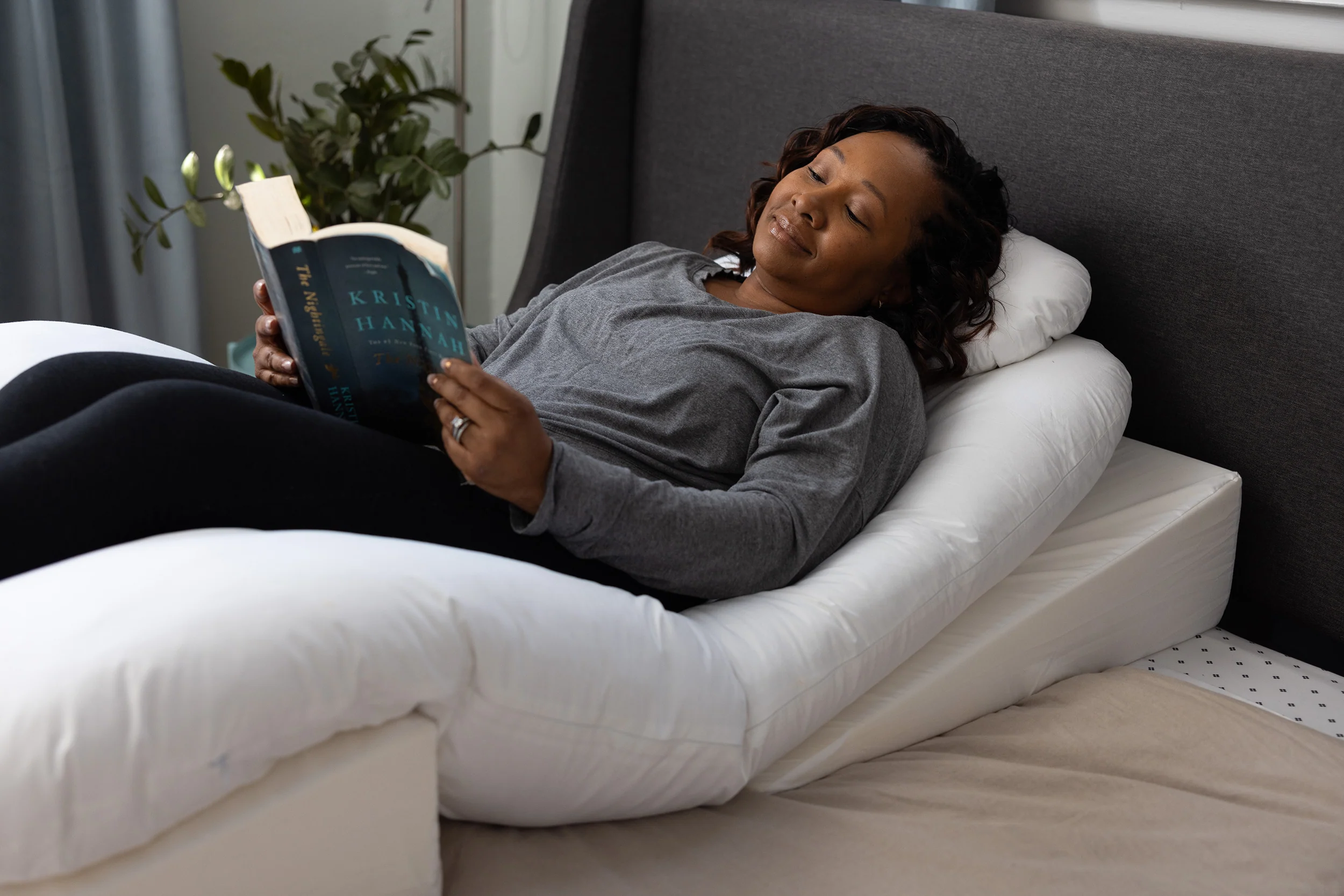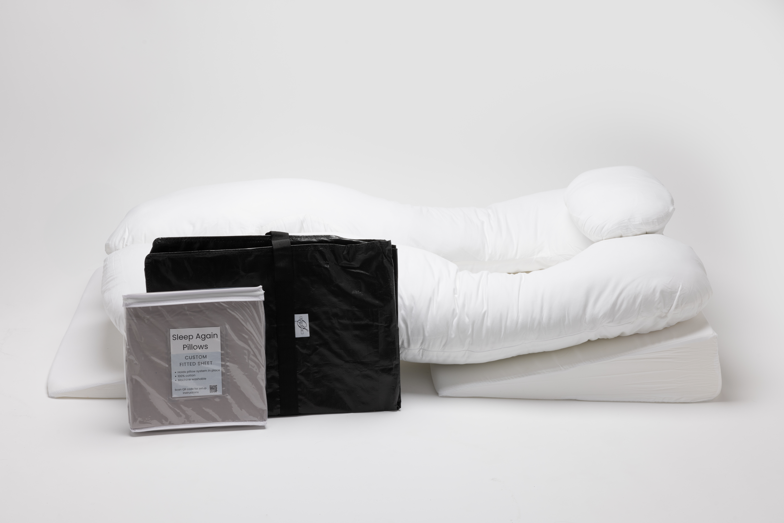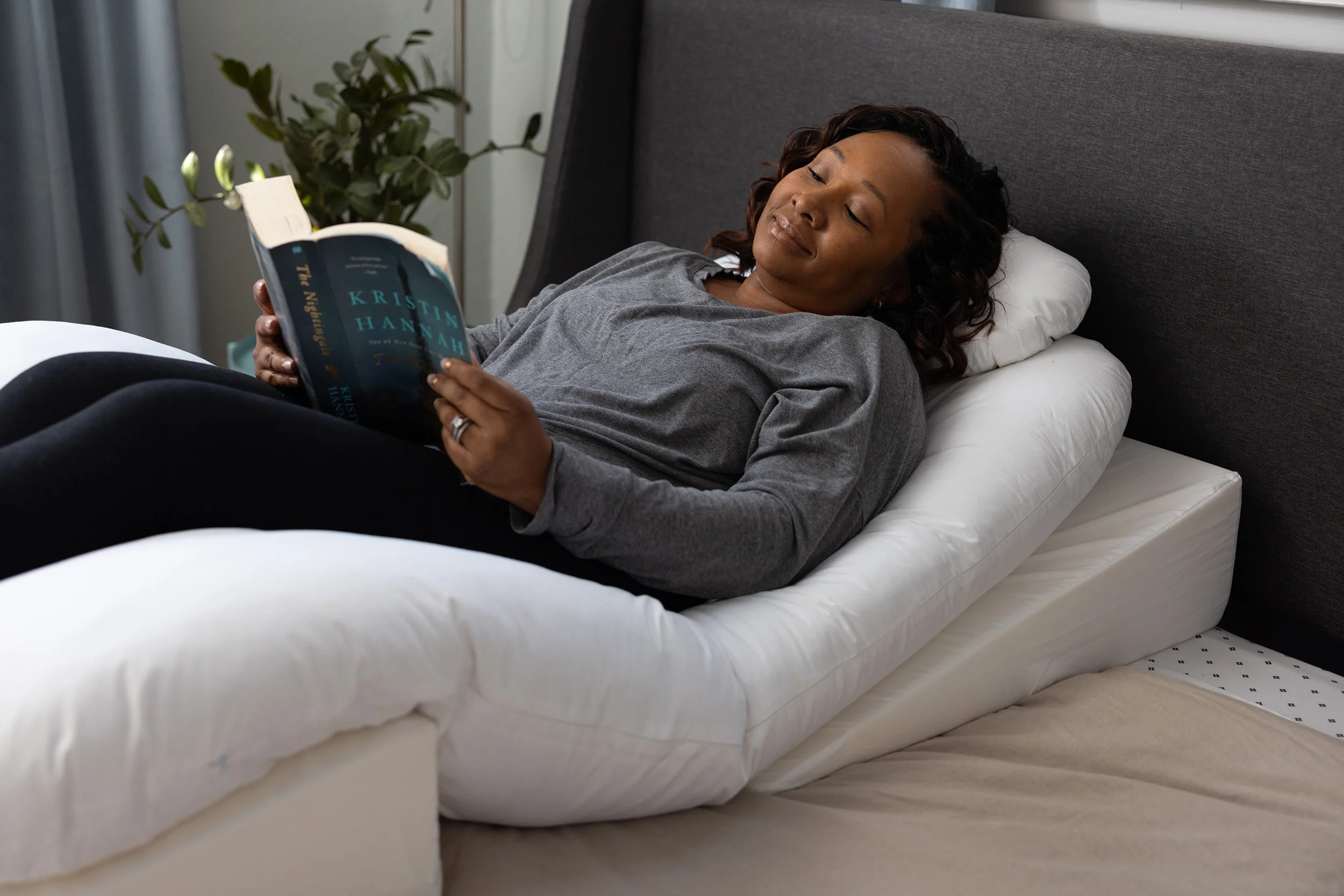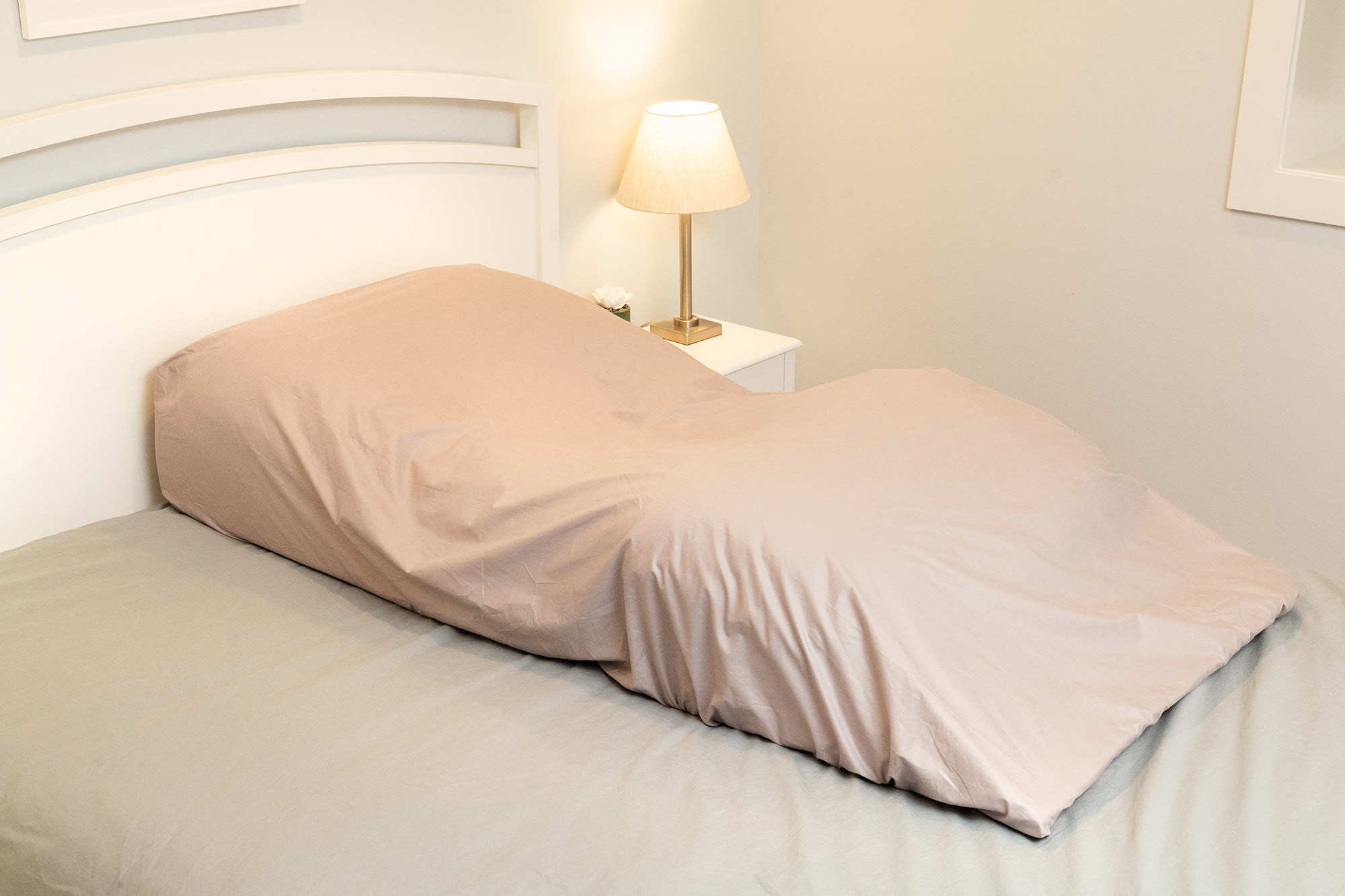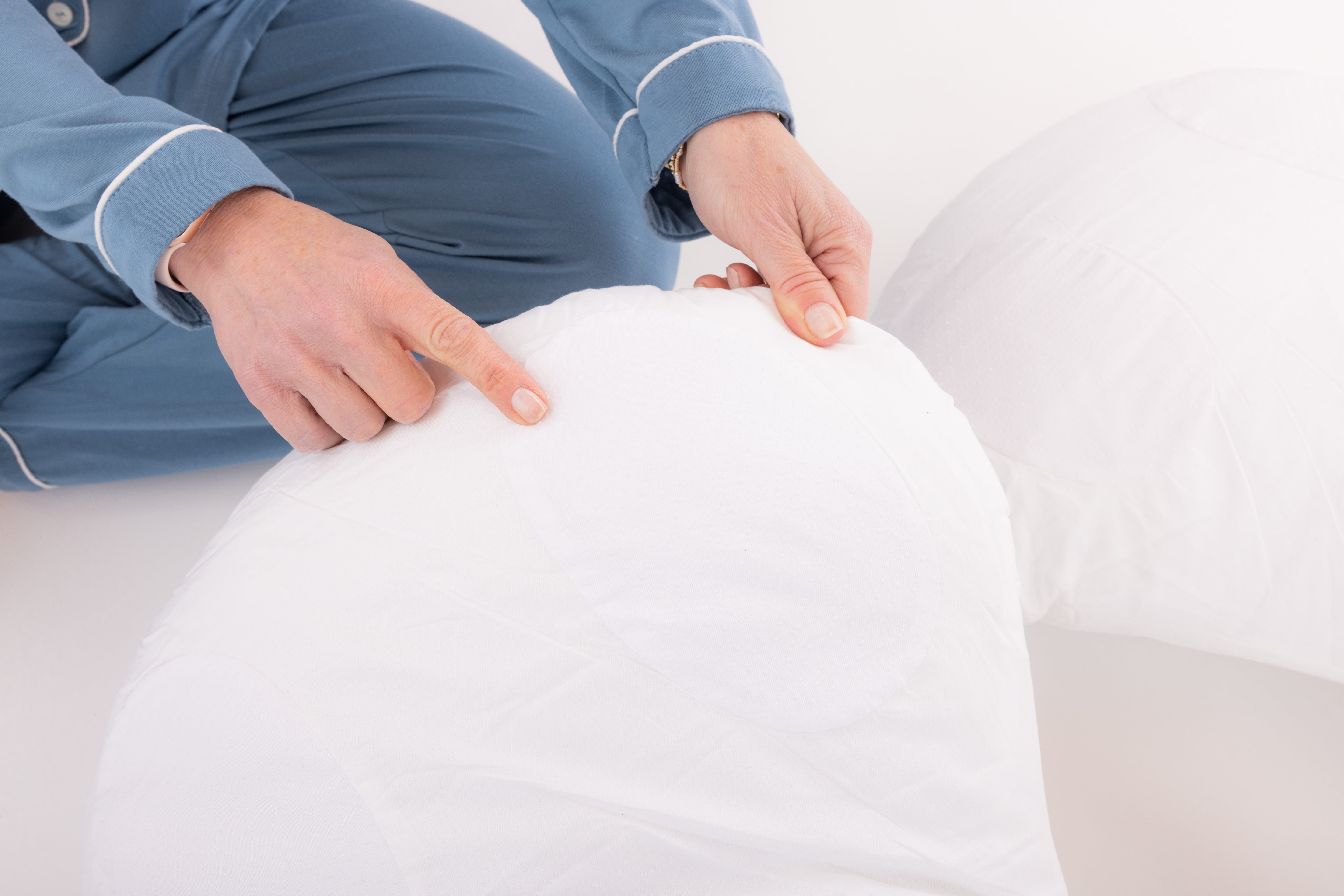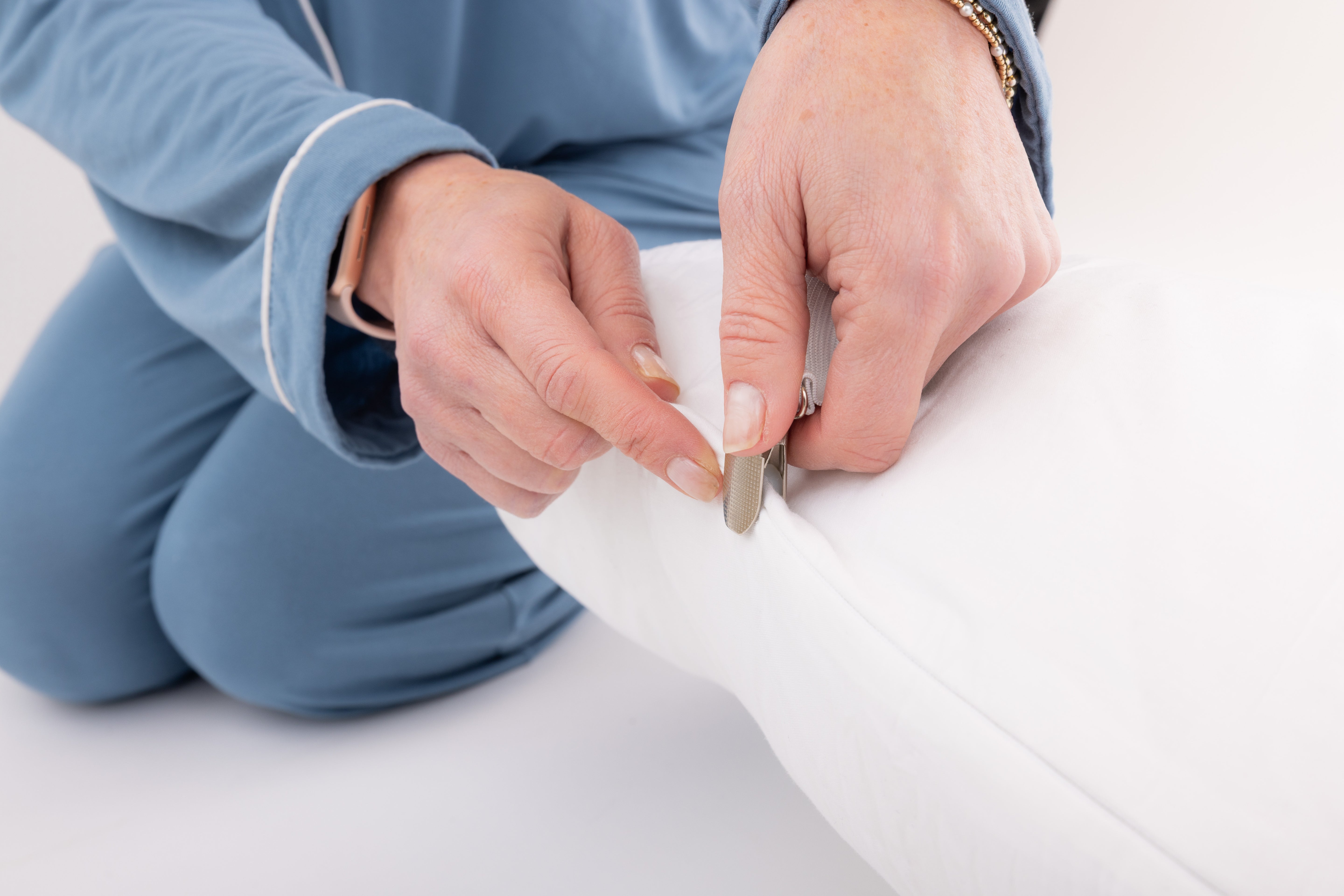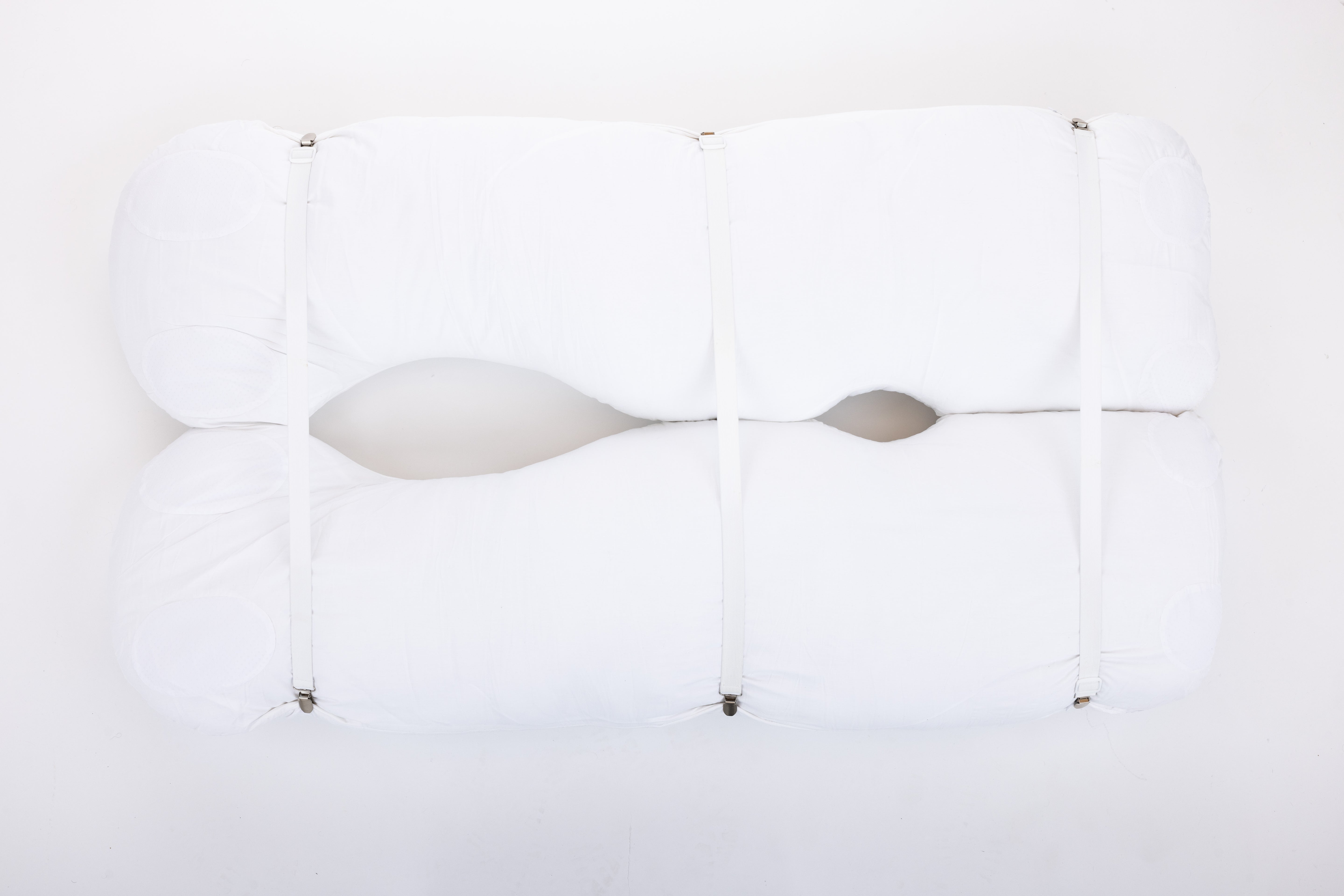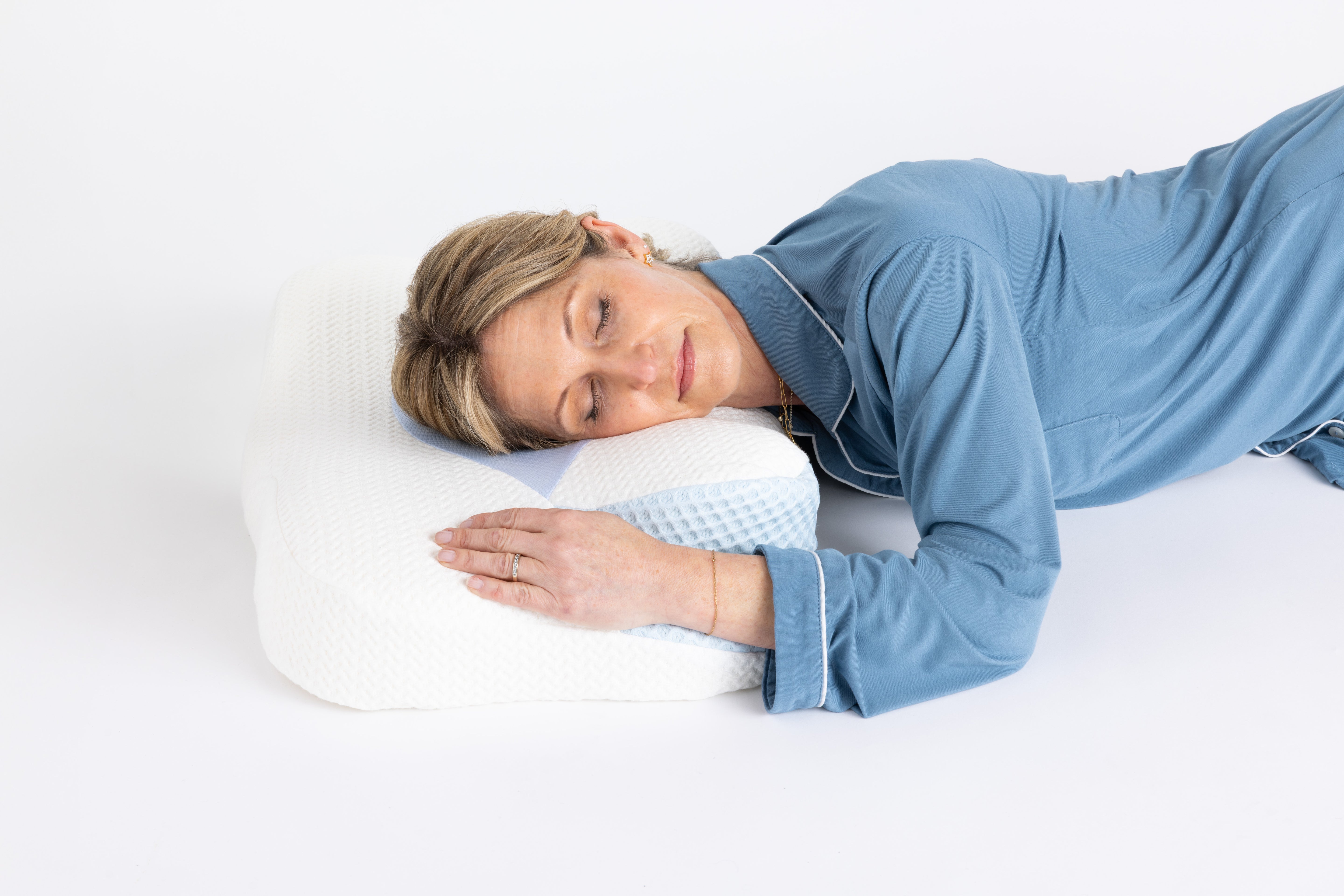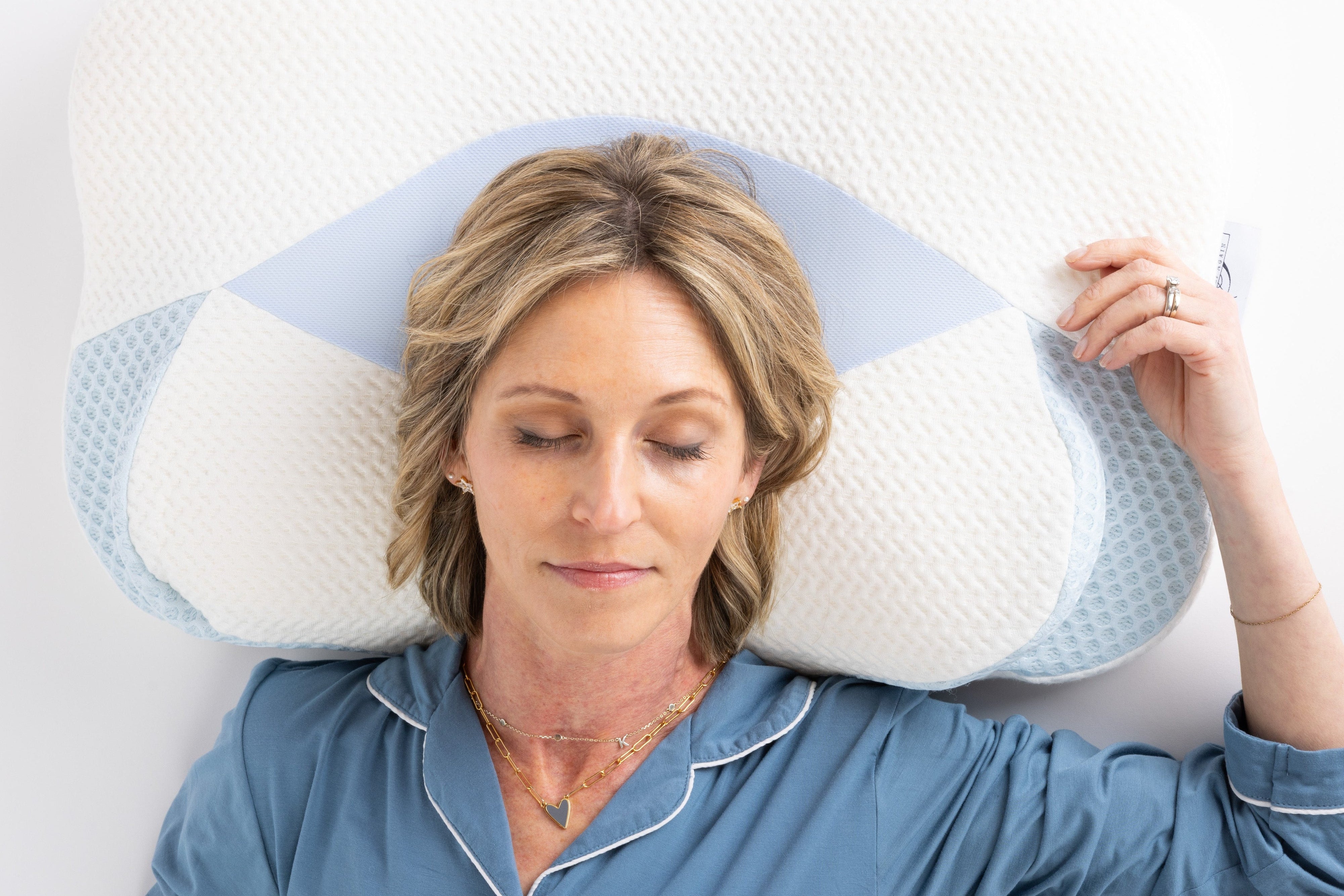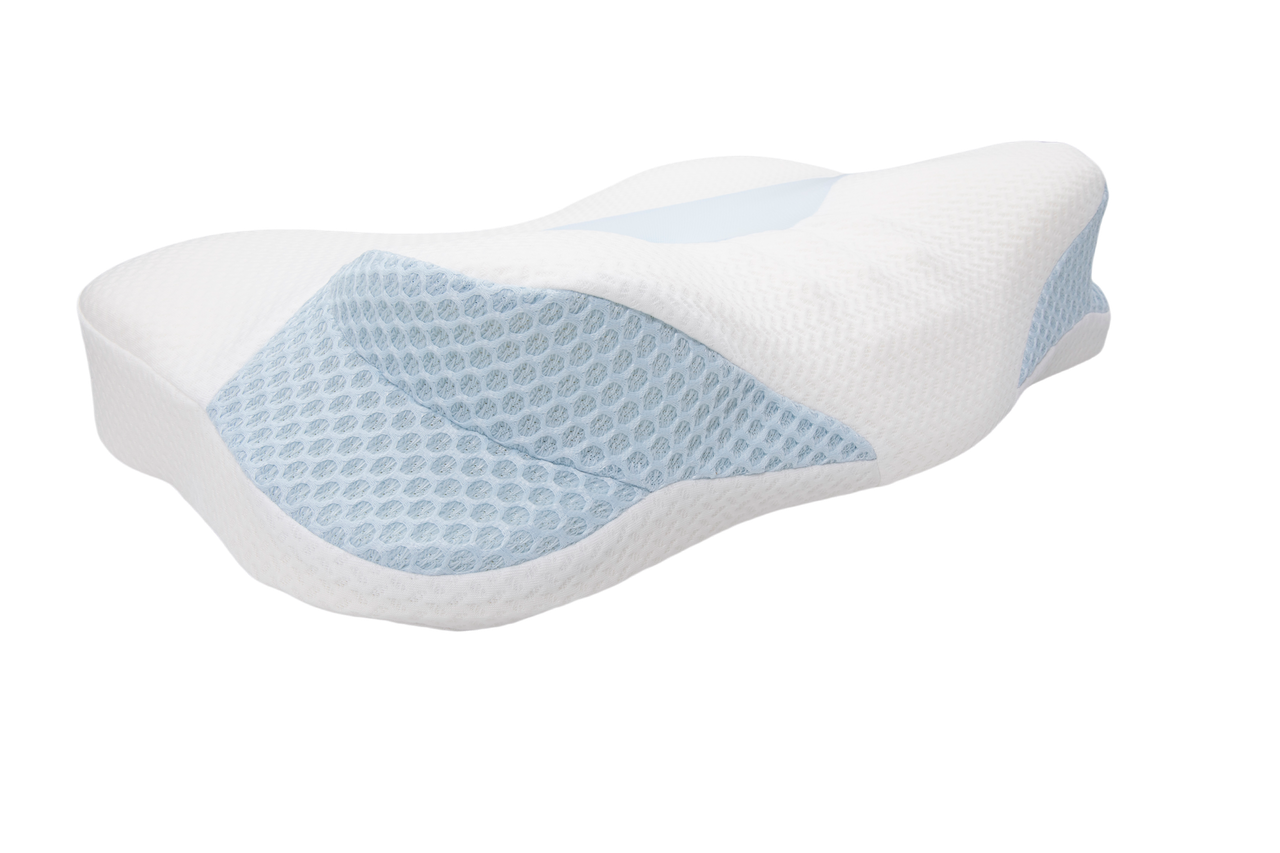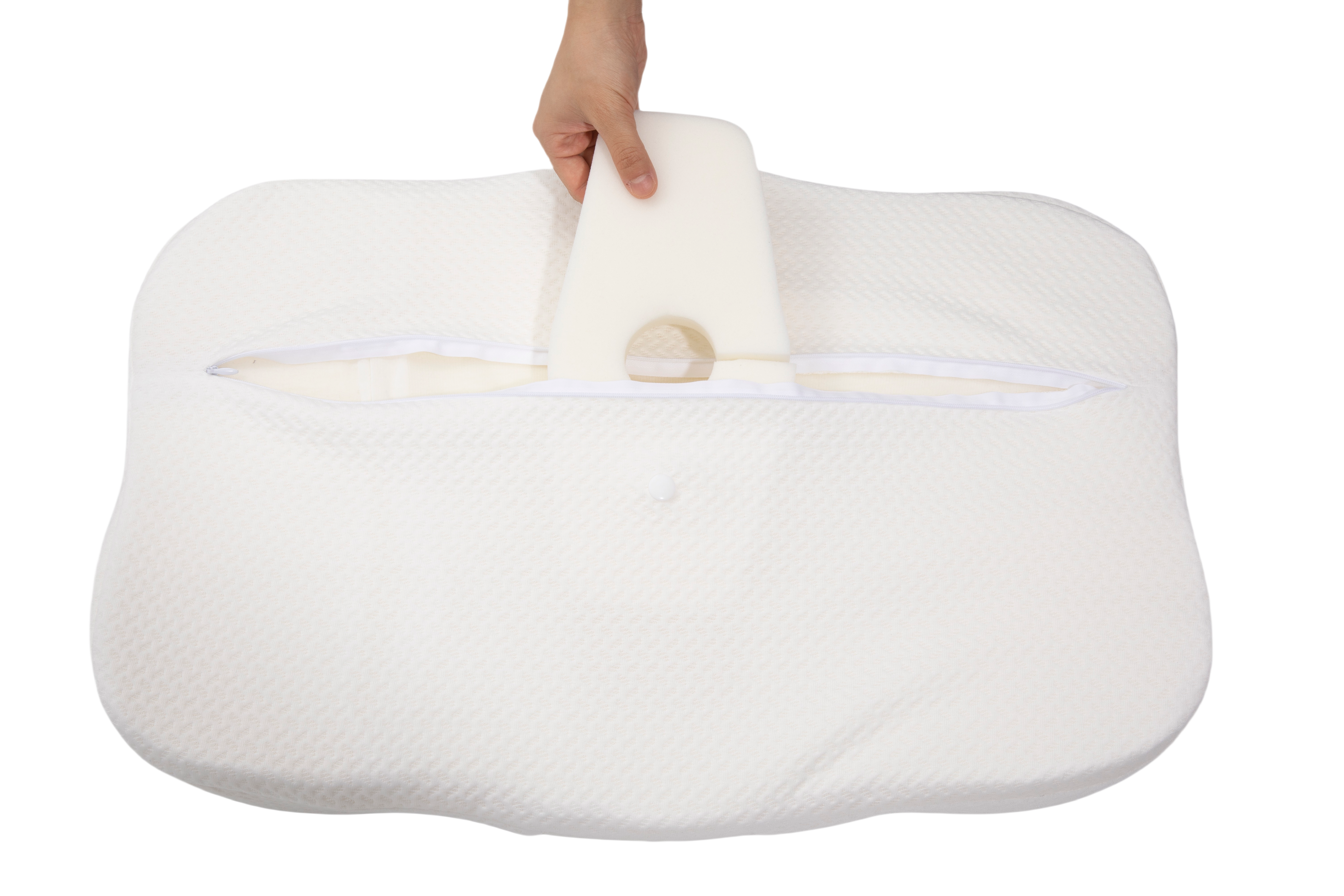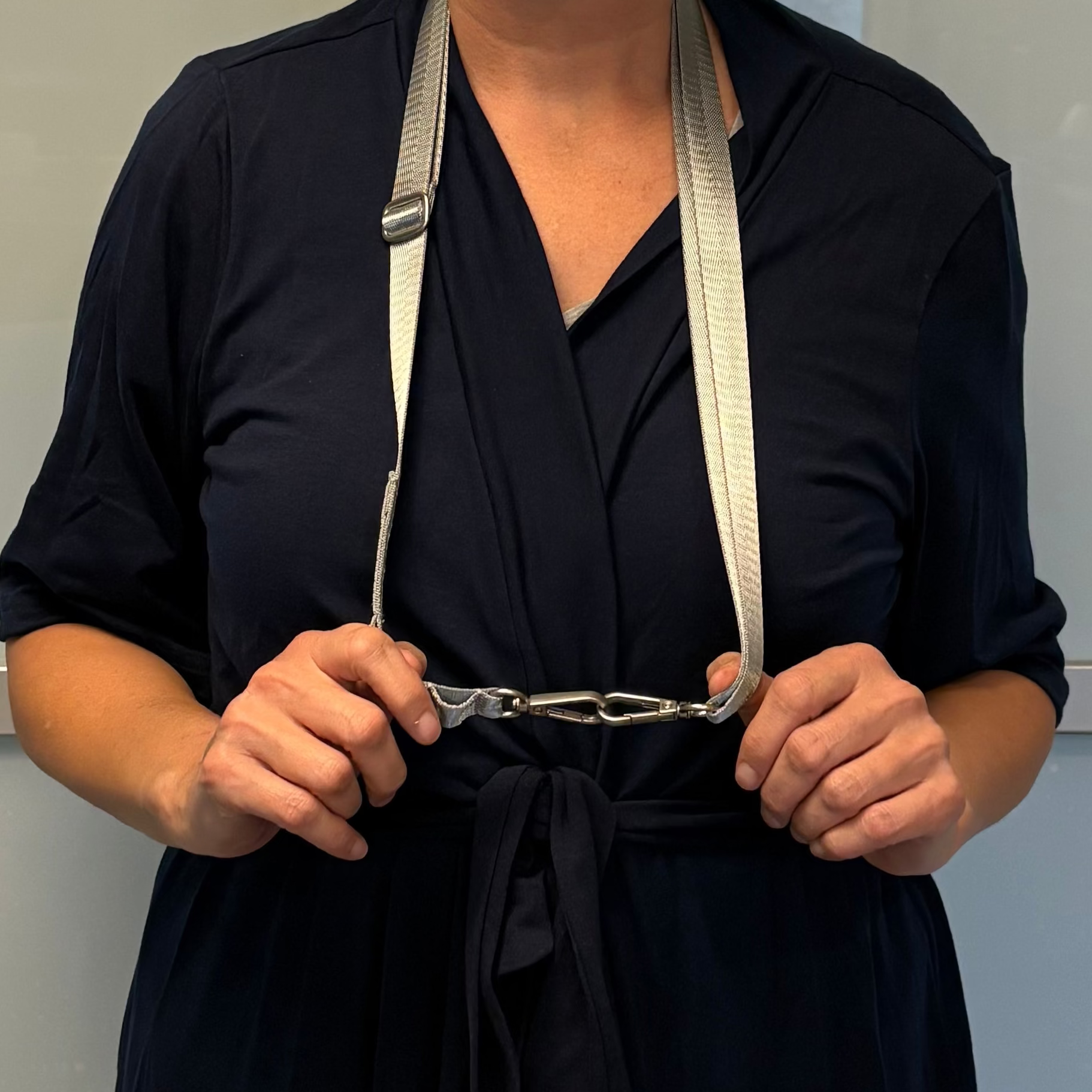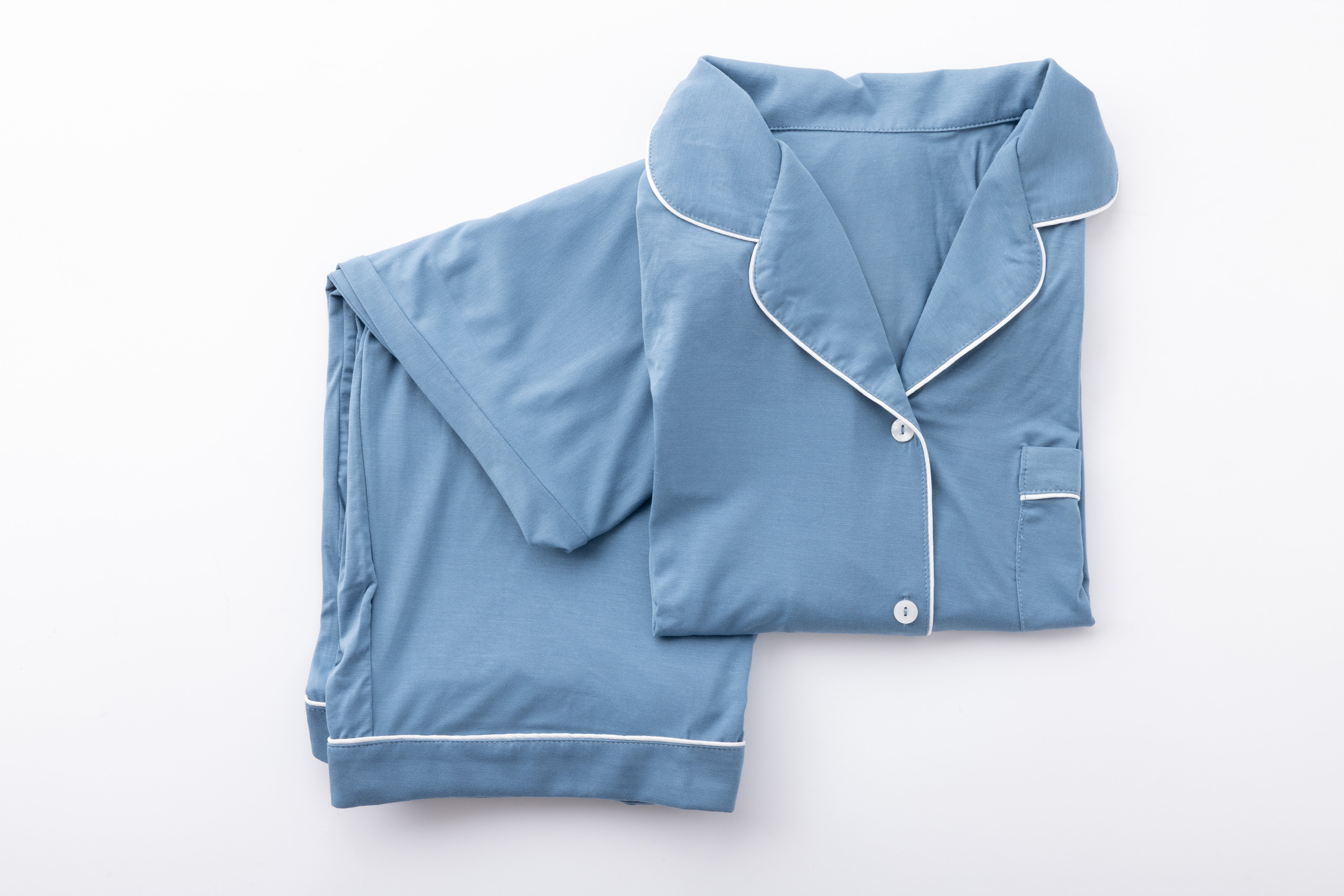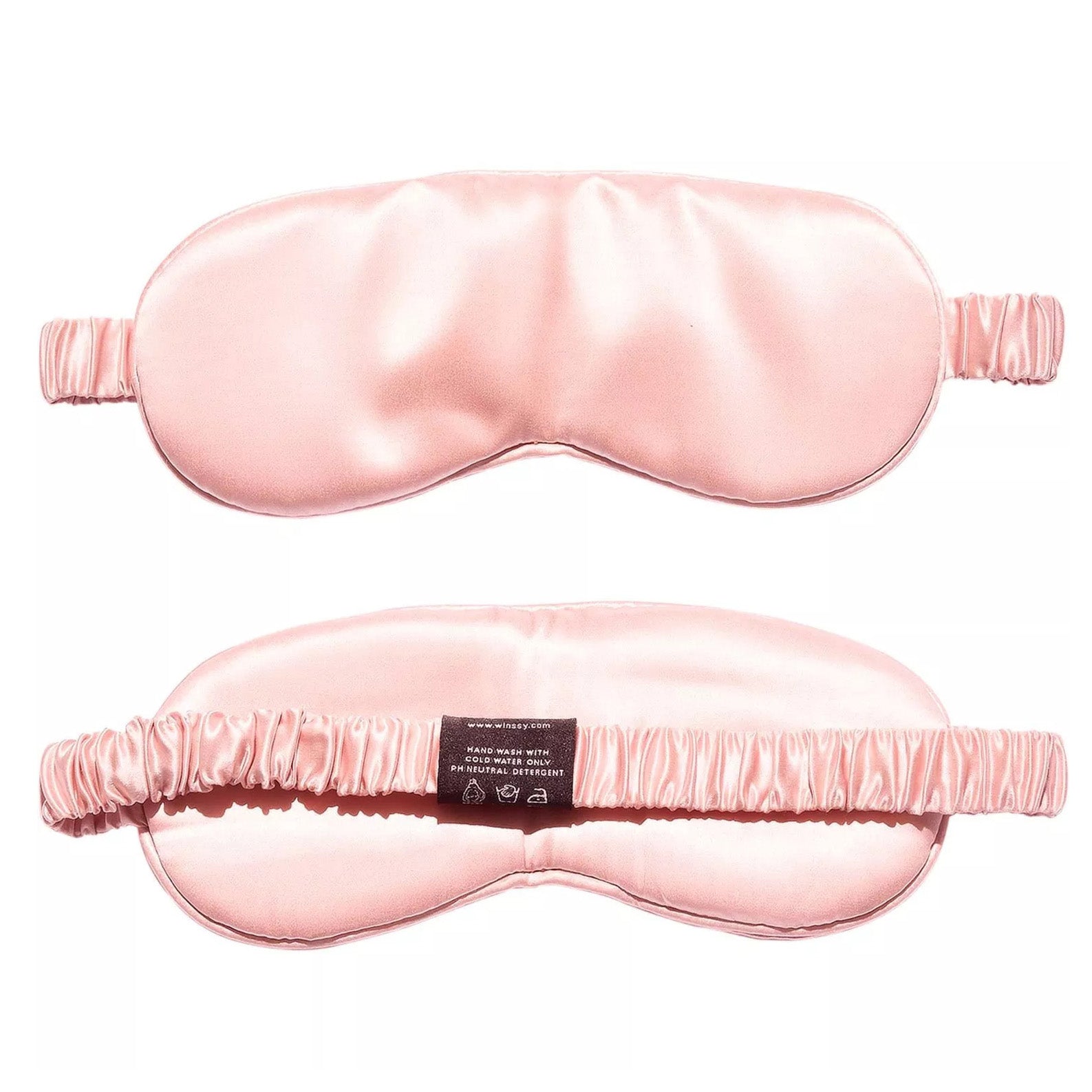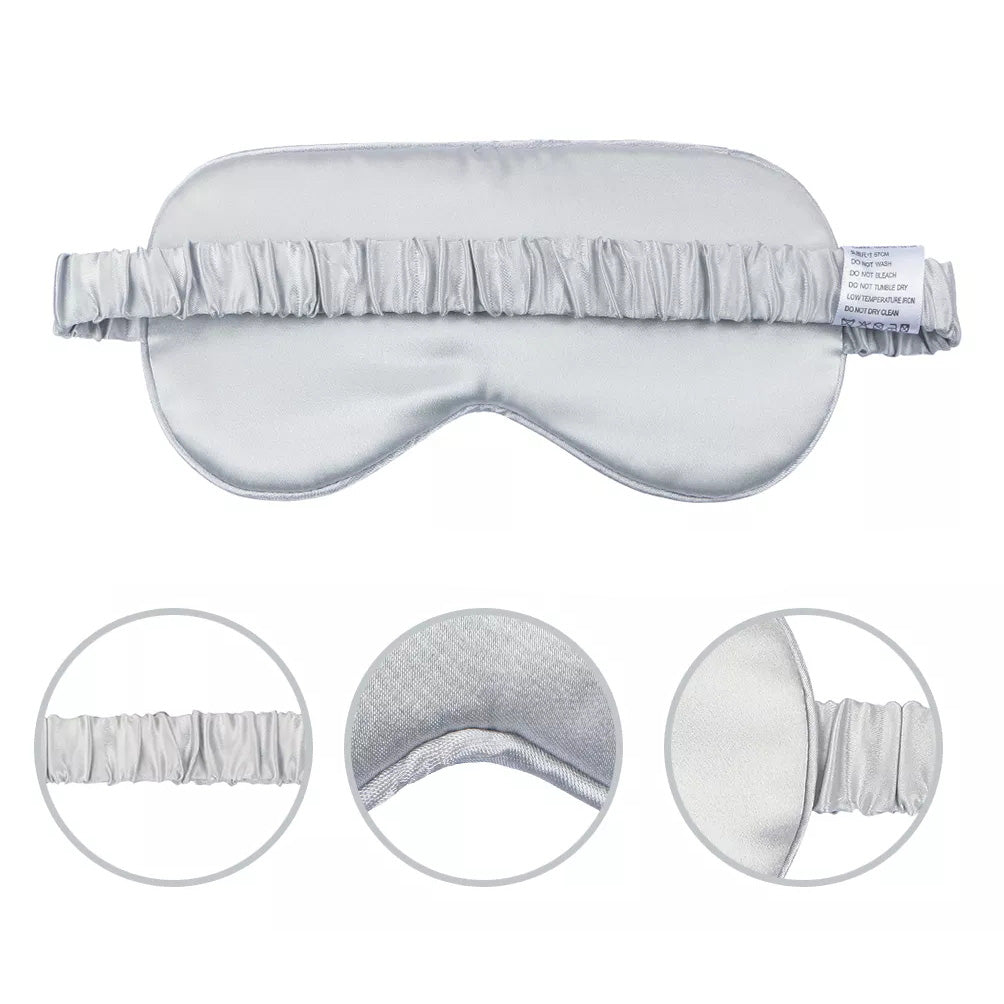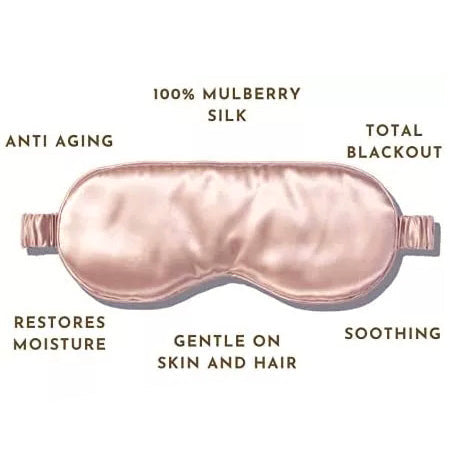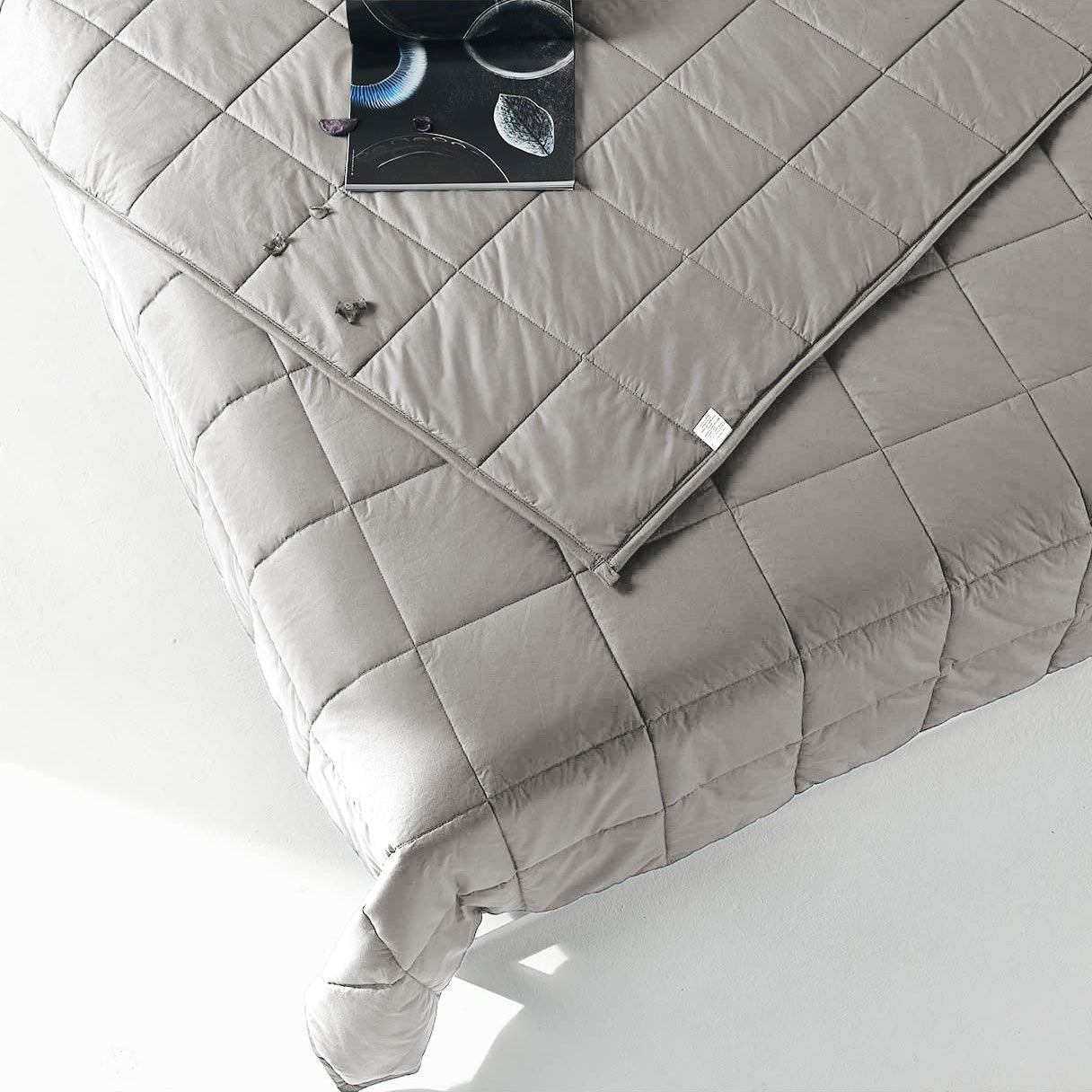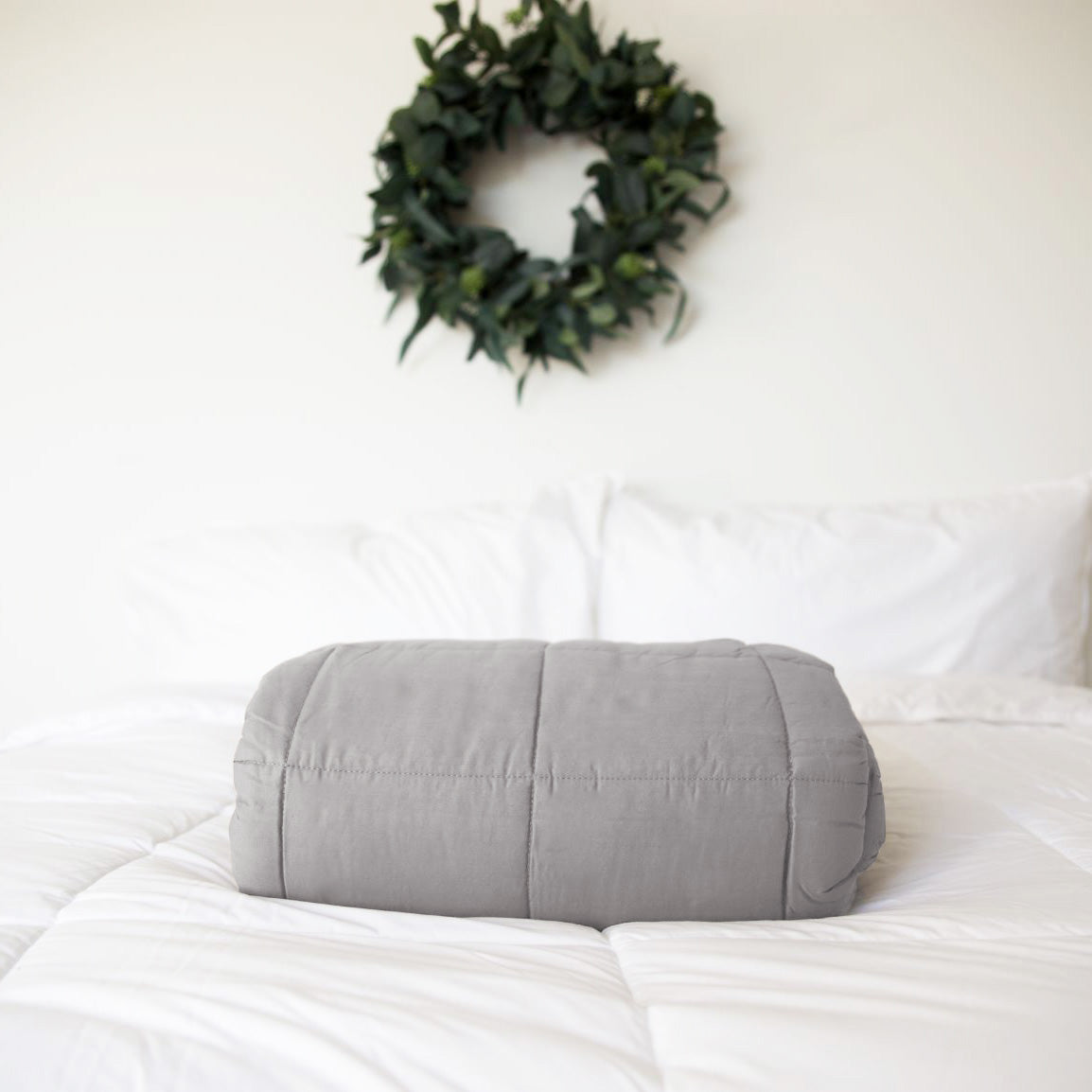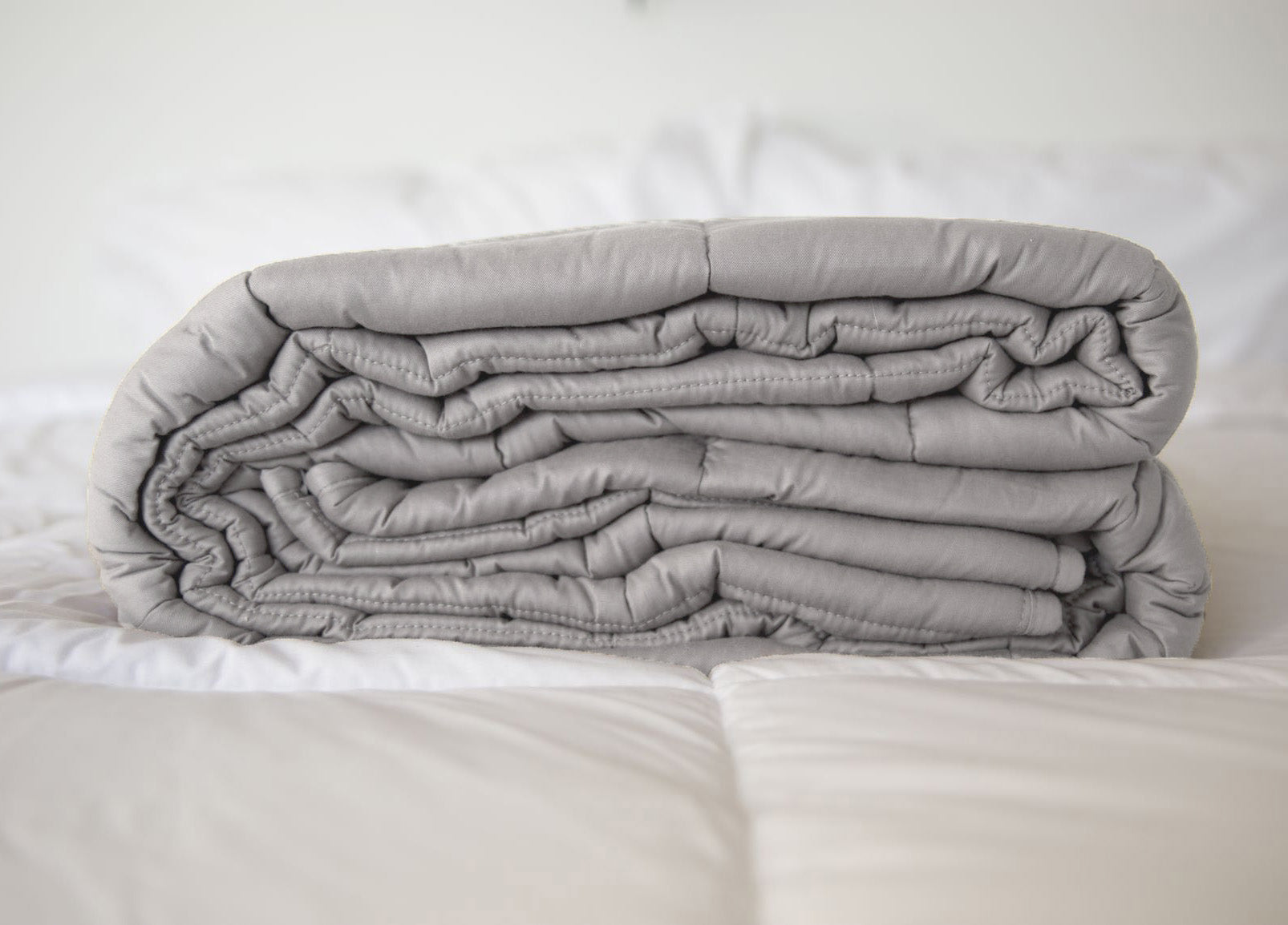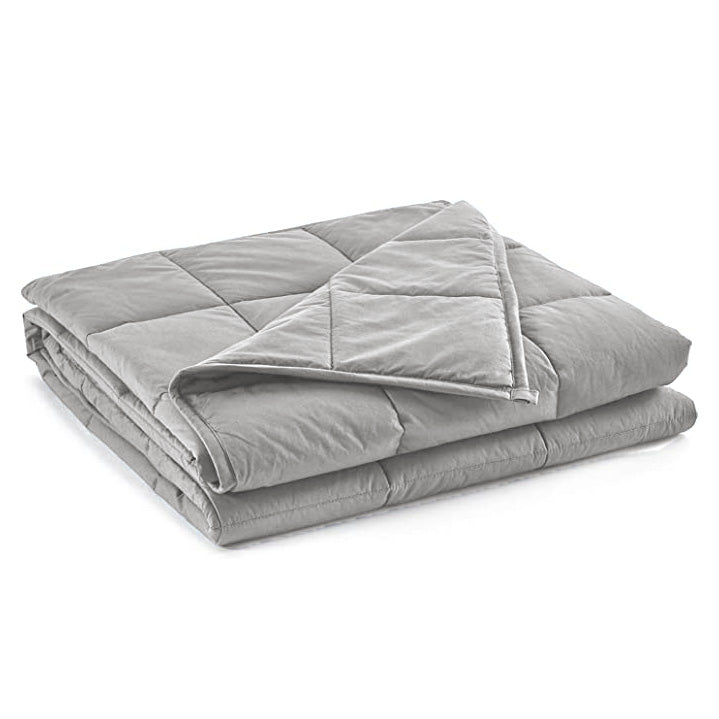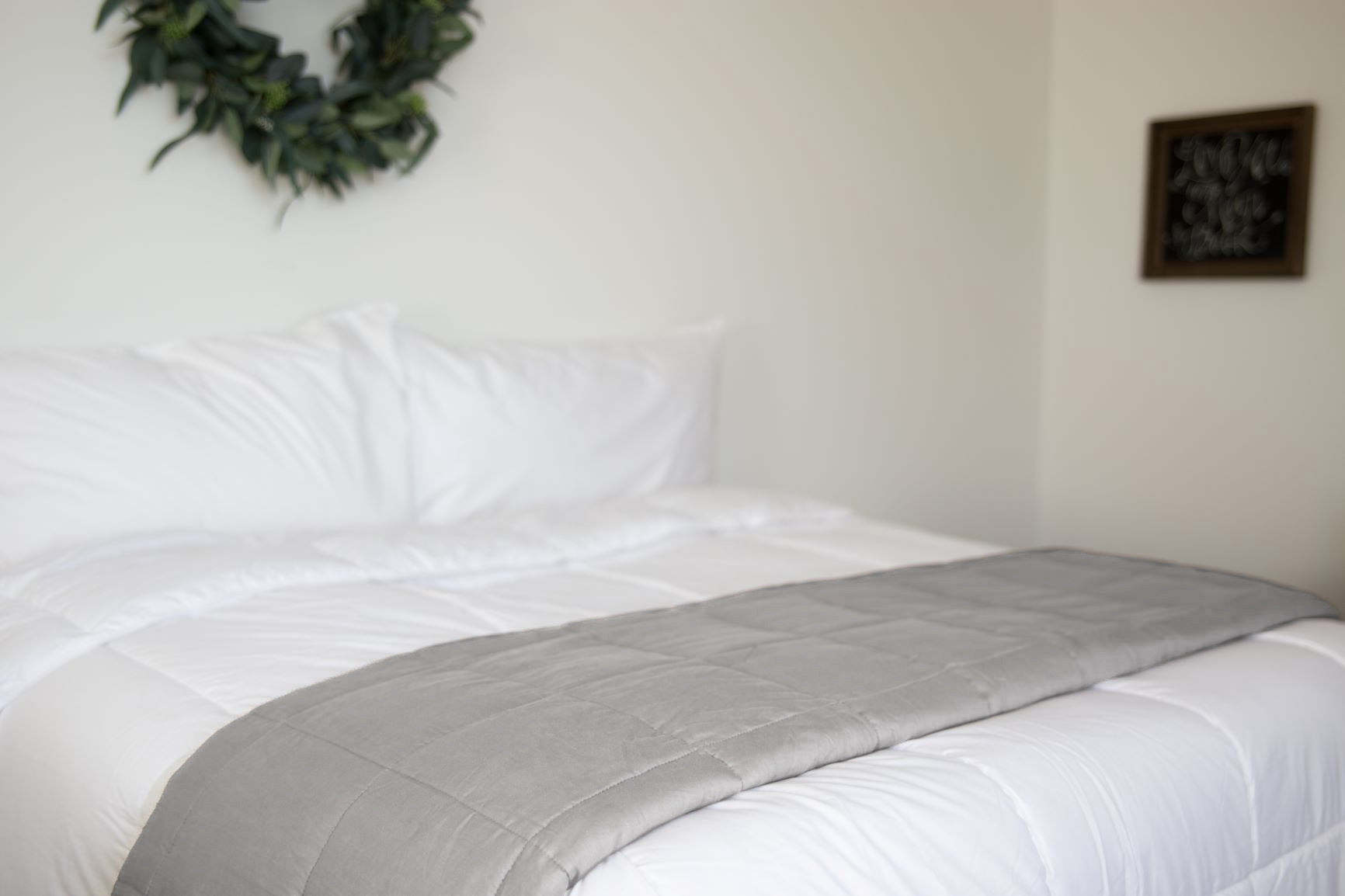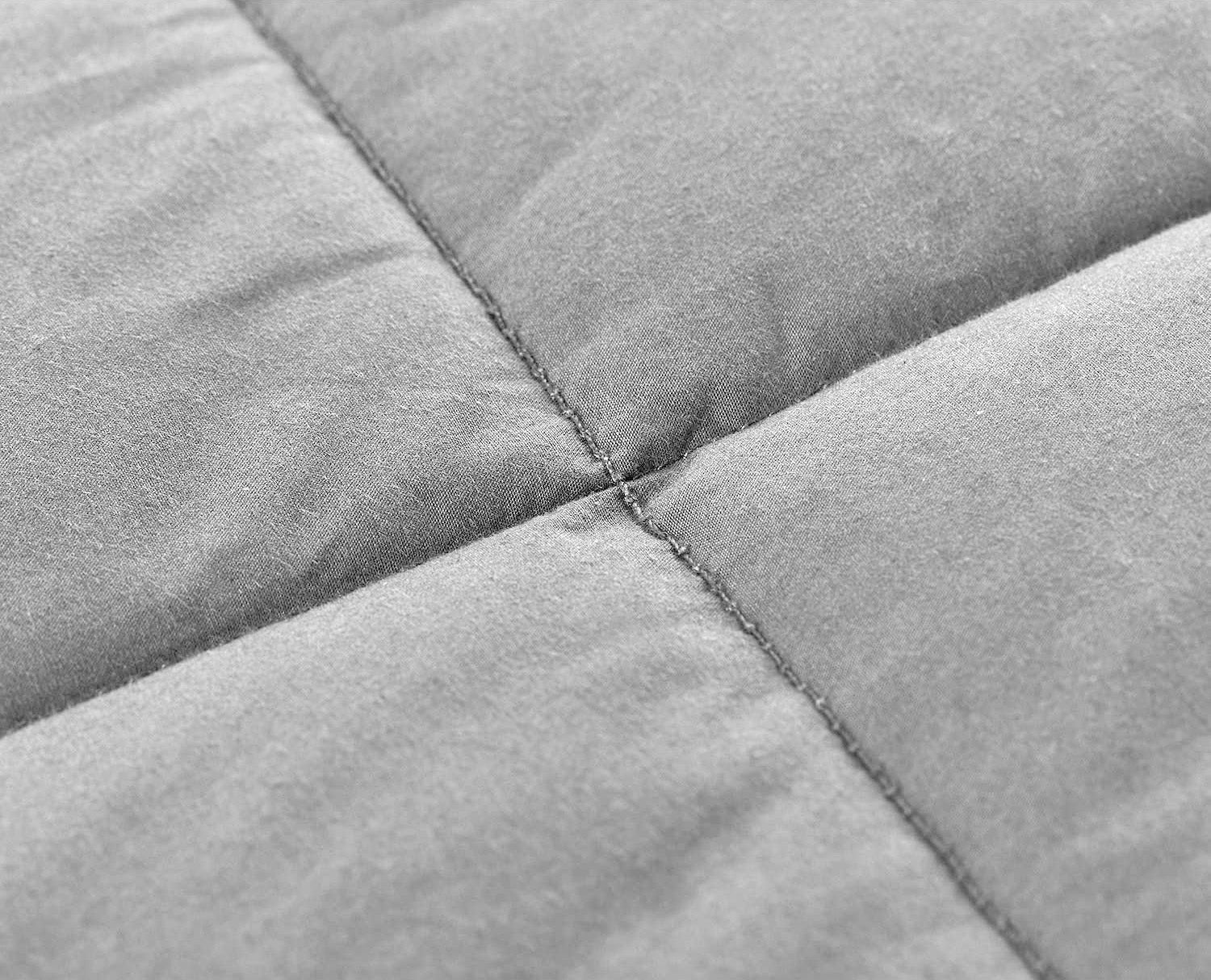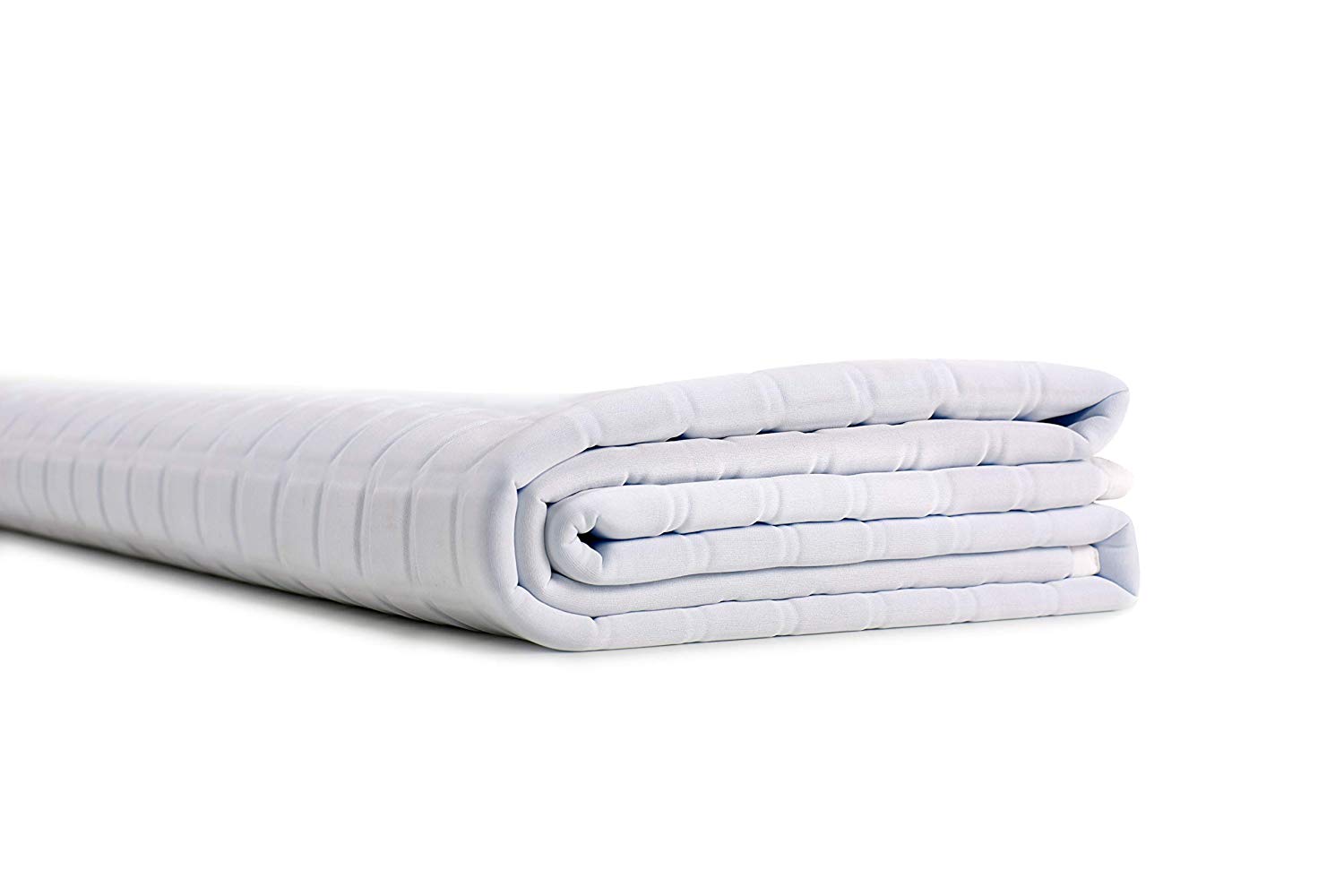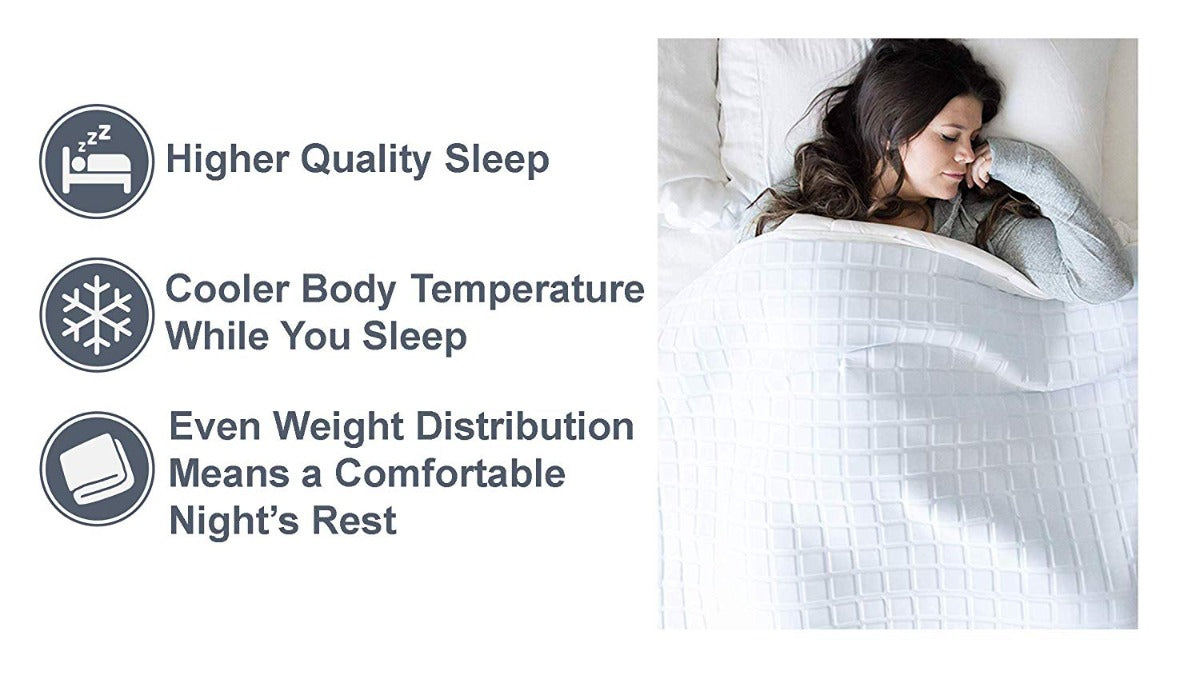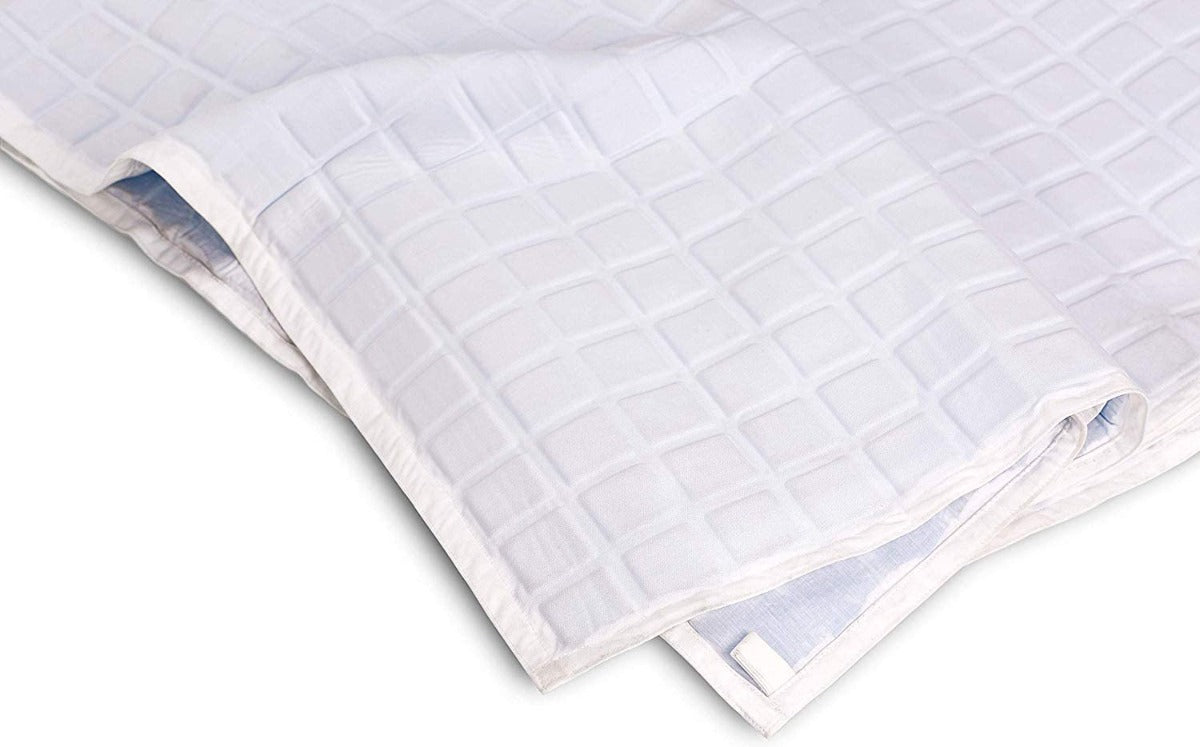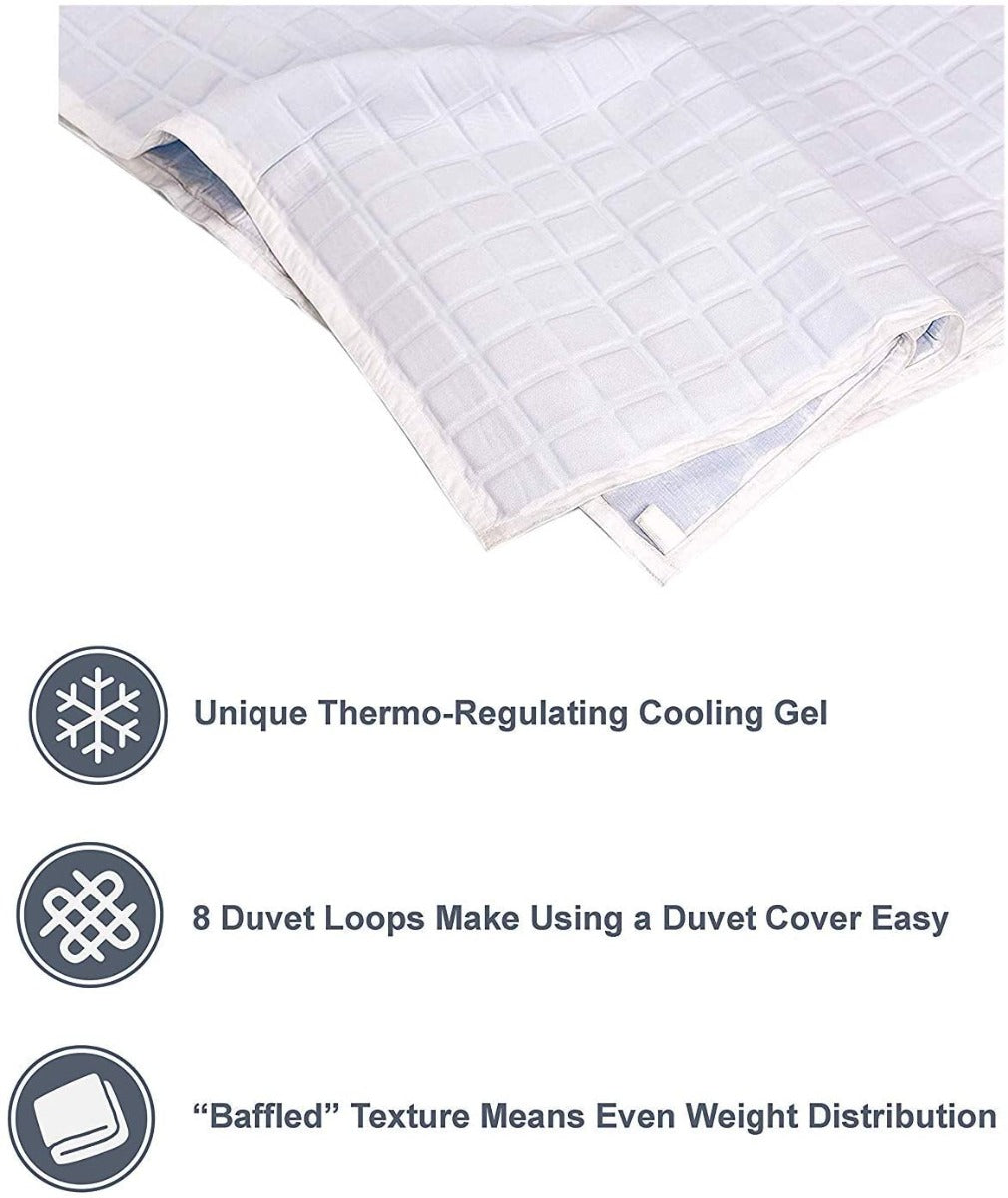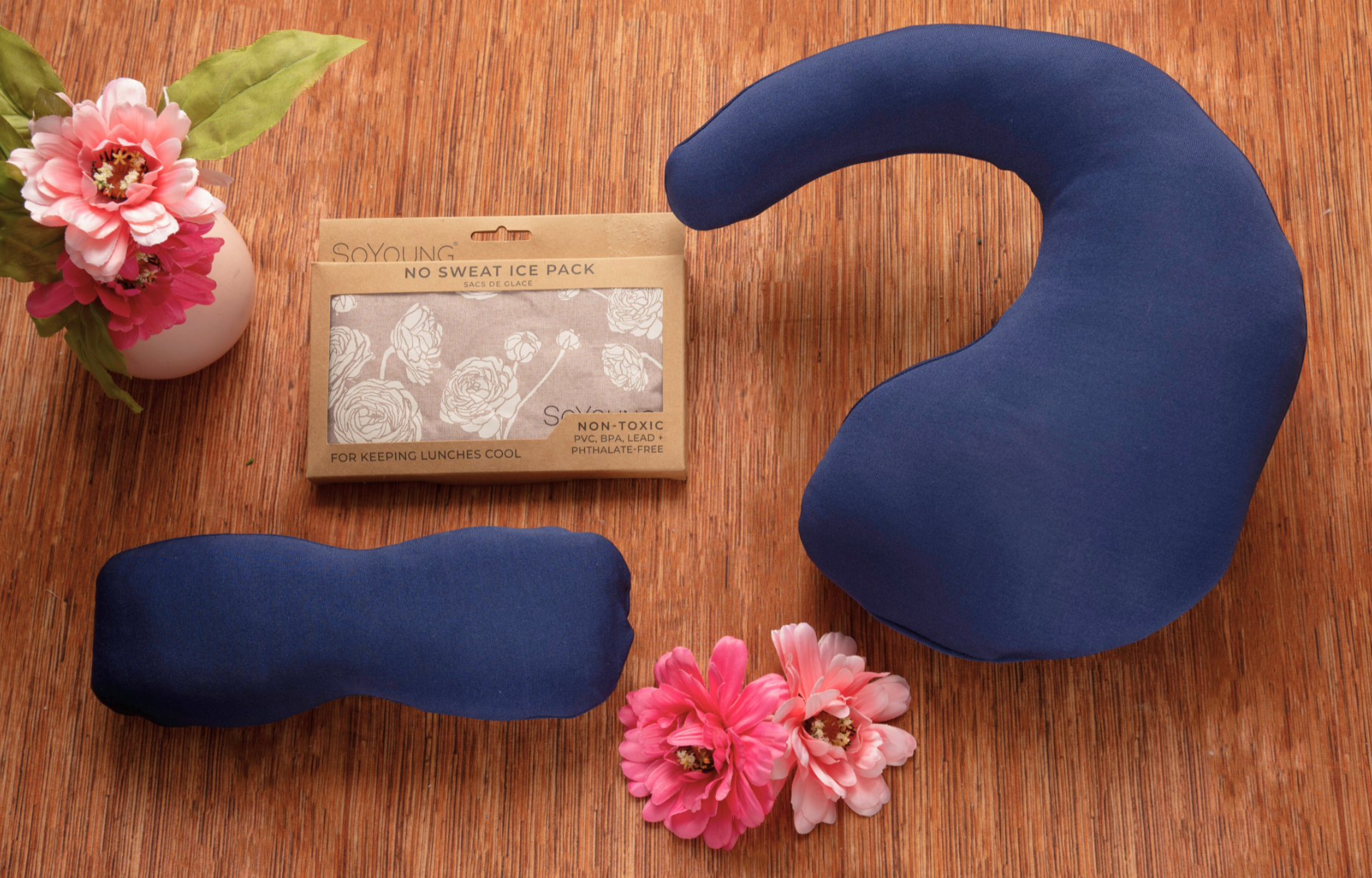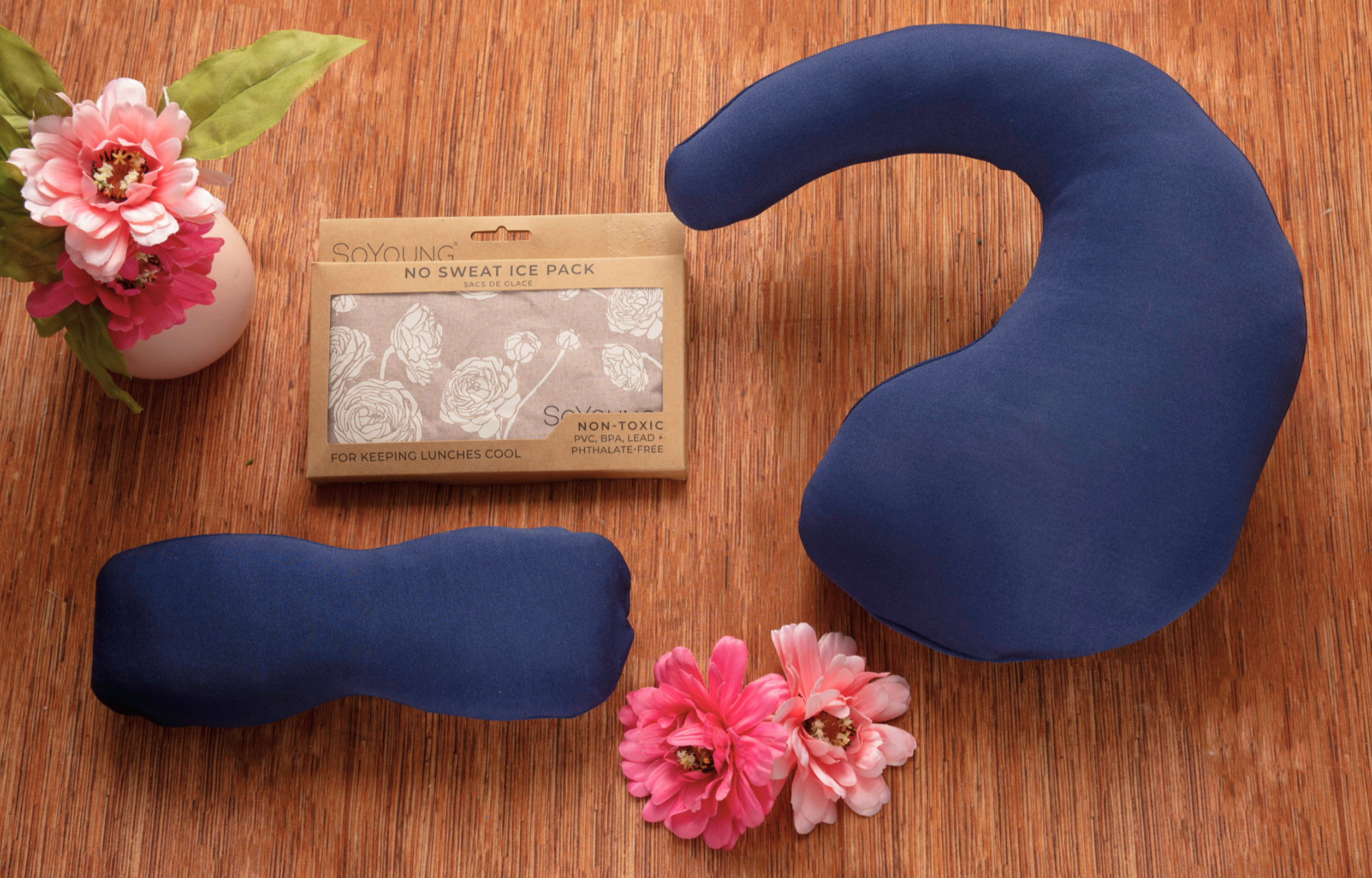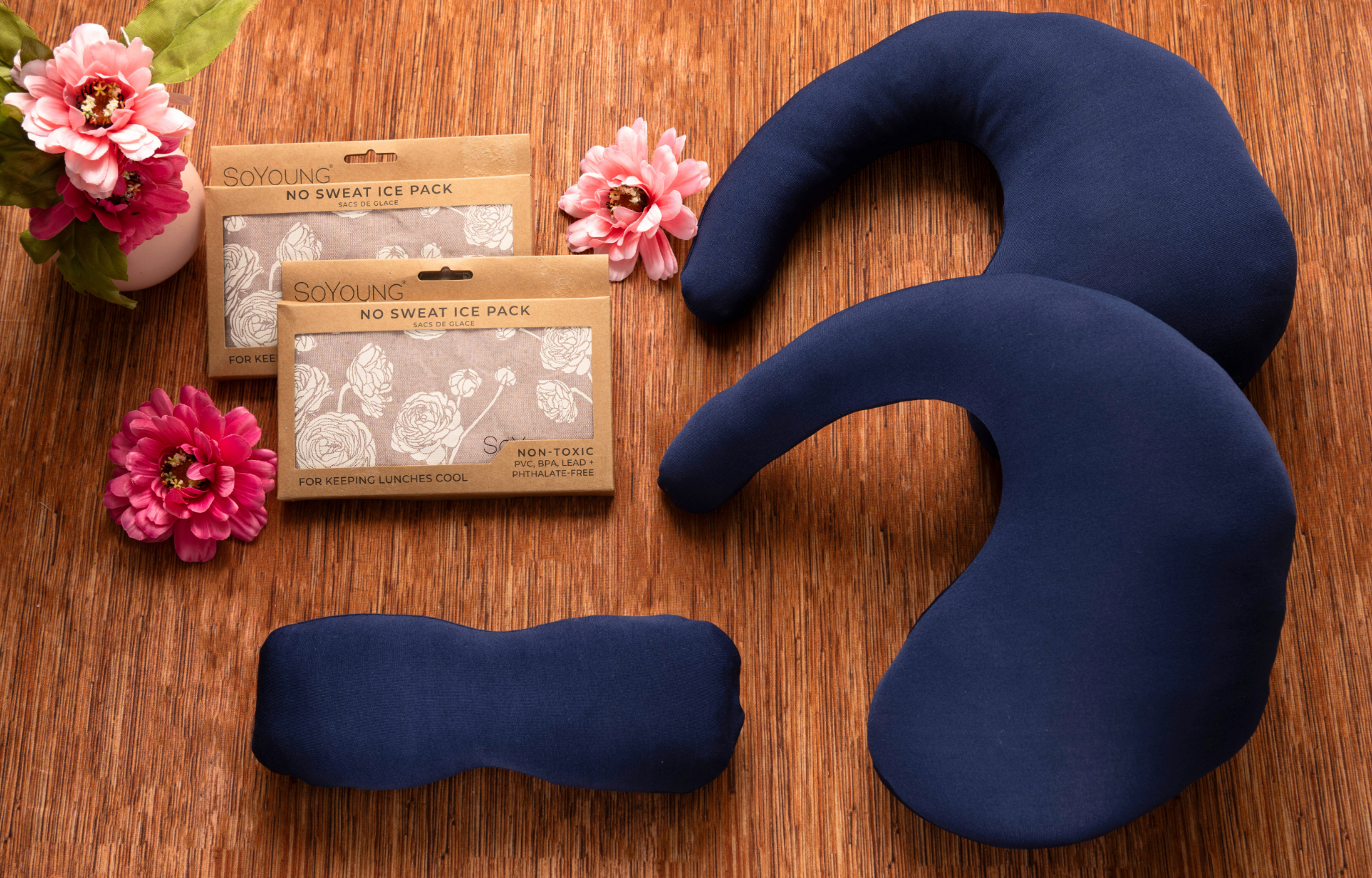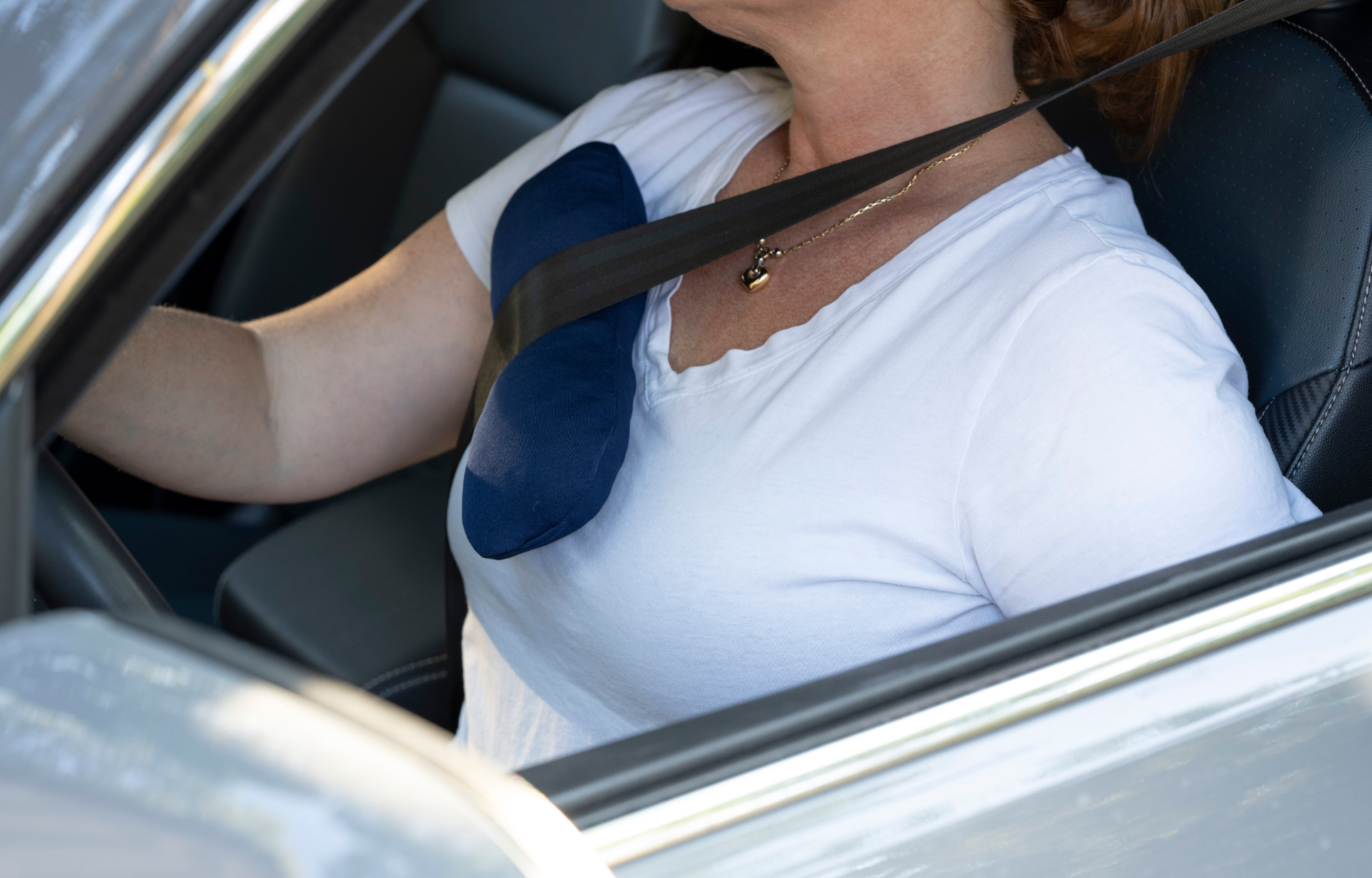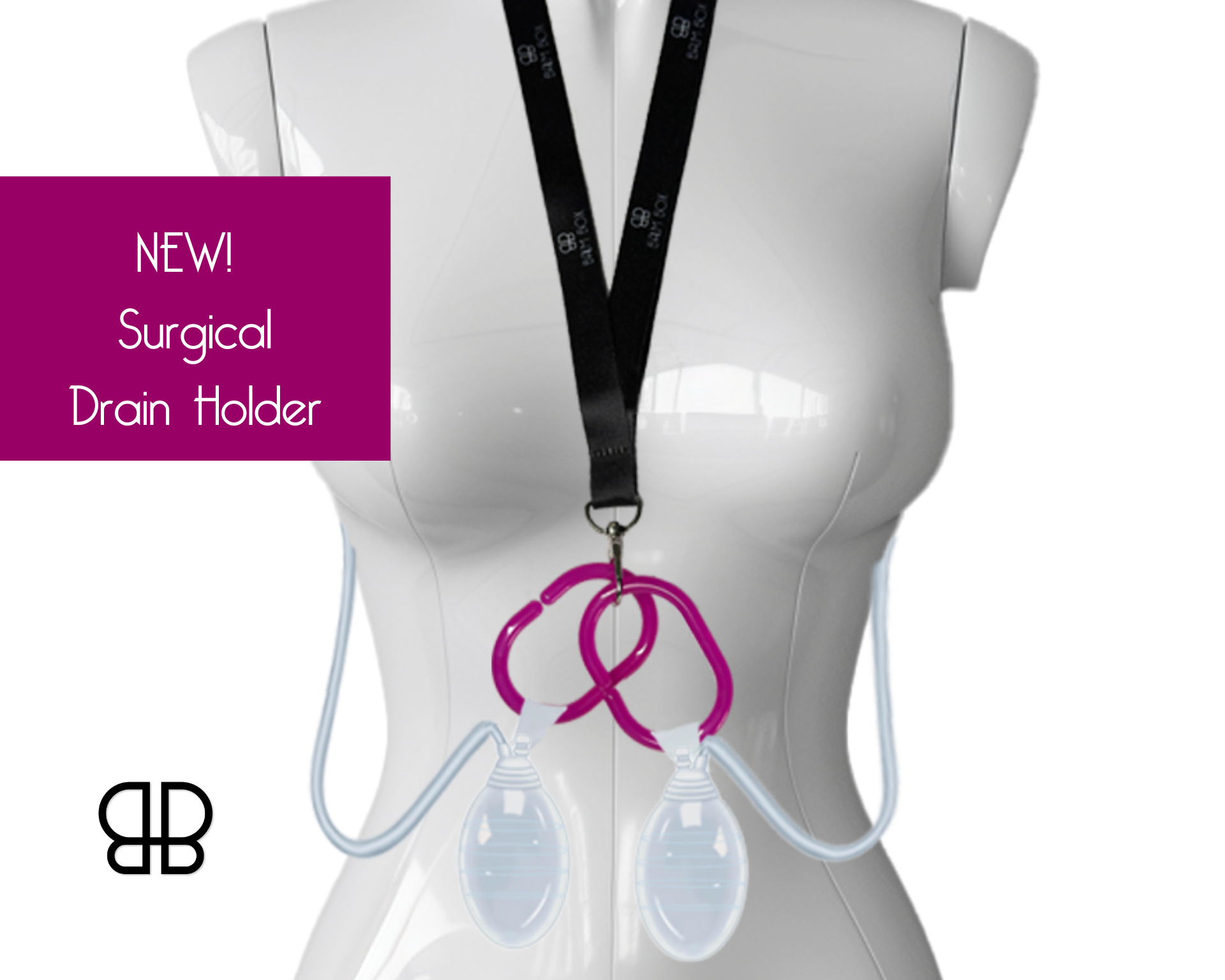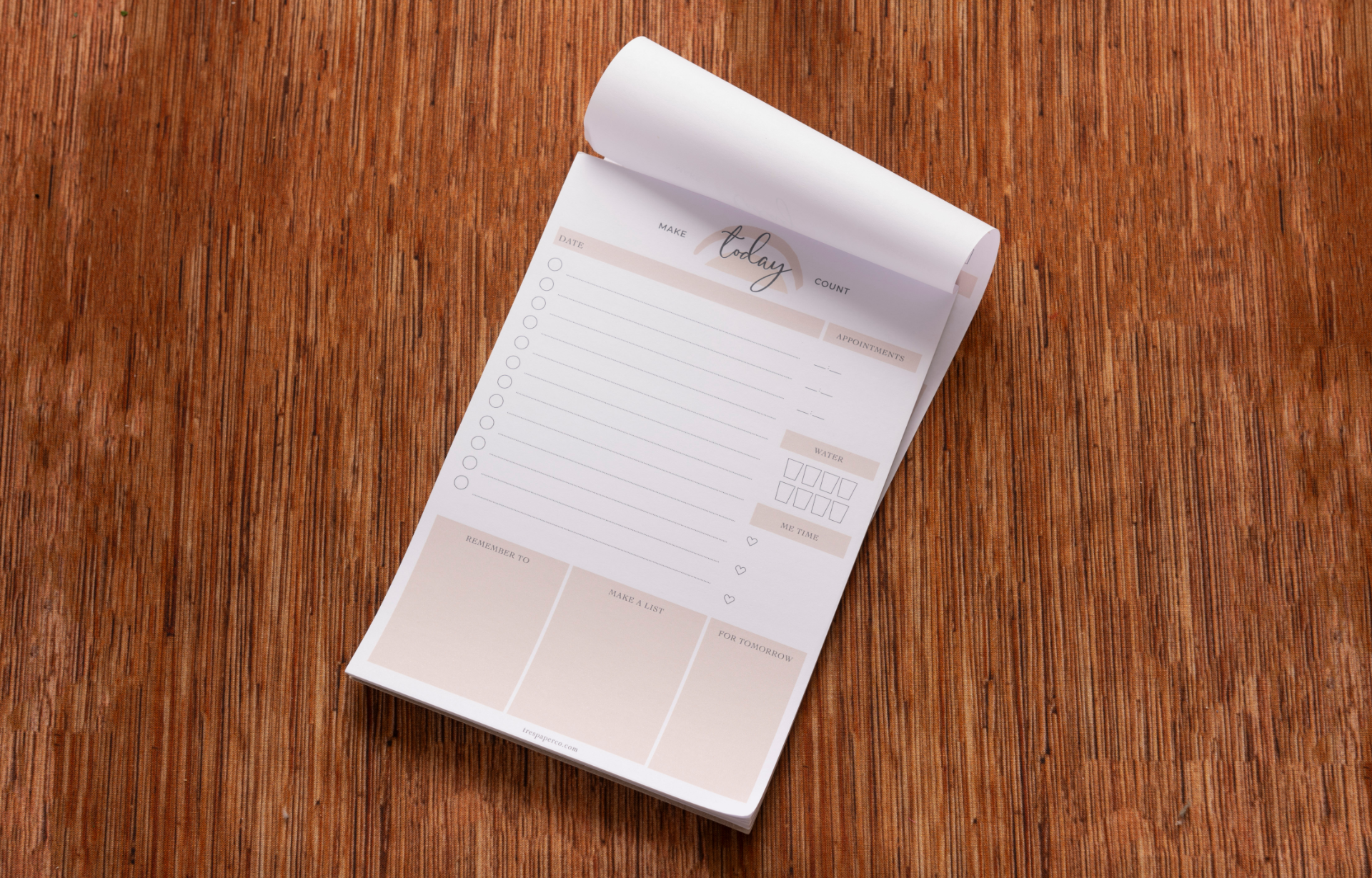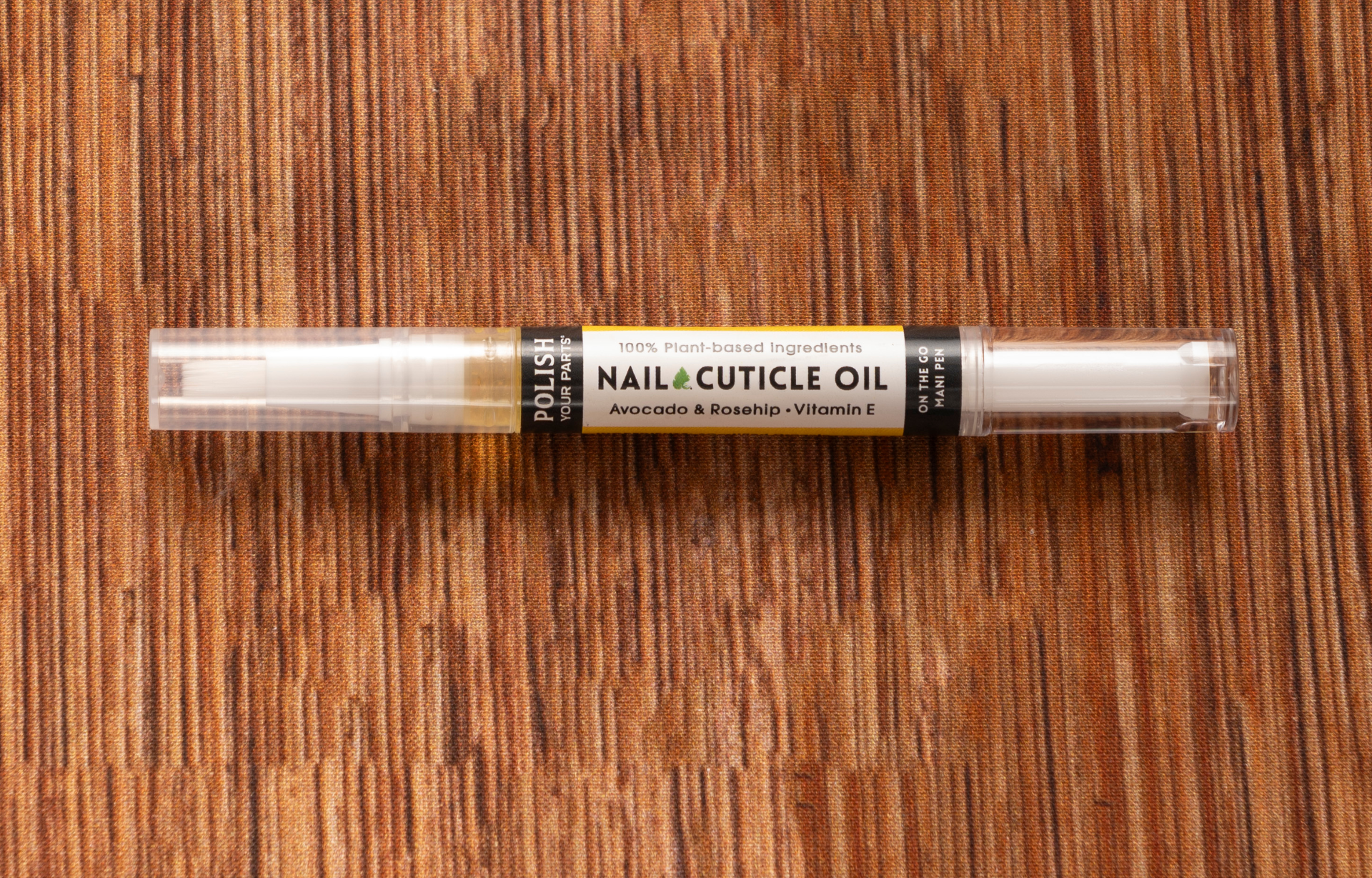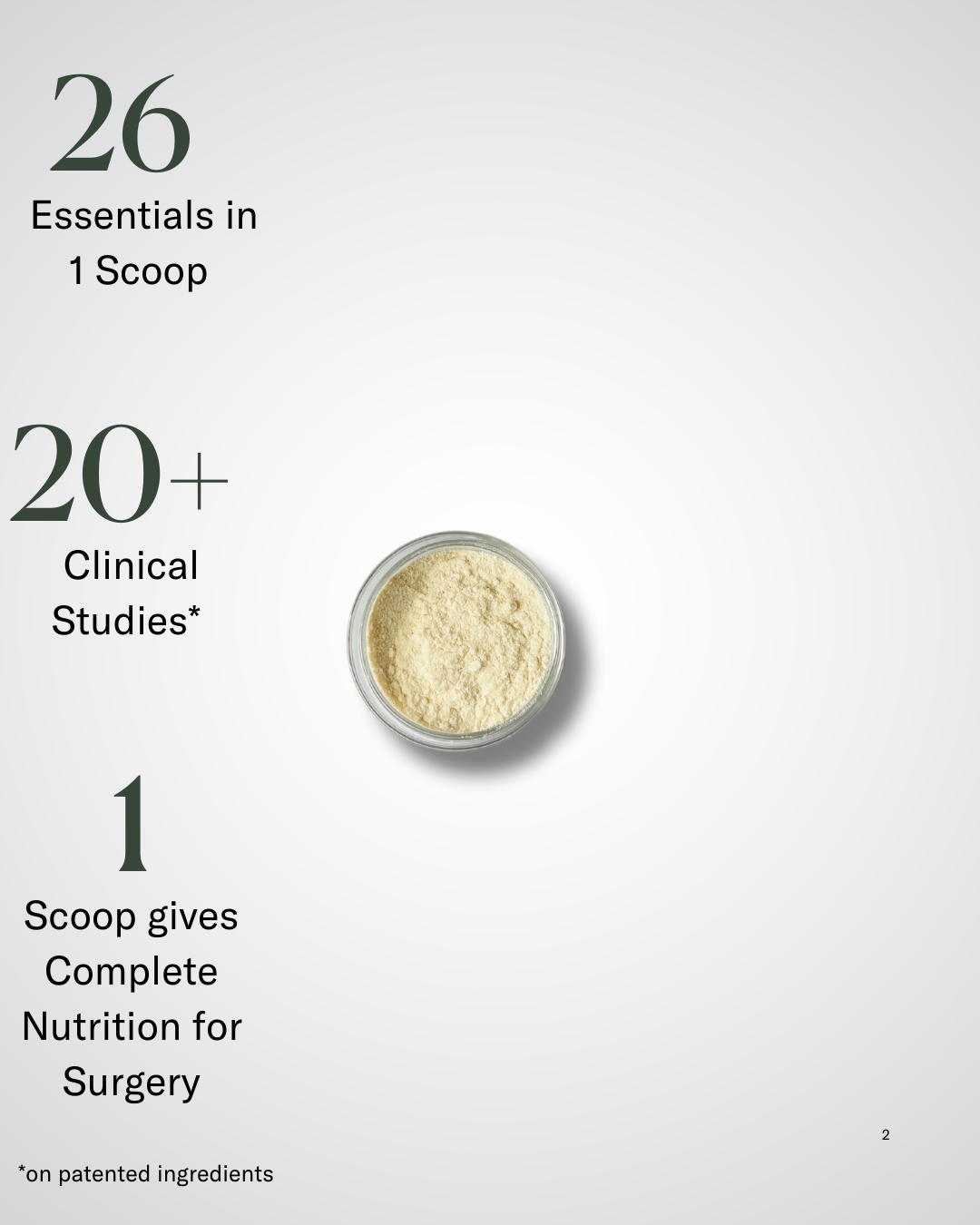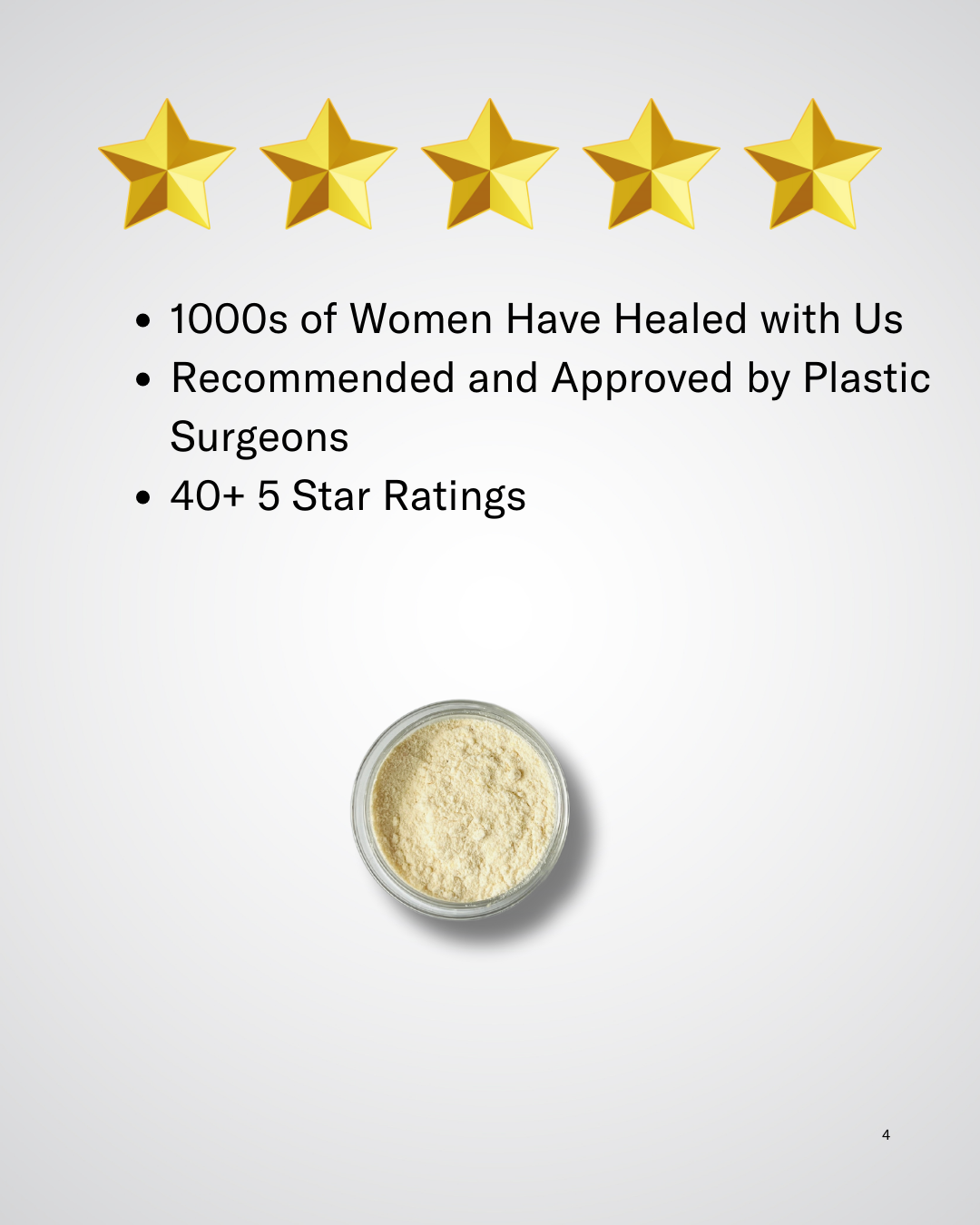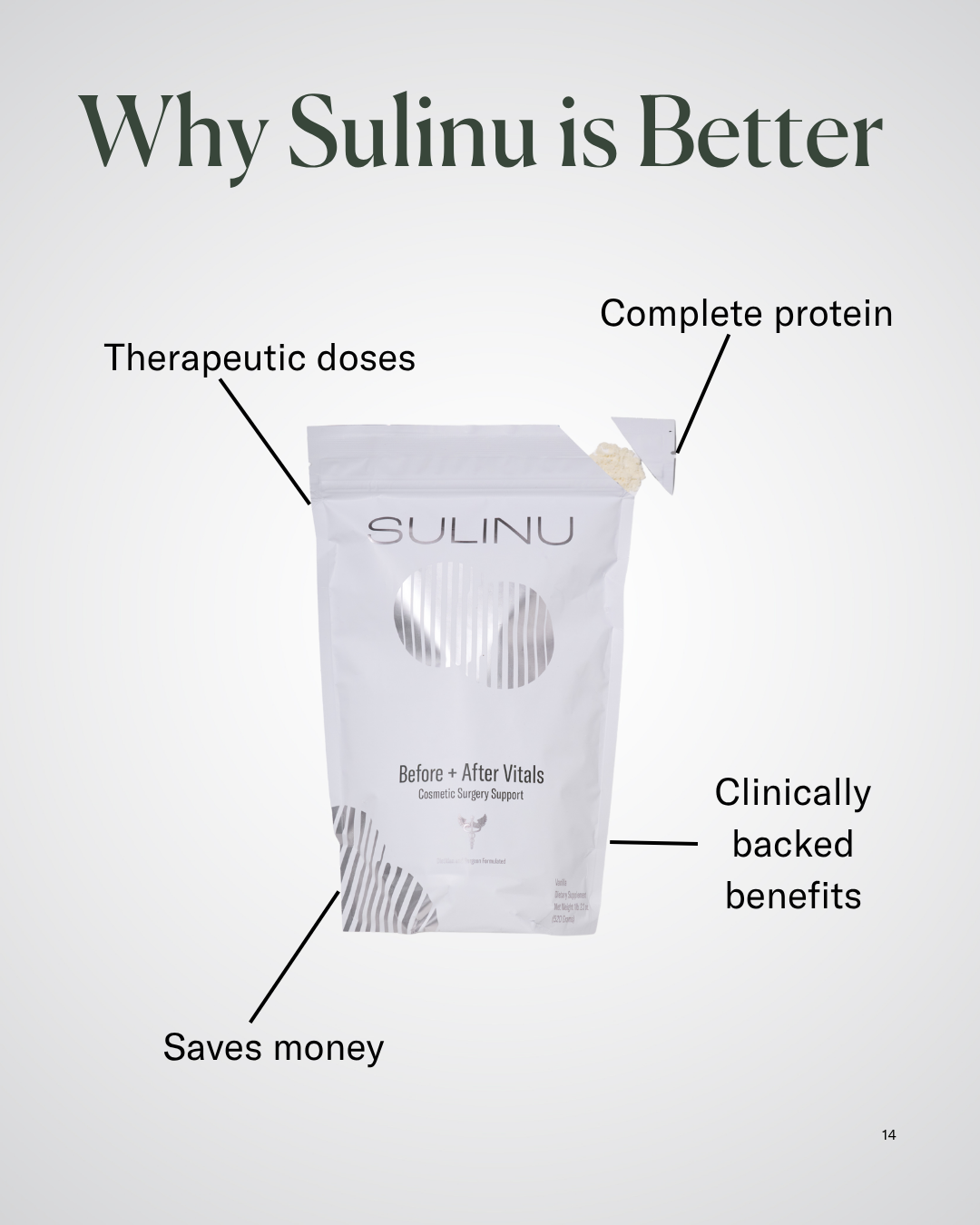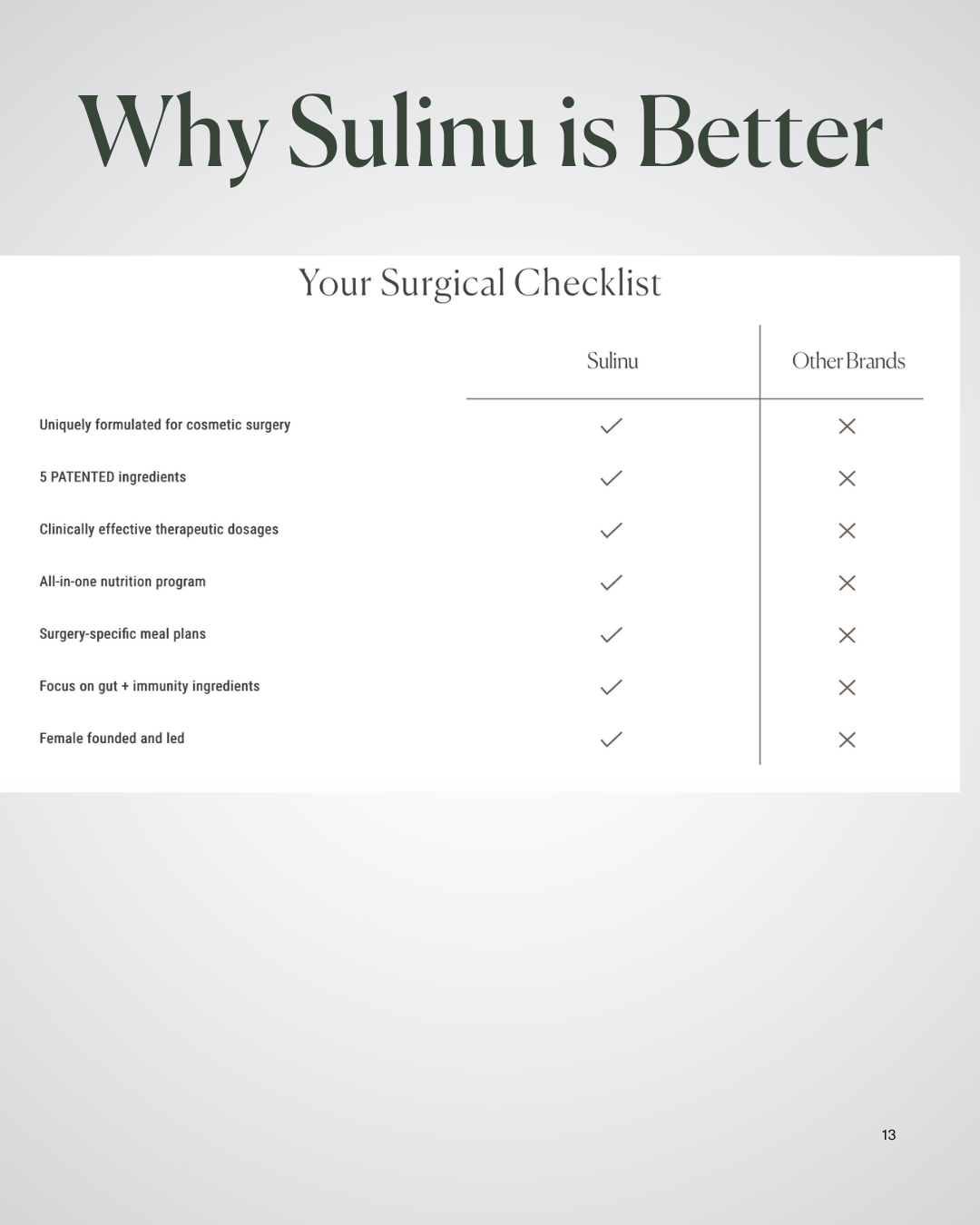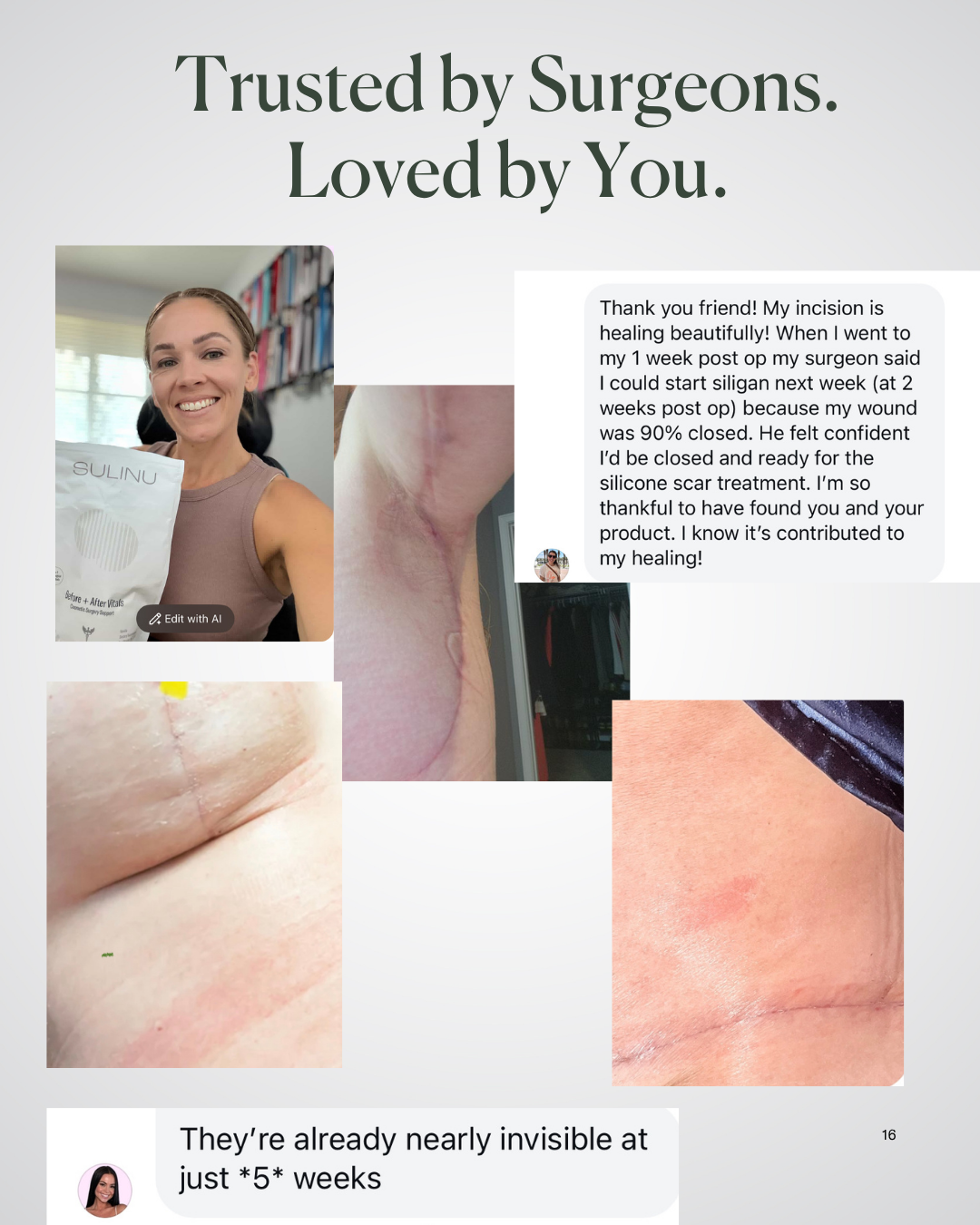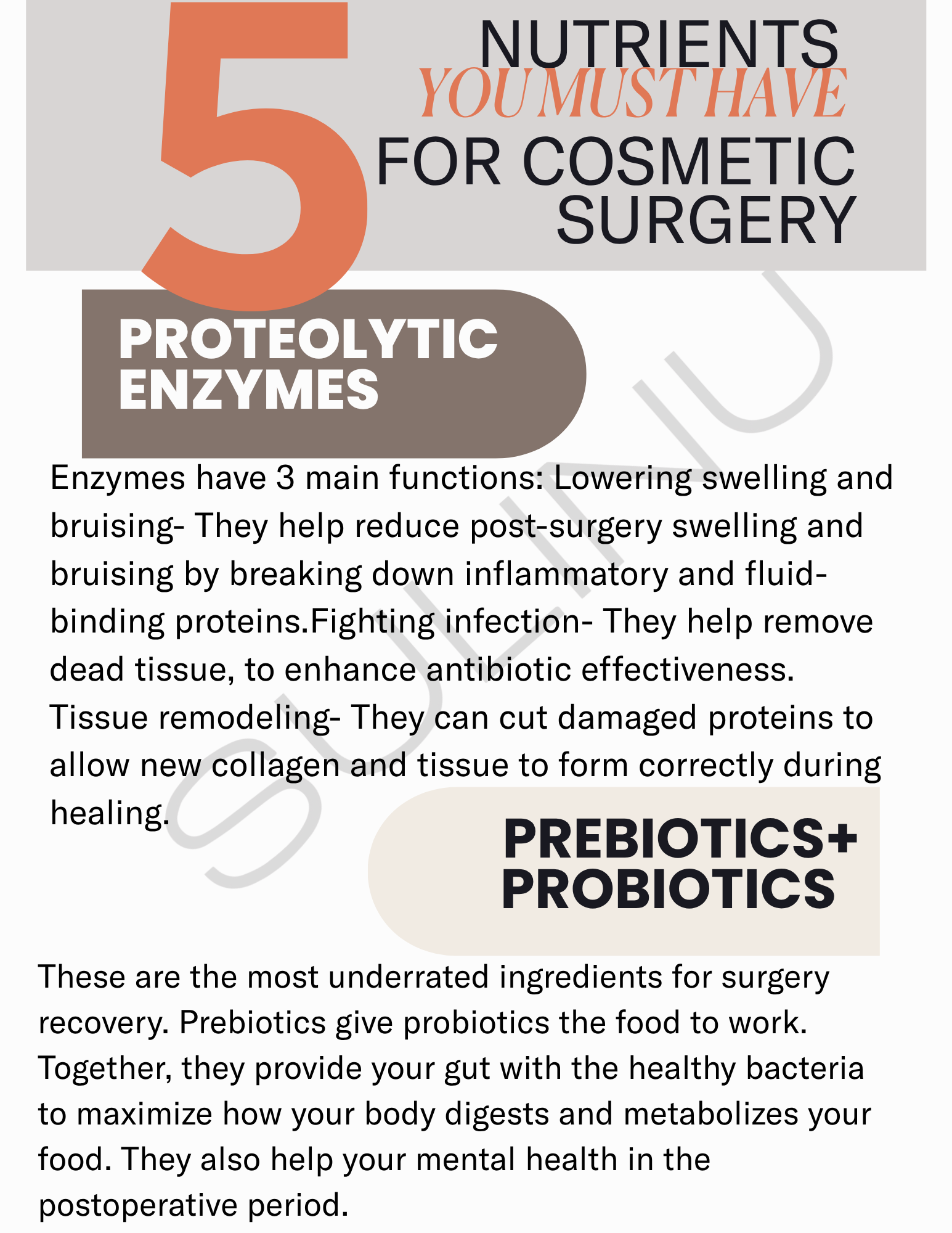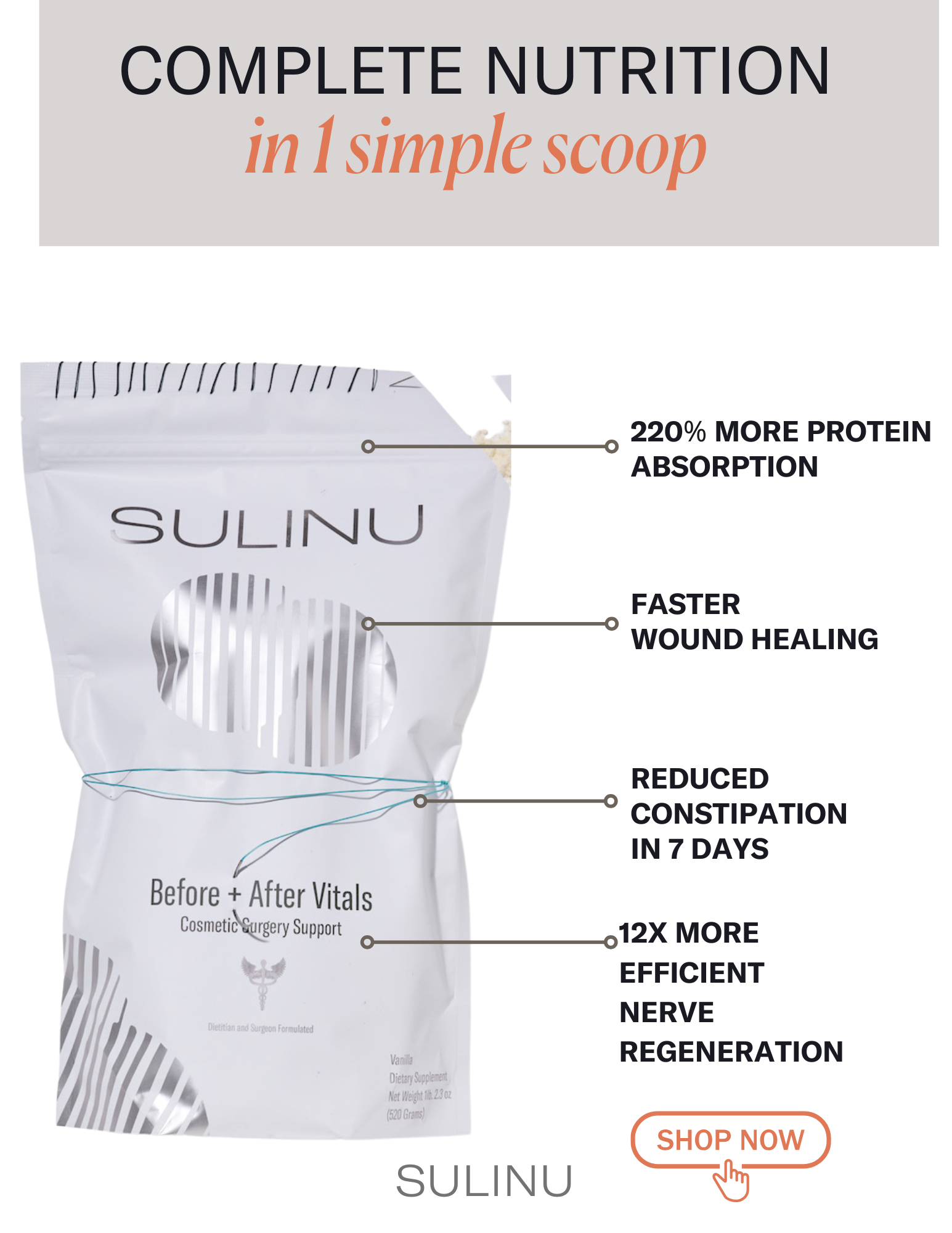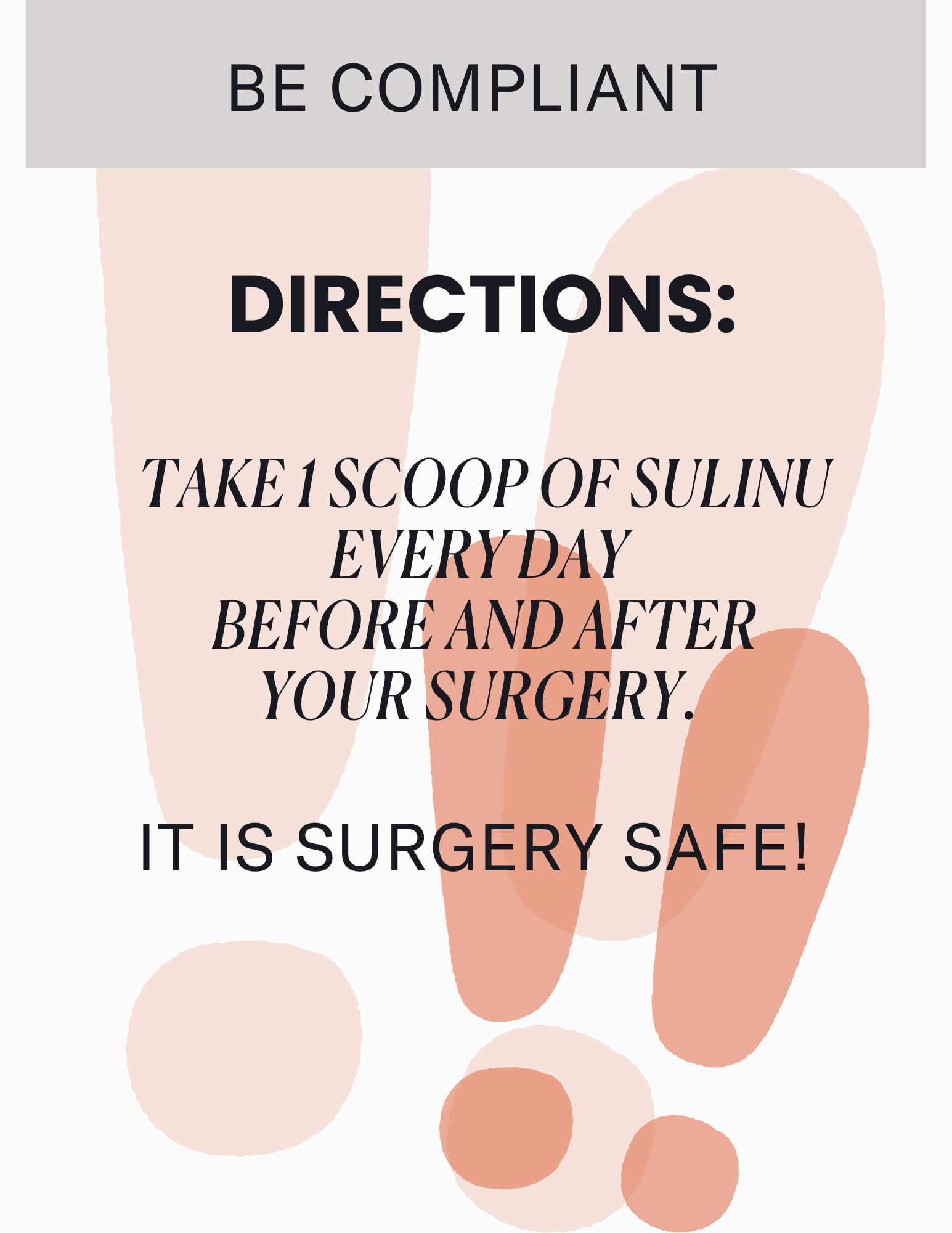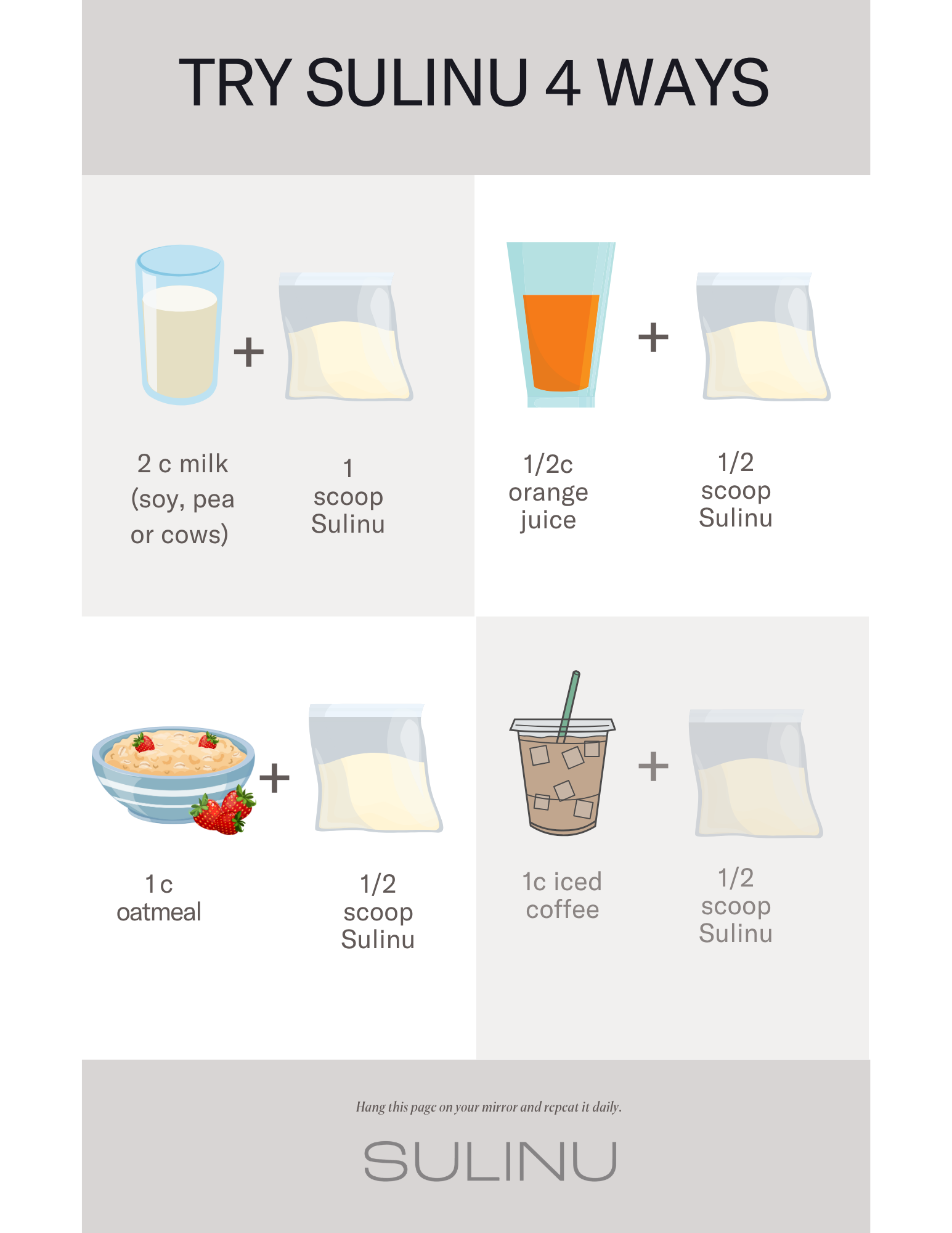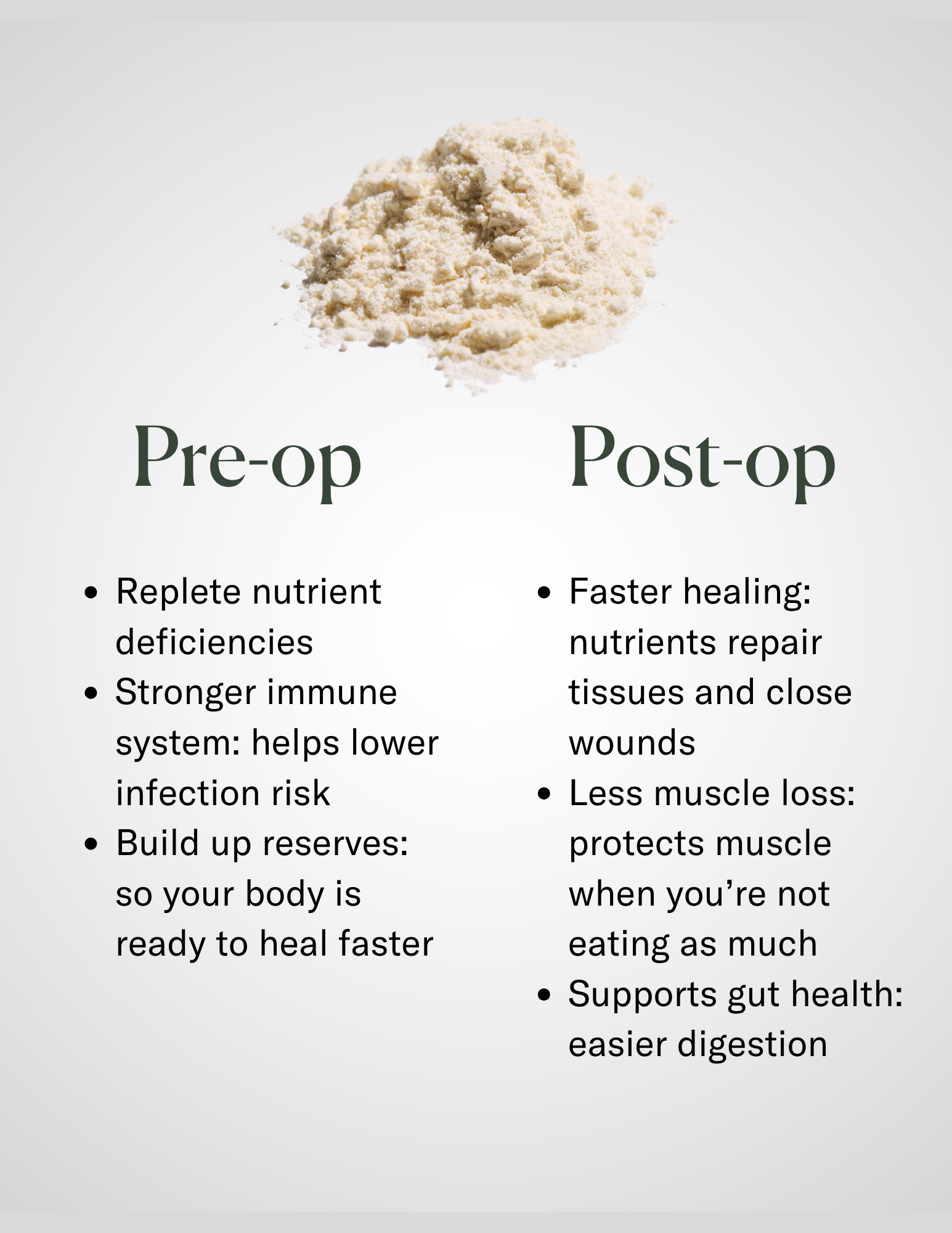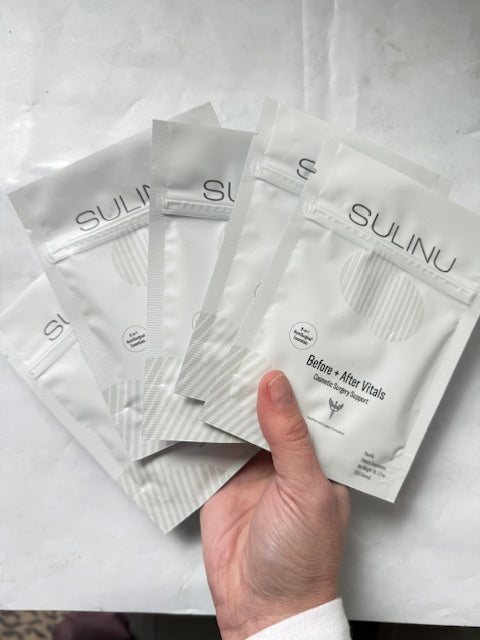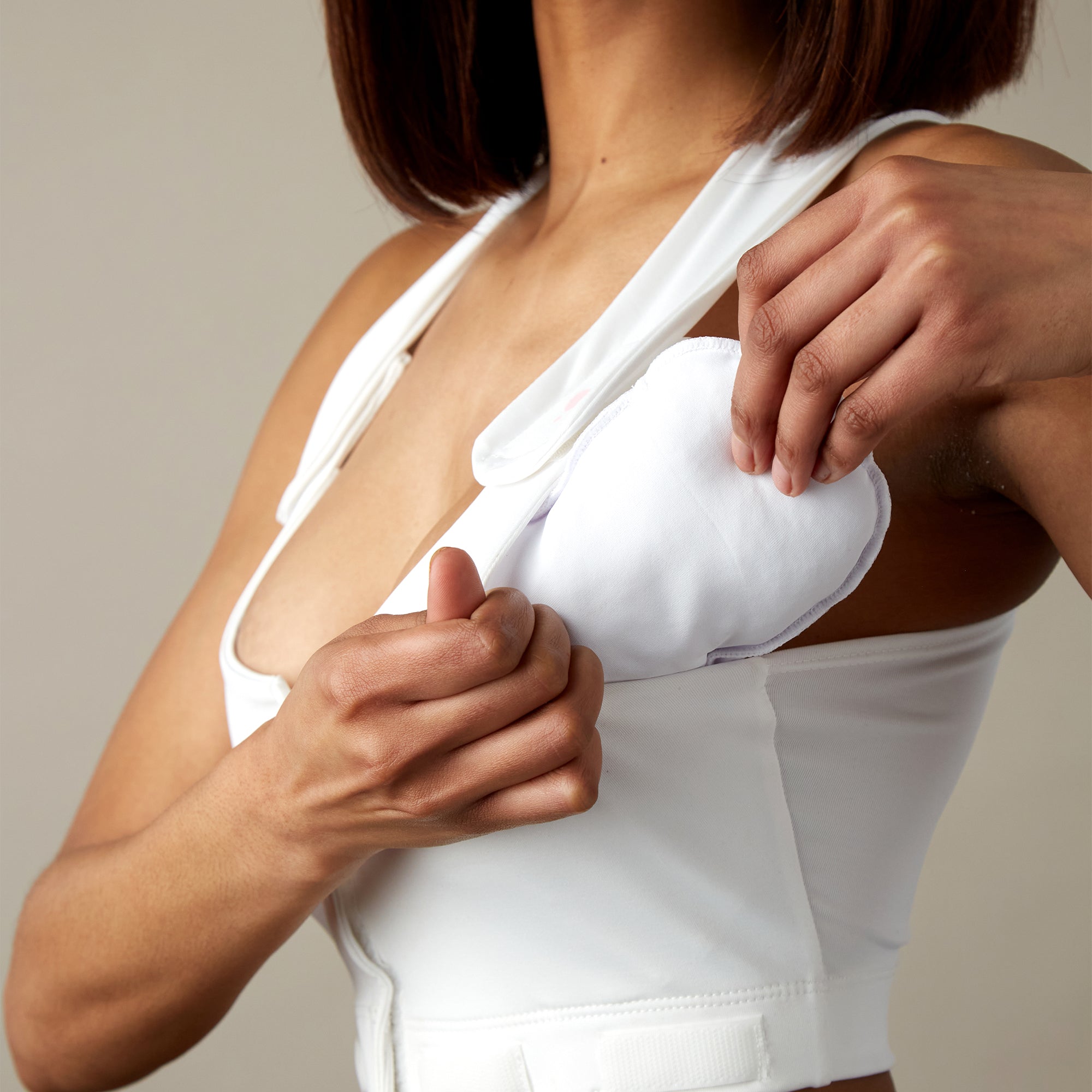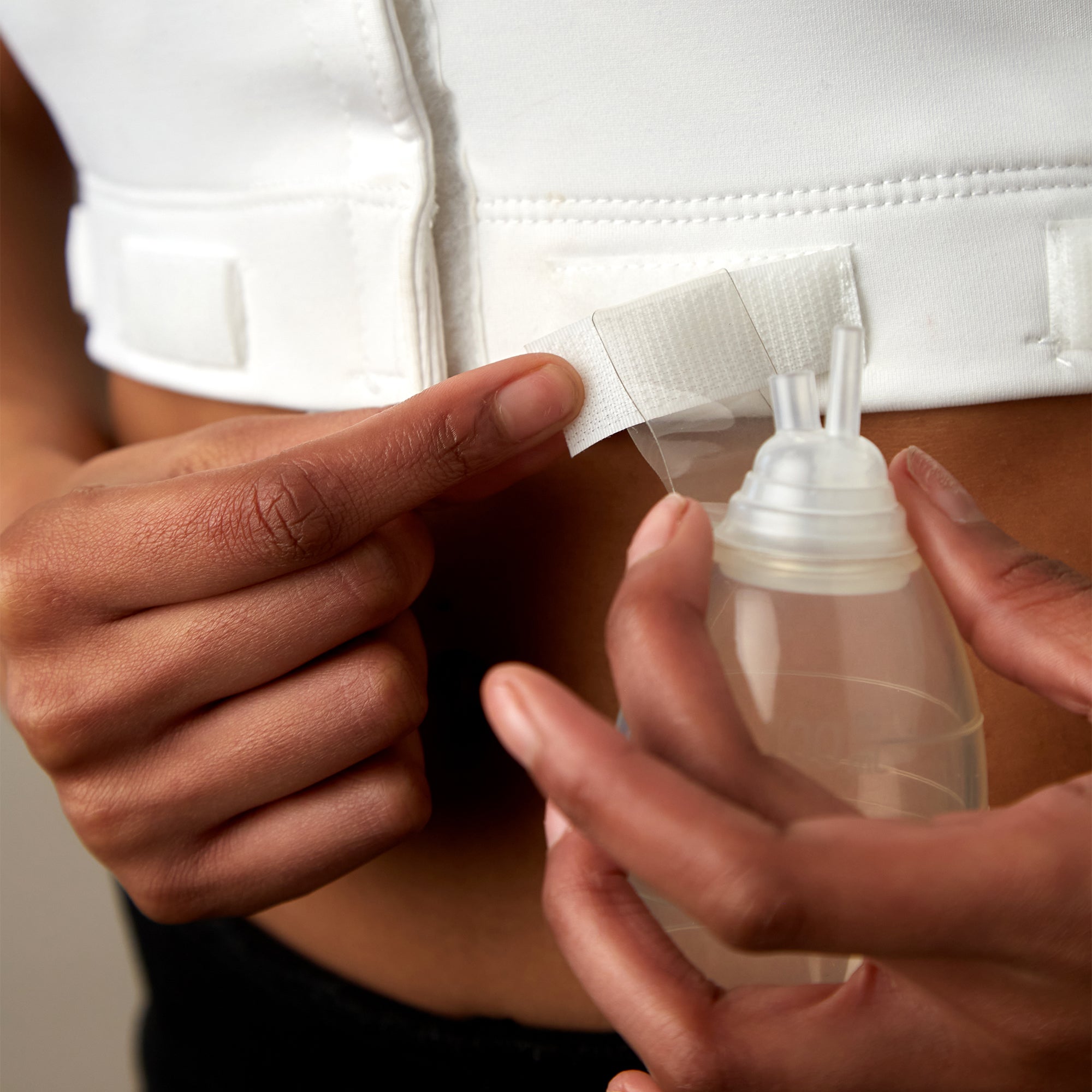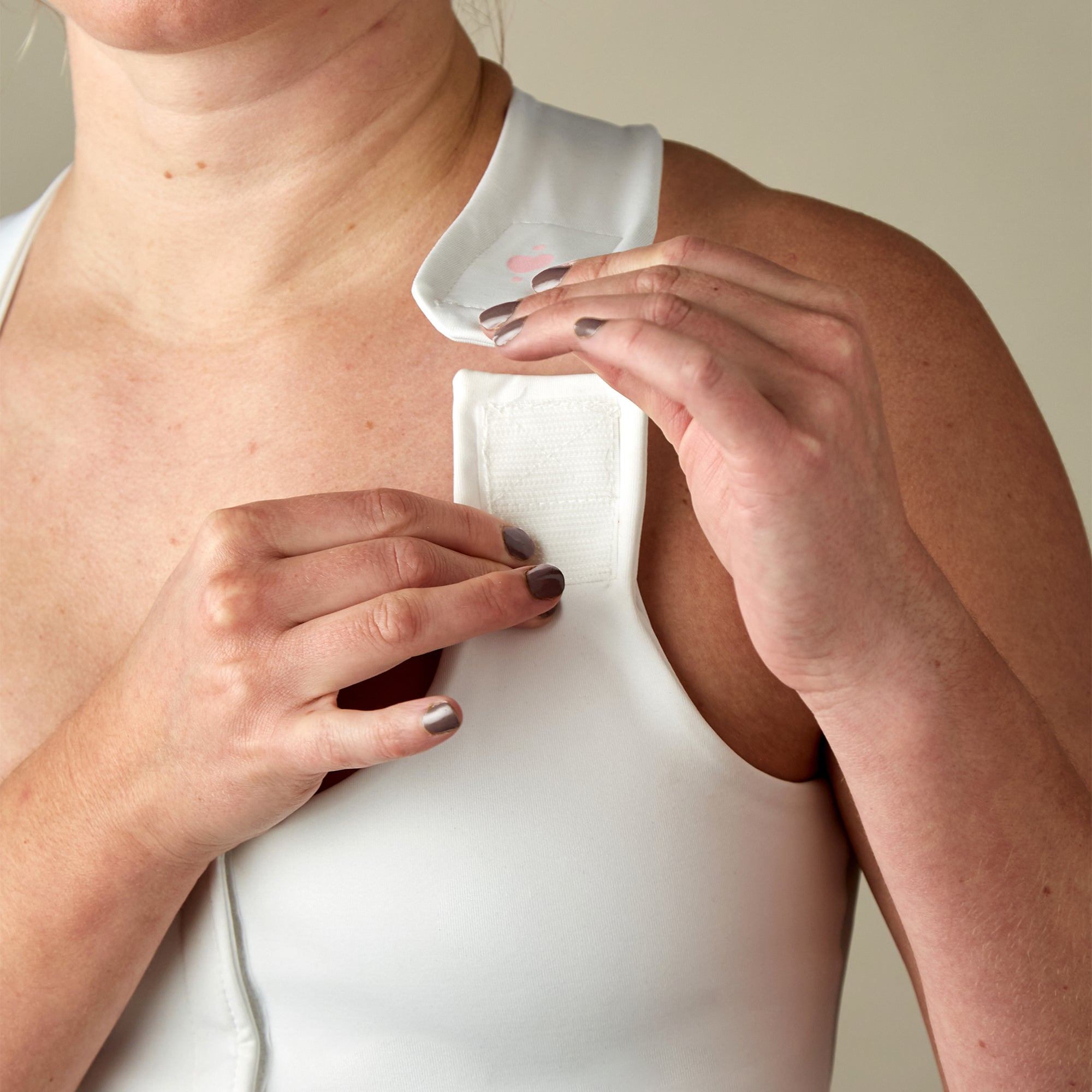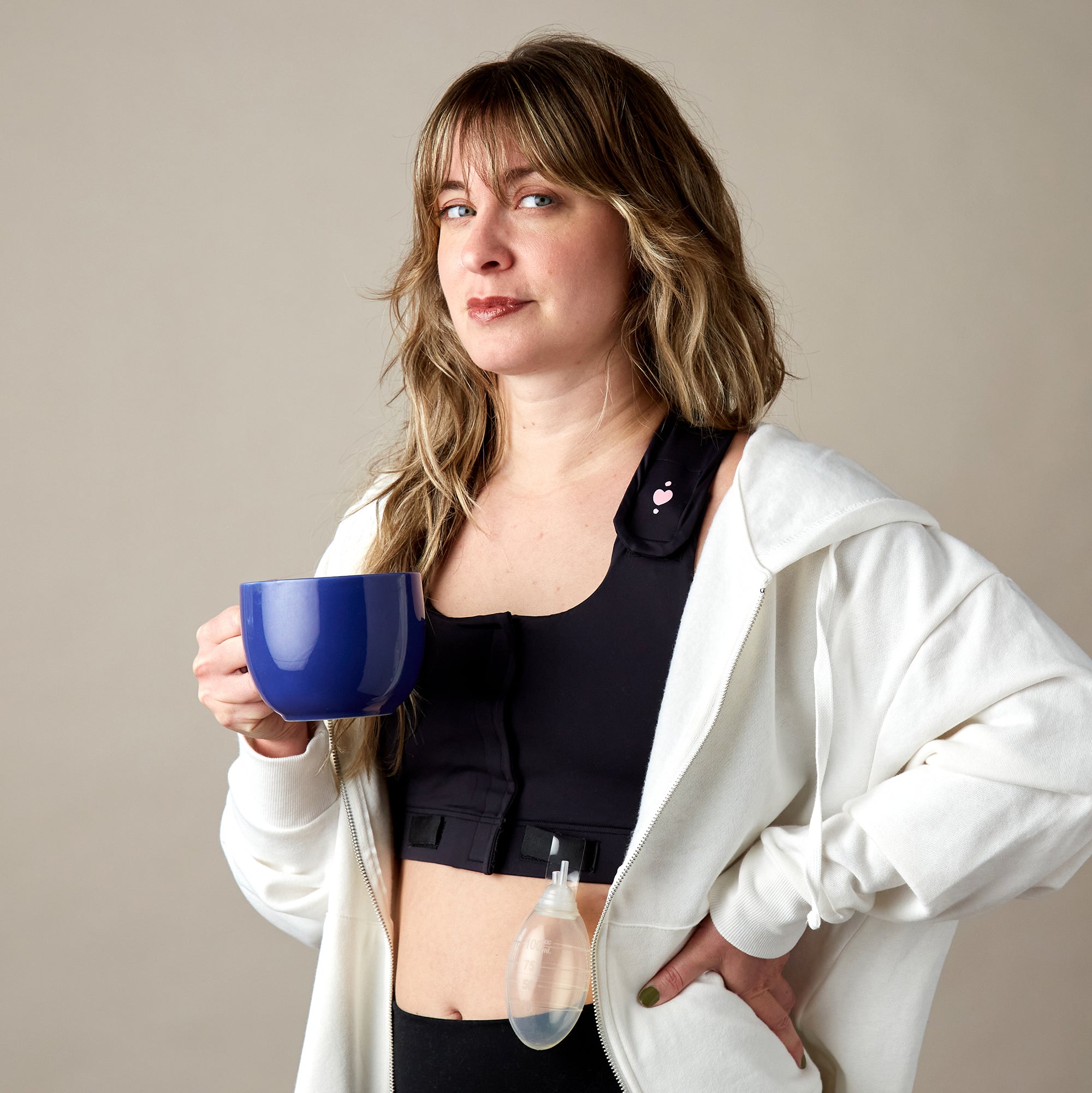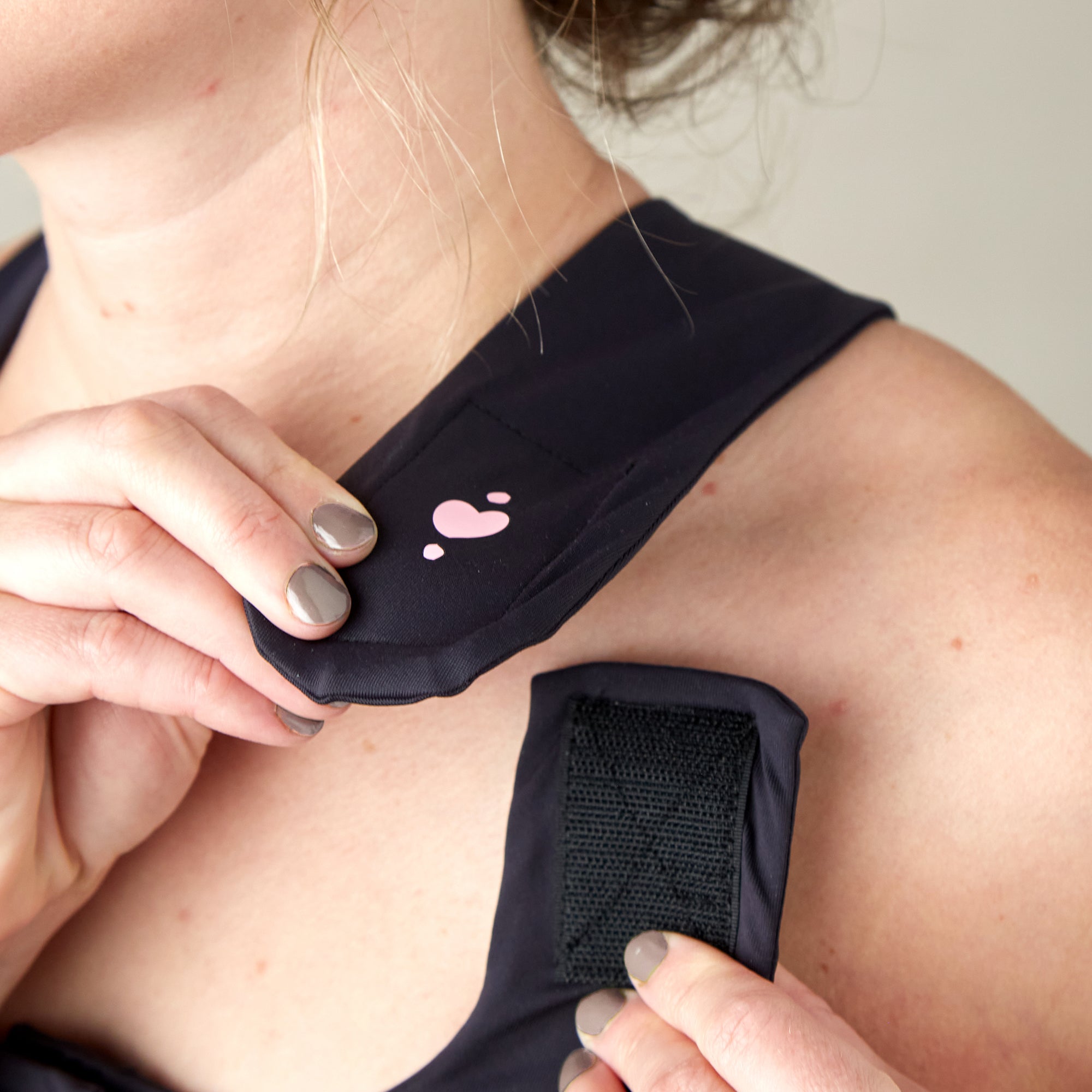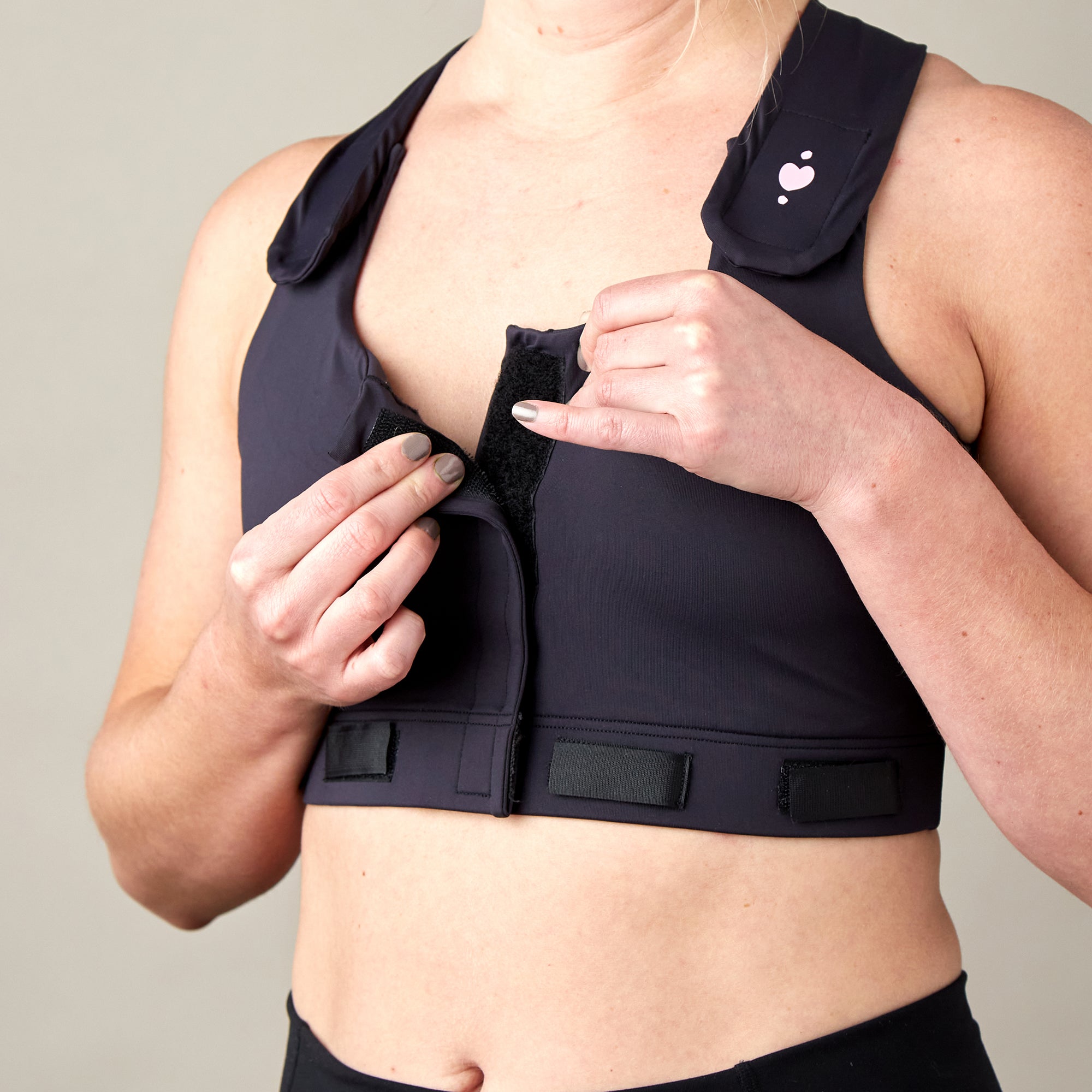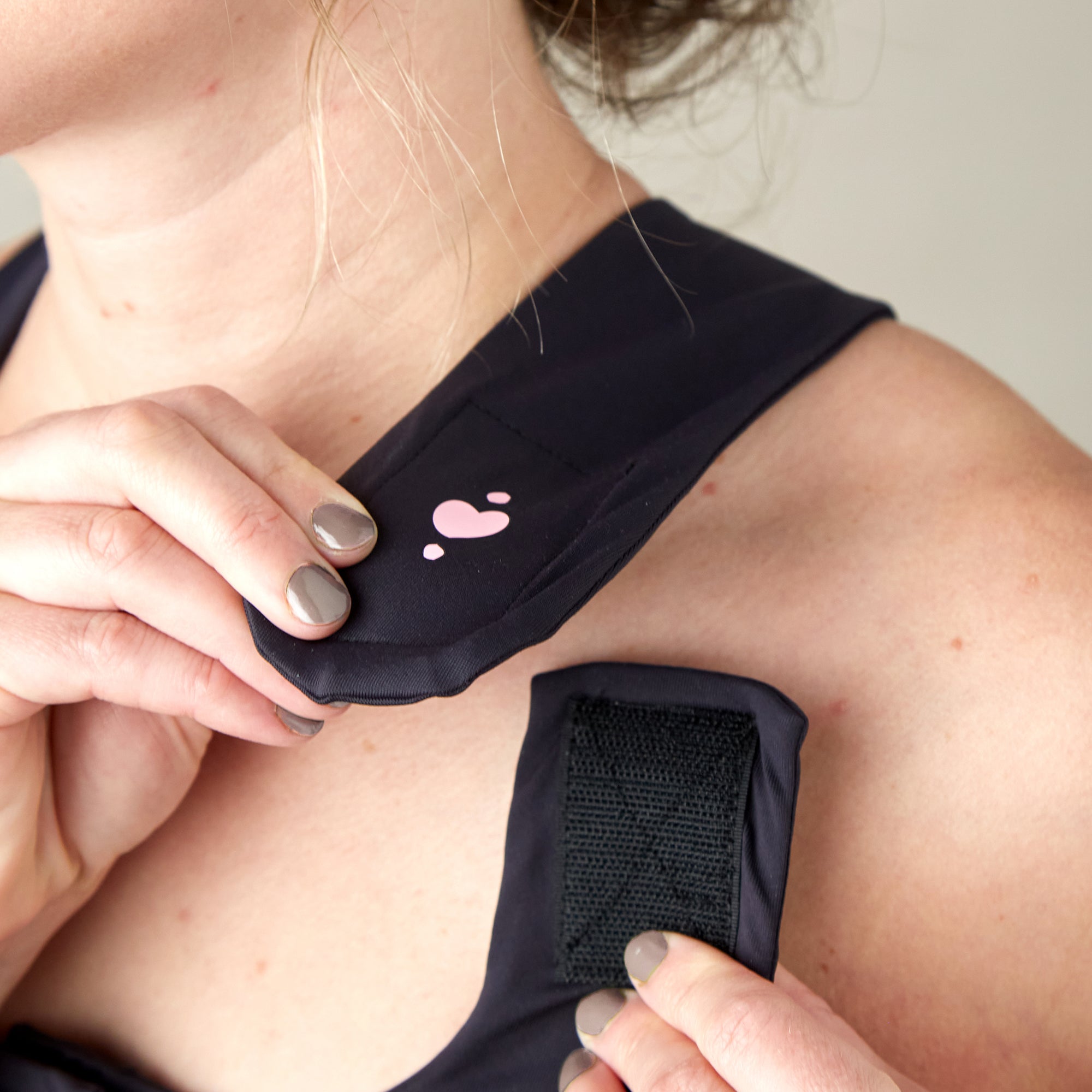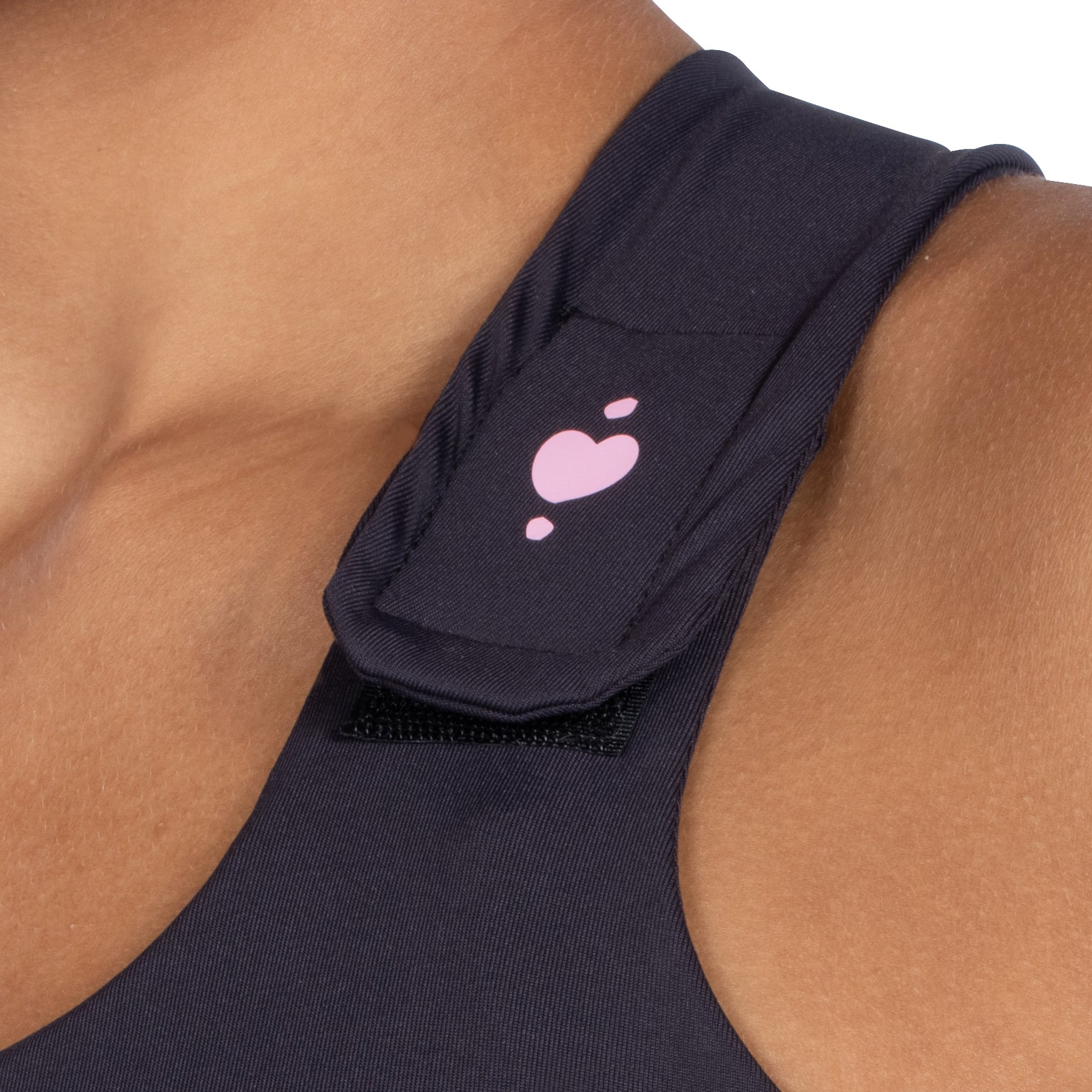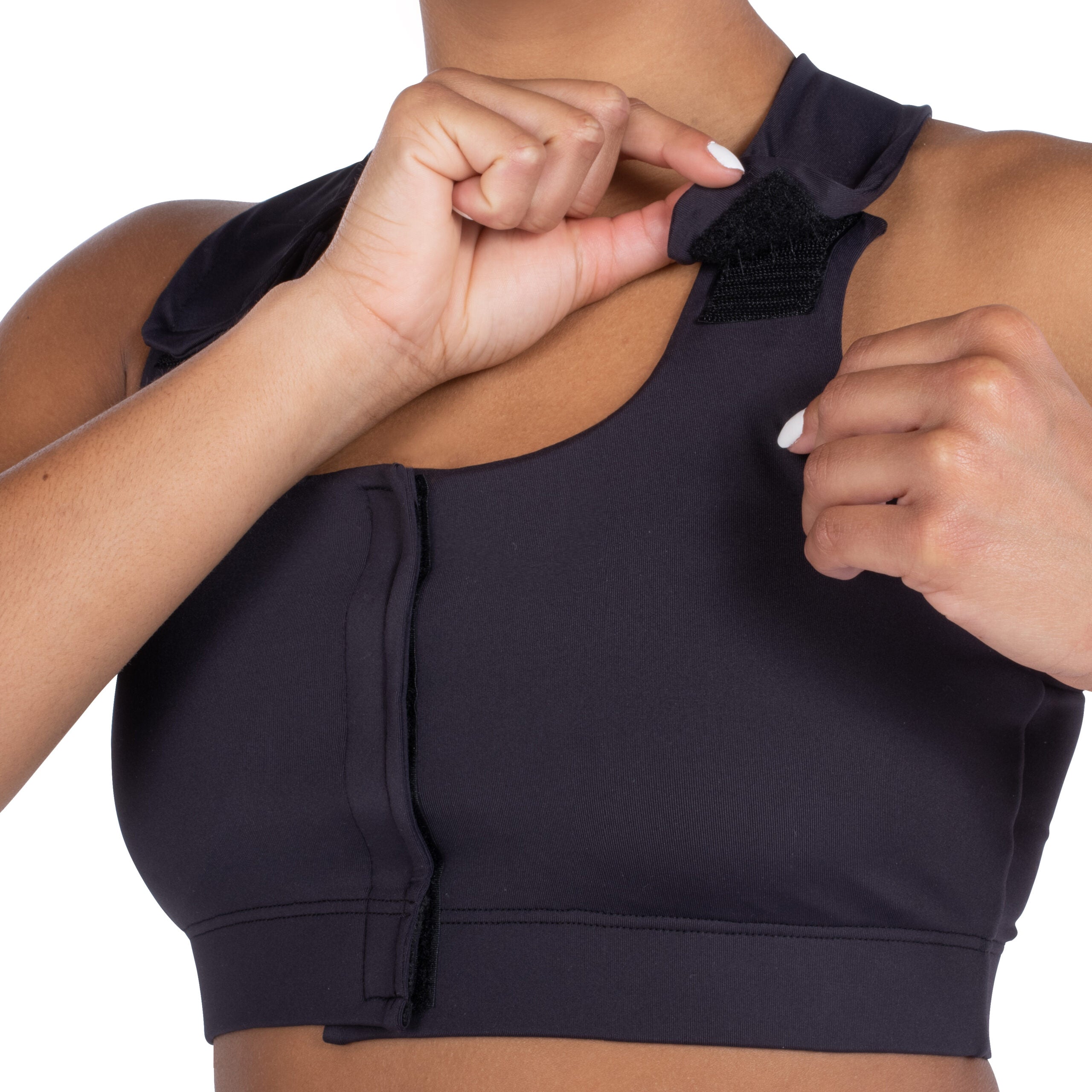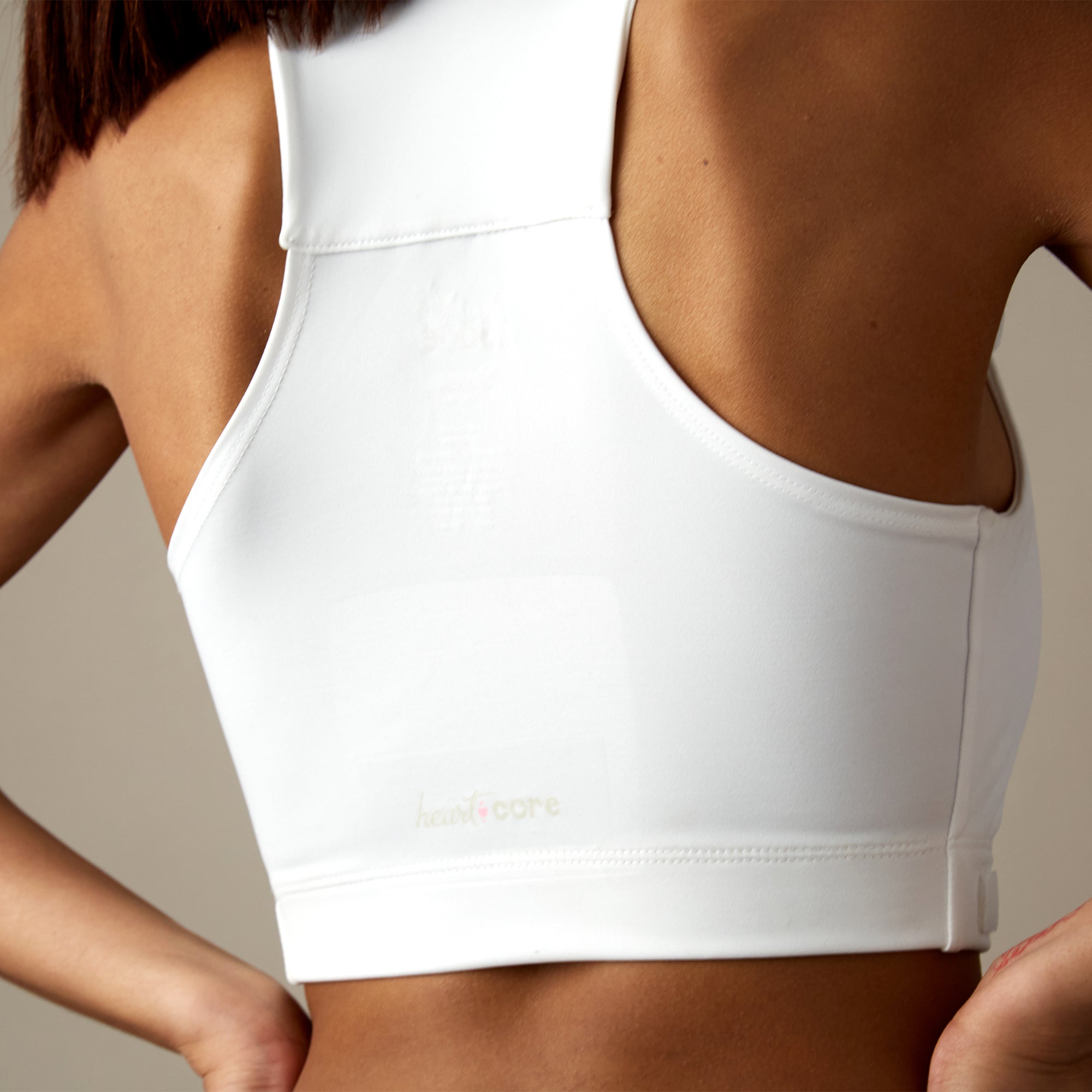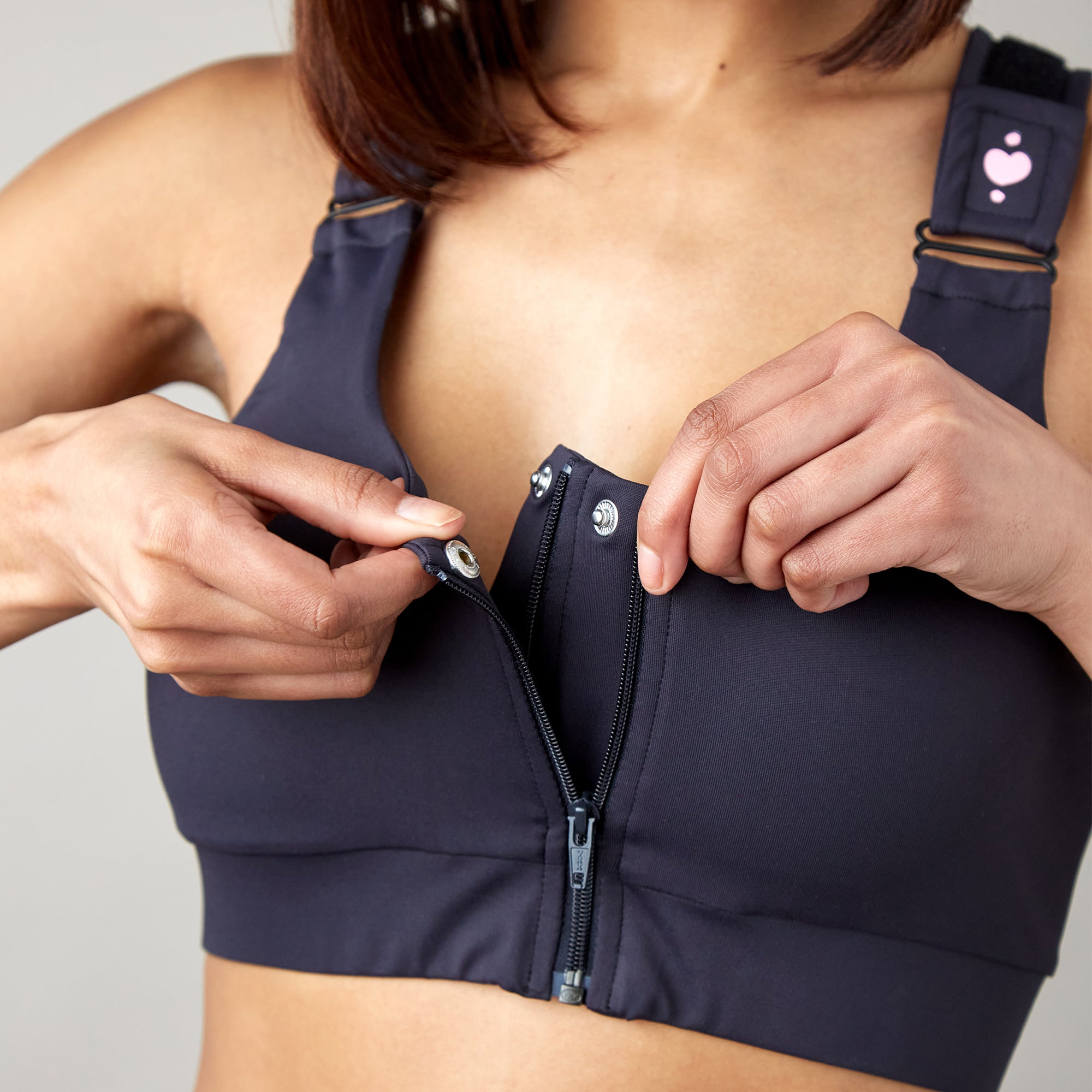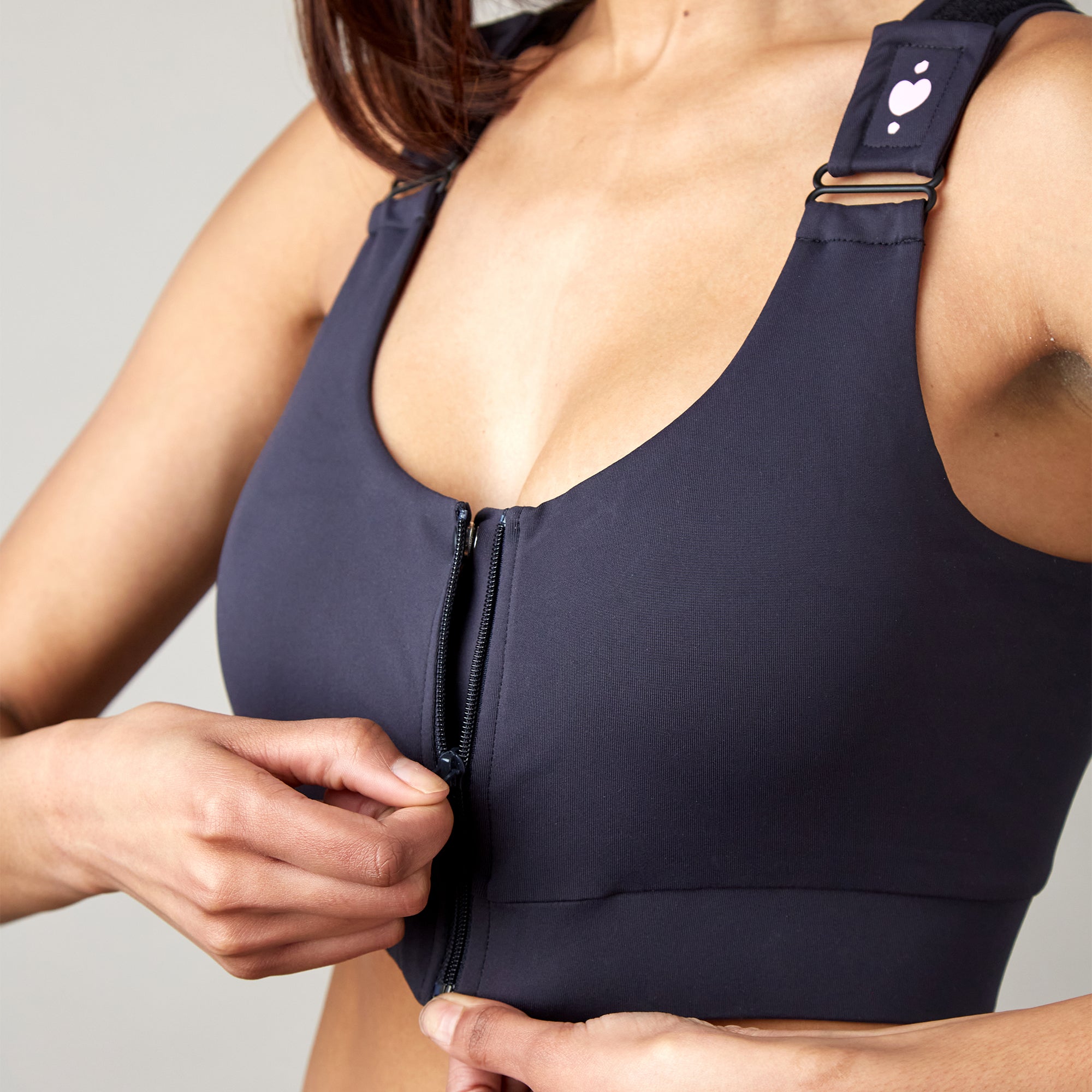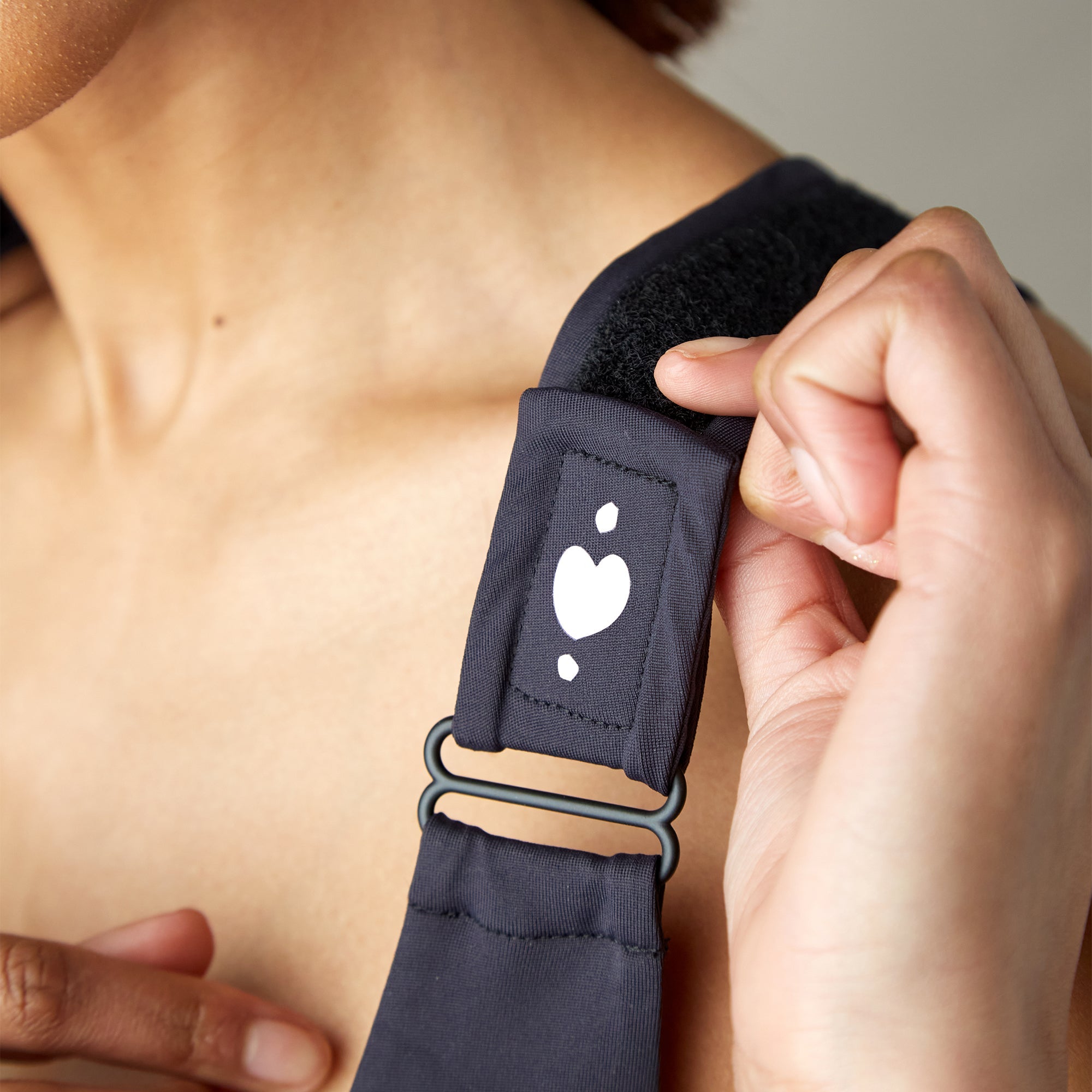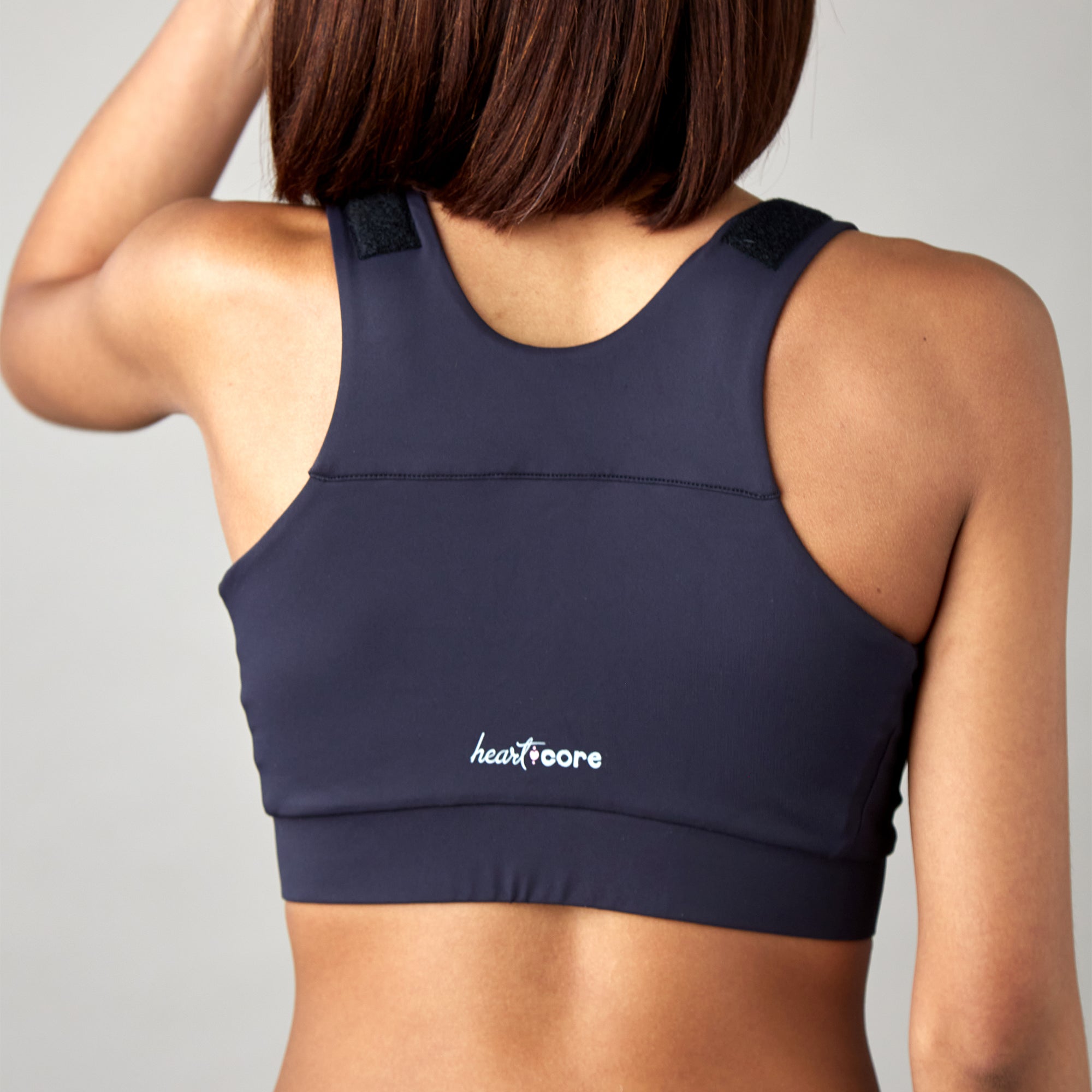If you're reading this with an epidural steroid injection scheduled in your near future, you've found exactly the right place at exactly the right time. You're already thinking ahead about your recovery—and that proactive mindset is going to make a significant difference in your treatment outcomes.
Here's what most patients don't realize until it's too late: the sleep positioning choices you make during the first 2-3 weeks after your injection can literally determine whether this procedure provides the months or years of relief you're hoping for, or becomes just another treatment that didn't quite work as expected.
Welcome to pre-procedure planning that actually matters. Your usual sleep positions—the ones you've perfected over decades—are about to become counterproductive to your recovery. The good news? Understanding this before your injection gives you time to prepare the positioning strategies and equipment that will give your treatment the best possible chance of success.
Here's what makes epidural injection recovery different from everything else: This isn't just about protecting a healing wound or managing temporary discomfort. Your spine will have very specific requirements about how you should spend the next eight hours each night, and meeting those requirements directly influences whether your expensive medical procedure delivers lasting results.
The bottom line: Your epidural steroid injection will be actively working to reduce inflammation around compressed nerves. Every night you sleep in positions that recreate compression or stress those same areas, you're potentially undoing the very benefits you're investing in. Get the positioning right from day one, and you're giving that medication the best possible environment to work its magic.

Why Elevated Back Sleeping Just Became Your New Best Friend
After an epidural steroid injection, elevated back sleeping transforms from "just another position" to your secret weapon for treatment success. This isn't about finding what's most immediately comfortable—it's about creating the precise conditions that let your injection do what it's supposed to do.
Think of it this way: you wouldn't take expensive medication and then immediately do things that counteract its effects. The same logic applies to your sleep positioning after injection.
The Physics of Recovery: Working With Gravity Instead of Against It
When you sleep with your upper body elevated at 20-30 degrees, you're basically recruiting the most reliable force in the universe—gravity—to work for your recovery instead of against it.
The pressure relief equation: Elevation reduces downward pressure on your spine by 40-60% compared to flat positioning. That's not just a comfort improvement—that's creating a fundamentally different environment around the nerve roots your injection was designed to treat. Less pressure means your medication can work in the optimal conditions it needs.
Medication distribution made simple: Picture trying to evenly coat the inside of a tilted tray with liquid—the gentle incline helps everything reach where it needs to go. That's essentially what elevation does for your steroid medication, helping it disperse throughout the epidural space around your targeted nerves instead of pooling in one area.
Your lymphatic system's big moment: Elevated positioning gives your lymphatic system the gravitational assist it needs to drain inflammatory waste products away from treated areas. Think of it as creating a gentle downhill slope for all the inflammatory debris your injection is clearing out.
The Circulation and Decompression Power Duo
The elevated position creates better blood flow pathways to your spinal tissues, ensuring your healing areas get the oxygen and nutrients they need to support your injection's work. It's like upgrading from standard delivery to express shipping for your body's healing supplies.
Better circulation doesn't just deliver good stuff—it removes the bad stuff faster. Inflammatory metabolites and cellular waste products that can interfere with healing get cleared away more efficiently, keeping your healing environment clean.
That 20-30 degree elevation maintains ideal spacing between vertebrae, essentially keeping the door open for your medication to continue working. Flat positioning can compress these spaces, potentially squeezing out the benefits your treatment created. Your spine has natural curves for good reasons, and proper elevation maintains these anatomical relationships that support healthy nerve function.
Sleep Quality Enhancement: The Hidden Recovery Multiplier
Here's something most patients don't expect: elevated back sleeping often dramatically improves overall sleep quality during recovery, creating a positive feedback loop that accelerates healing.
Deep sleep access: When you're properly positioned and comfortable, you spend more time in the deep sleep phases where your body releases growth hormone and performs most tissue repair work. Poor positioning fragments sleep, preventing access to these crucial healing phases.
Reduced wake-ups: Patients using proper elevation typically report 60-80% fewer middle-of-night position changes, allowing for longer periods of uninterrupted restorative sleep.
Morning assessment advantage: Many patients report significantly reduced morning stiffness when sleeping elevated, suggesting better overnight tissue healing and reduced inflammatory buildup during sleep hours.
SHOP THE BEST PILLOW FOR EPIDURAL STEROID INJECTION
The Science Your Doctor Knows (But Might Not Have Explained)
Understanding what's happening inside your epidural space helps explain why positioning matters so much for injection success.
Your Epidural Space Is Not Static
Here's something many patients don't realize: your epidural space changes dimensions and pressure based on how you position yourself. It's not just a fixed cavity where medication sits—it's a dynamic environment that responds to your body mechanics.
Pressure gradient optimization: Elevated positioning creates favorable pressure conditions that help medication distribute effectively while reducing the compression forces that could limit treatment results. It's like creating the ideal weather conditions for your medication to work in.
Cerebrospinal fluid flow enhancement: The elevated angle improves how cerebrospinal fluid circulates, which helps transport nutrients to healing tissues while carrying away inflammatory waste products. Think of it as improving the plumbing that supports your spinal health.
Dynamic space management: Research shows that epidural space volume can change by up to 30% based on positioning. Elevated back sleeping maintains optimal space dimensions, while certain positions can compress these areas significantly.
The Anti-Inflammatory Multiplication Effect
Here's where elevated back sleeping gets really interesting: it doesn't just avoid interfering with your injection—it actively amplifies the anti-inflammatory effects you paid for.
Breaking the inflammation cycle: By reducing mechanical stress on treated areas, elevated positioning helps interrupt the cycle of inflammation that contributes to ongoing nerve pain. You're not just protecting your investment—you're enhancing it.
Enhanced steroid uptake: Optimal positioning appears to improve how efficiently your nerve tissues can absorb and utilize the injected steroid medication. It's like creating better reception conditions for a signal your body needs to receive.
Secondary inflammation prevention: Elevated positioning prevents the new inflammatory responses that can develop when healing tissues get stressed by poor positioning during recovery.
The Neurological Healing Environment
Your nervous system has specific requirements for optimal healing that positioning directly influences. Nerve tissue is particularly sensitive to mechanical stress during the recovery period when inflammation is resolving.
Optimal nerve root positioning: Proper elevation allows treated nerve roots to maintain their natural anatomical relationships without compression or traction stress that could interfere with healing processes.
Reduced nerve irritation: Positions that compress or stretch healing nerve tissue can trigger protective responses that work against your injection's anti-inflammatory effects.
Enhanced nerve conduction: As inflammation resolves, proper positioning supports the restoration of normal nerve conduction patterns that improve both pain relief and functional recovery.
The Household Pillow Reality Check
Let's address the elephant in the room: most people's first instinct is to try creating elevation using the pillows they already have around the house. While this seems logical, there are some physics problems that make this approach frustrating for most people.
Why Your Current Pillows Are Working Against You
The compression countdown: Regular household pillows lose 40-60% of their height within the first few hours under body weight. You might start the night with what feels like perfect 25-degree elevation, but wake up closer to 12 degrees—well below the therapeutic range that supports injection success.
The shifting shuffle: Individual pillows have their own agenda during sleep, moving independently and creating gaps exactly where you need support. Instead of maintaining the stable platform your recovery requires, you end up with a constantly changing landscape of lumps and valleys.
The midnight maintenance routine: Most patients using household pillows report spending significant time each night trying to recreate therapeutic positioning, then waking up multiple times to readjust when everything shifts. This turns what should be restorative sleep into an exhausting pillow management project.
The cost creep: While individual pillows seem budget-friendly, most patients end up buying multiple rounds of different options, spending $150-250 trying to find combinations that actually work reliably.

The Sleep Again Pillow System: Supporting Better Sleep After an Epidural Steroid Injection
The Sleep Again Pillow System is the only full-body pillow system designed specifically for post-surgery support, and it shows in every aspect of how it handles epidural injection recovery challenges.
Every Sleep Again Pillow System includes:
-
Two Contoured Side Pillows to cradle the back and hips
-
Upper Body Wedge to create optimal upper body incline
-
Leg Support Wedge to gently elevate legs
-
Head Pillow to provide head support and neck mobility
-
Removable, washable slipcovers for every piece
Why Sleep Again Pillows Actually Work When Everything Else Doesn't
Angle precision that stays put: The Upper Body Wedge creates and maintains exact 20-30 degree elevation throughout entire sleep periods. This isn't just initial positioning—it's consistent therapeutic angles that support your injection's effectiveness hour after hour.
Compression resistance that matters: Sleep Again Pillows use materials specifically selected to resist compression under body weight. While regular pillows are slowly deflating under your weight, the Sleep Again Pillow System maintains the elevation your recovery depends on.
Integration instead of improvisation: Every component works with the others to create stable, predictable positioning. Instead of fighting to make random pillows cooperate, you get a system where everything works together by design.
Time efficiency that actually matters: Once you're familiar with the setup, you're looking at 3-5 minutes of positioning time versus the 15-20 minutes most people spend trying to arrange household pillows into something therapeutic.
The Complete System Advantage
The Sleep Again Pillow System addresses epidural injection recovery through integrated engineering rather than hoping individual components will work together effectively.
Comprehensive spinal support: The Contoured Side Pillows work in conjunction with the Upper Body Wedge to provide full-torso support that maintains natural spinal alignment during elevation. This prevents the compensation patterns that can develop when only partial support is available.
Adaptable positioning: As your recovery progresses and comfort tolerance changes, the modular design allows you to adjust individual components rather than rebuilding entire pillow arrangements or purchasing new products.
Professional durability: Each component maintains its therapeutic properties throughout extended recovery periods and beyond, providing consistent support when you need it most rather than degrading performance over time.
SHOP THE BEST PILLOW FOR EPIDURAL STEROID INJECTION
Epidural Steroid Injection Recovery Timeline: What to Expect When
Understanding the phases of injection recovery helps you make informed positioning decisions and adjust your approach as healing progresses.
Days 1-3: The Foundation Phase
Your positioning priority: Elevated back sleeping at 25-30 degrees becomes non-negotiable during this period. This is when your medication is establishing its initial distribution pattern, and positioning quality can significantly influence how effectively this happens.
What's happening internally: Steroid medication is dispersing throughout epidural space around targeted nerves, beginning the anti-inflammatory process that will determine your treatment success. Your positioning creates the environmental conditions this process needs.
Sleep expectations: Don't expect perfect sleep during this phase. Your body is adjusting to both the injection effects and new positioning requirements. Focus on maintaining therapeutic positioning rather than achieving ideal comfort immediately.
Success indicators: Reduced tenderness at injection sites, no increase in your original symptoms, and ability to maintain elevated positioning comfortably for 6-8 hour periods.
Days 4-7: The Integration Phase
Your positioning evolution: Continue elevated back sleeping as your primary position, but you may find you can reduce to 20-25 degrees as acute sensitivity decreases. Brief side sleeping trials (15-30 minutes) with comprehensive support become possible.
What's happening internally: Anti-inflammatory effects are reaching peak effectiveness. Your body is integrating the changes your injection created, and consistent positioning helps maintain optimal conditions for this integration.
Sleep quality improvements: Most patients notice significant sleep quality improvements during this phase as positioning becomes more natural and injection benefits become apparent.
Success indicators: Beginning symptom improvement, increased tolerance for position variations, and reduced morning stiffness compared to pre-injection levels.
Days 8-14: The Optimization Phase
Your positioning flexibility: Maintain elevated back sleeping at 15-20 degrees for continued therapeutic benefit, with gradually increased time in alternative positions as comfort allows.
What's happening internally: Your injection results are stabilizing into longer-term benefits. Positioning continues supporting circulation and decompression, but your body is less vulnerable to positioning disruptions.
Sleep pattern normalization: Many patients find their sleep patterns returning to more normal rhythms during this phase, with fewer wake-ups and better overall sleep efficiency.
Success indicators: Sustained improvement in original symptoms, comfortable adaptation to therapeutic positioning, and increased confidence in your recovery trajectory.
Beyond 14 Days: The Long-Term Perspective
Many patients discover that the elevated sleeping they adopted for injection recovery provides ongoing benefits that make it worth continuing permanently. What starts as a medical necessity often becomes a preferred positioning for long-term spinal health.
Continued benefits assessment: Evaluate how elevated positioning affects your overall sleep quality, morning stiffness, and daily comfort levels. Many patients find permanent improvements that justify continuing the positioning long-term.
Gradual adjustment options: If you choose to transition back to flat sleeping, do so gradually over several weeks to allow your body to readjust without triggering return of symptoms.
Troubleshooting Epidural Steroid Injection Recovery Challenges
"My injection site feels worse when I wake up."
This frustrating experience usually indicates that your current positioning is creating mechanical stress that works against your medication's benefits instead of supporting them. Return to strict elevated back sleeping at higher angles (25-30 degrees) for 3-5 additional days. Evaluate whether your current pillow system provides stable, consistent support or whether compression and shifting might be creating problems.
"I can't seem to get comfortable in any position."
This common paradox often occurs because positions that felt normal before your injection now feel different as nerve sensitivity changes during the healing process. Give elevated positioning 3-4 nights to feel natural before making major changes. Your nervous system is recalibrating as inflammation reduces, and previous comfort patterns may no longer apply.
"My pain seems worse at night despite the injection."
Nighttime pain increases during injection recovery often signal that positioning is interfering with treatment effectiveness rather than supporting optimal healing conditions. Return to maximum therapeutic elevation (25-30 degrees) for one full week while eliminating any positions that create spinal compression or asymmetry.
"My partner's sleep is suffering because of my recovery setup."
Recovery positioning requirements naturally affect bed space and can create relationship stress during an already challenging period. Open communication about the temporary nature of recovery positioning helps partners understand that current arrangements support long-term improvement for both of you. Consider that investing in professional positioning equipment often uses bed space more efficiently than improvised arrangements.

Frequently Asked Questions: Real Answers for Real Concerns
Q: Why is elevated back sleeping specifically recommended after epidural injection instead of other positions?
A: Elevated back sleeping provides the optimal combination of epidural space geometry for medication distribution, gravity-assisted pressure relief, and bilateral nerve decompression. It's the only position that supports all the physiological processes your injection needs to work effectively.
Q: How do I know if I'm using the correct elevation angle for my recovery?
A: The 20-30 degree range provides maximum therapeutic benefit while remaining sustainable for 8-hour sleep periods. Start at the higher end (25-30 degrees) immediately after injection, then gradually reduce to 15-20 degrees as healing progresses and comfort improves.
Q: How long should I realistically expect to maintain elevated back sleeping?
A: Most patients benefit from elevated positioning for 10-14 days minimum, though many choose to continue longer when they discover the ongoing spinal health and sleep quality benefits. The positioning often becomes a permanent positive change rather than just a recovery requirement.
Q: Can proper sleep positioning actually make my injection results better than they would be otherwise?
A: Absolutely. Proper elevation maintains optimal conditions for medication effectiveness while providing pressure relief and circulation enhancement that can significantly amplify treatment benefits. Good positioning can help marginal injections succeed and excellent injections provide maximum benefit.
Q: What makes the Sleep Again Pillow System different from just buying several regular pillows and arranging them myself?
A: The Sleep Again Pillow System maintains consistent therapeutic angles throughout the night using compression-resistant materials, while regular pillows typically lose 40-60% of their elevation within hours. The integrated design prevents the shifting and gap formation that compromises DIY arrangements just when you need support most.
Q: Will I be able to adapt to elevated sleeping if I've always been a side or stomach sleeper?
A: Most patients adapt to elevated sleeping within 2-3 nights, especially when using proper support systems that make the position genuinely comfortable. The Sleep Again Pillow System's integrated design makes this transition smoother than trying to create elevation with standard household pillows.
Q: How does sleeping elevated in bed compare to just using a recliner chair during recovery?
A: While recliners provide elevation, they lack the comprehensive spinal support, pressure point relief, and positioning flexibility that proper bed-based systems offer. Most patients achieve better sleep quality and more complete rest in bed with appropriate positioning equipment.
Q: Should I plan to continue elevated sleeping after my doctor clears me for normal activities?
A: Many patients choose to continue elevated sleeping because of the ongoing spinal health benefits, improved circulation, and better overall sleep quality it provides. What begins as a medical necessity often becomes a preferred long-term positioning choice.
Q: What if my injection doesn't seem to be working as well as expected despite following all the positioning recommendations?
A: While proper positioning optimizes conditions for injection success, individual treatment responses vary based on many factors. Maintain optimal positioning as recommended and discuss your progress with your healthcare provider, who can assess whether additional interventions might be helpful.
Q: Is the Sleep Again Pillow System covered by insurance or HSA/FSA accounts?
A: Many patients successfully use HSA/FSA funds for the Sleep Again Pillow System. Check with your plan administrator about coverage for medically necessary positioning equipment.
Your Path to Injection Success
Your epidural steroid injection represents a significant investment in reclaiming your quality of life from chronic pain. The positioning choices you make during the critical first two weeks of recovery can determine whether that investment delivers the months or years of relief you're hoping for.
The strategic approach that gives you the best chance of success includes committing to elevated back sleeping as your primary position throughout the critical recovery period, using positioning equipment that maintains therapeutic angles consistently rather than hoping improvised solutions will work reliably, and monitoring how your positioning choices correlate with symptom improvement and overall recovery progress.
The benefits of proper positioning often extend far beyond your immediate recovery period. Many patients discover that the sleep positioning strategies they learn during injection recovery become permanent improvements that support long-term spinal health and overall sleep quality.
Your pain relief, sleep quality, and long-term spinal health all depend on making the right choice for your recovery. The investment you make in proper positioning during these critical weeks often determines whether you look back on your injection as the treatment that finally gave you your life back, or just another attempt that didn't quite deliver the results you needed.
Medical Disclaimer
This information is provided for educational purposes only and should not replace professional medical advice. Epidural steroid injection procedures vary significantly based on injection approach, medication type, treated spinal level, and individual medical circumstances.
Always follow your healthcare provider's specific post-procedure instructions regarding positioning, activity restrictions, and recovery protocols. These medical guidelines take precedence over any general positioning advice provided here.
Contact your healthcare provider immediately if you experience severe headache, fever, significant weakness, changes in bowel or bladder function, or any symptoms that worsen dramatically rather than improve during your recovery period.


